Great Basin
Scroll down to study the most common birds in your survey region by sight and sound.
Surveys in the Great Basin region include:
Promontory, Salt Springs, Notch Peak, Goshen, Stock Res, Lynn, Johnson Canyon, Gold Hill, Fairfield, Fish Springs, Delta, Wah Wah, Beryl, Bear River, Vernon, Callao, Peplin Mountain, Goose Creek Mountain, Snowville, Grantsville, Jericho Junction, Pine Creek, Oak City, Grouse Creek, Leamington, Indian Peak, Hardware Ranch, Clive, Gandy, Tule Valley, & Newcastle.
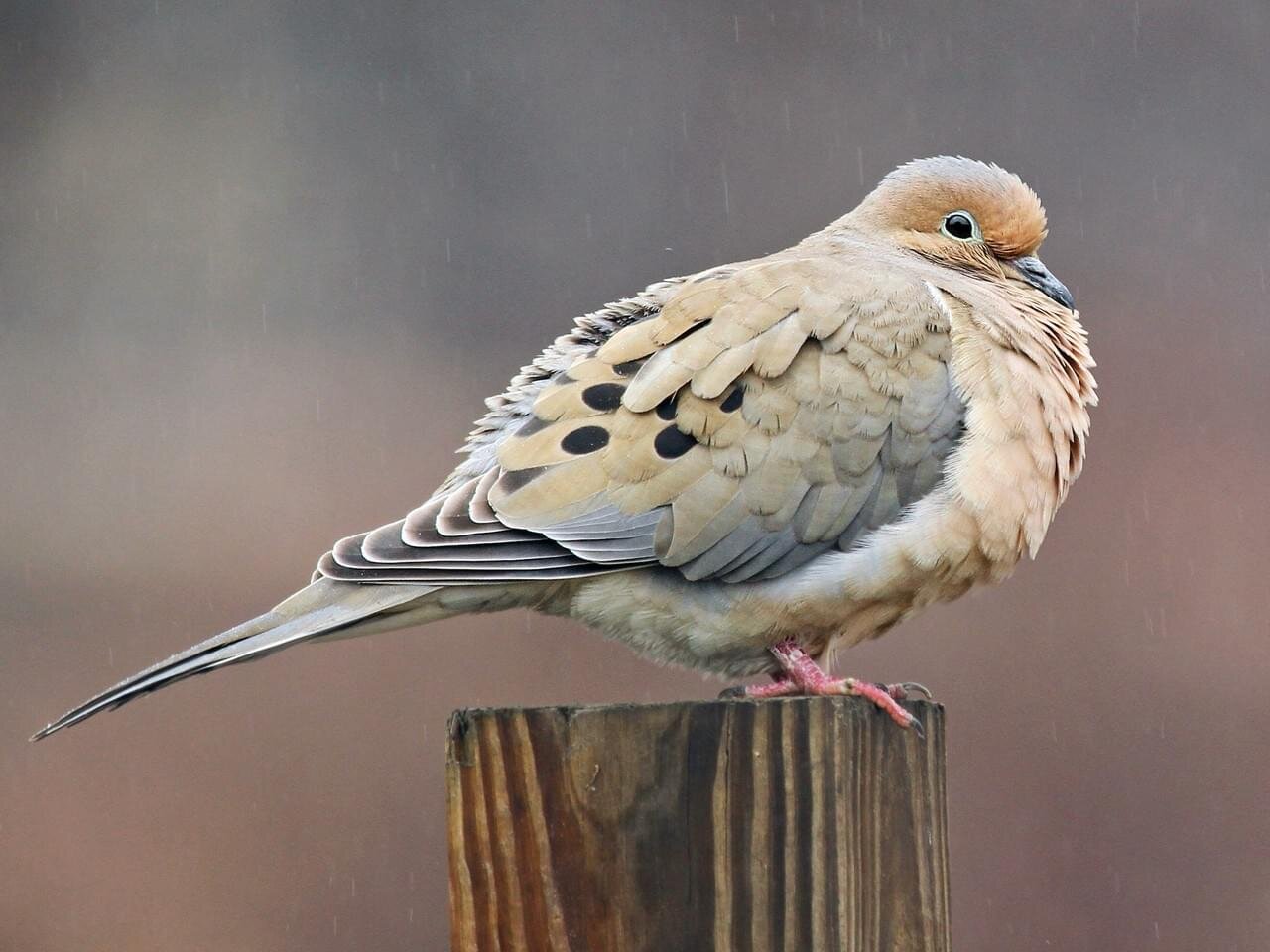
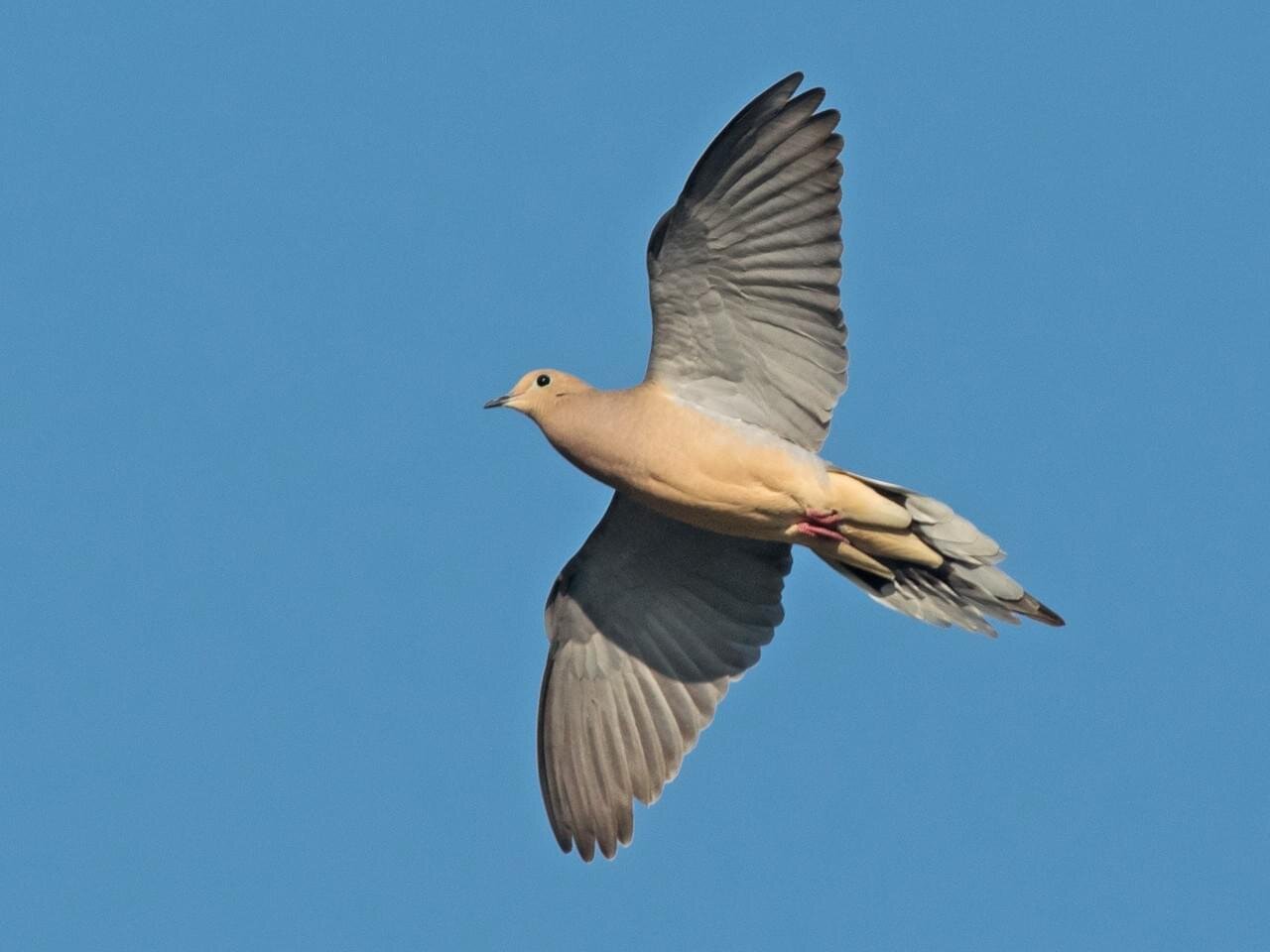
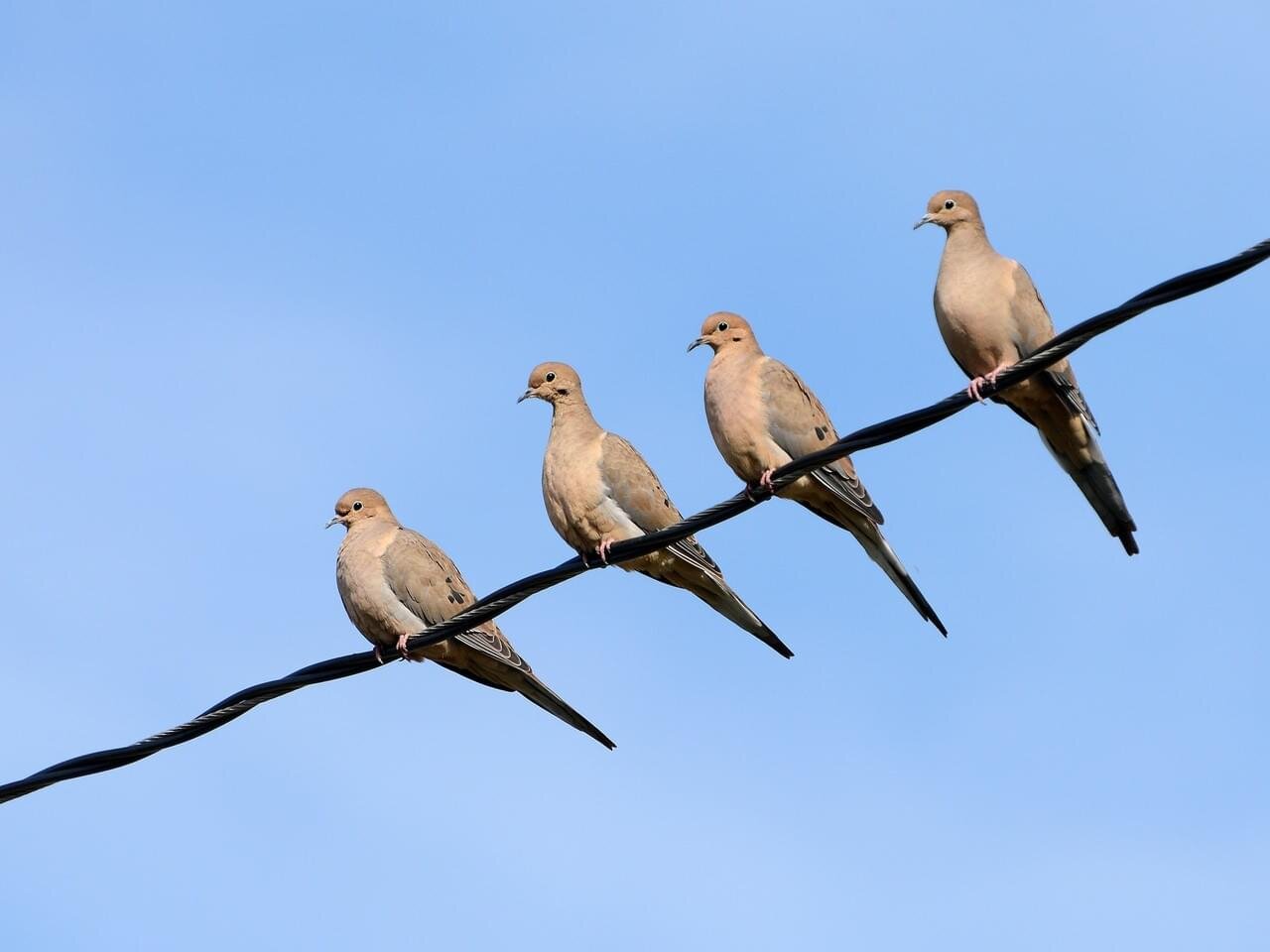
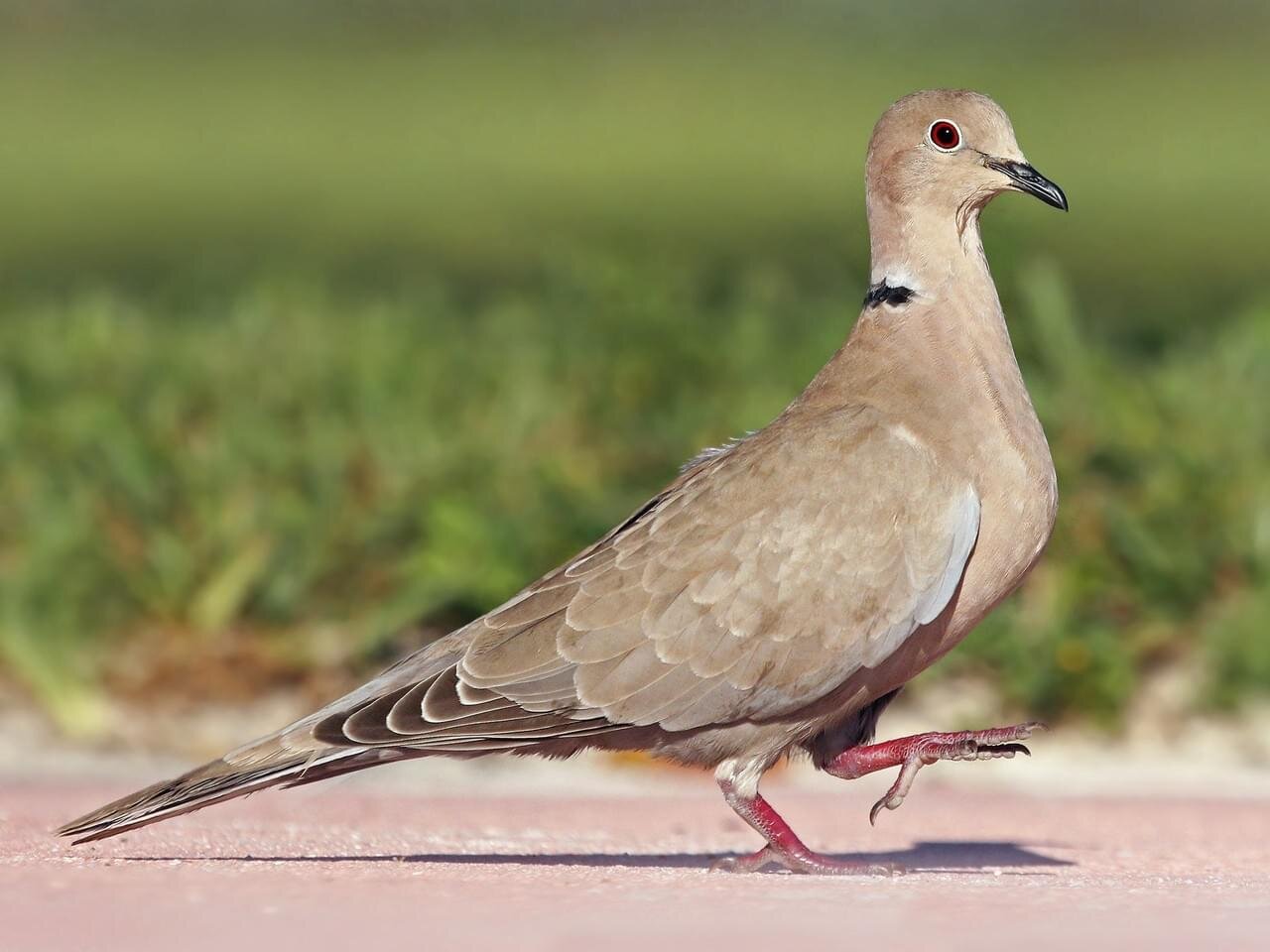
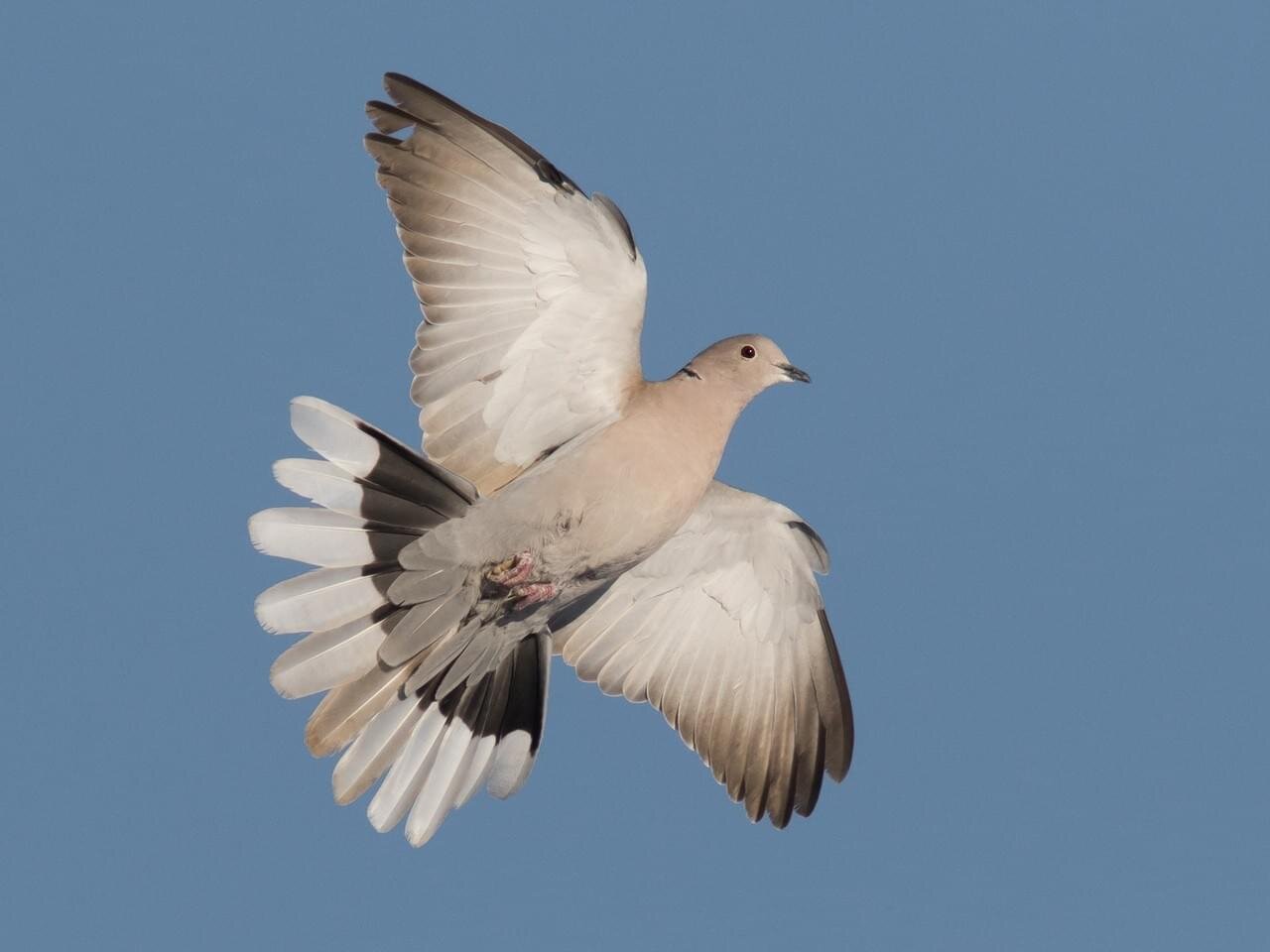
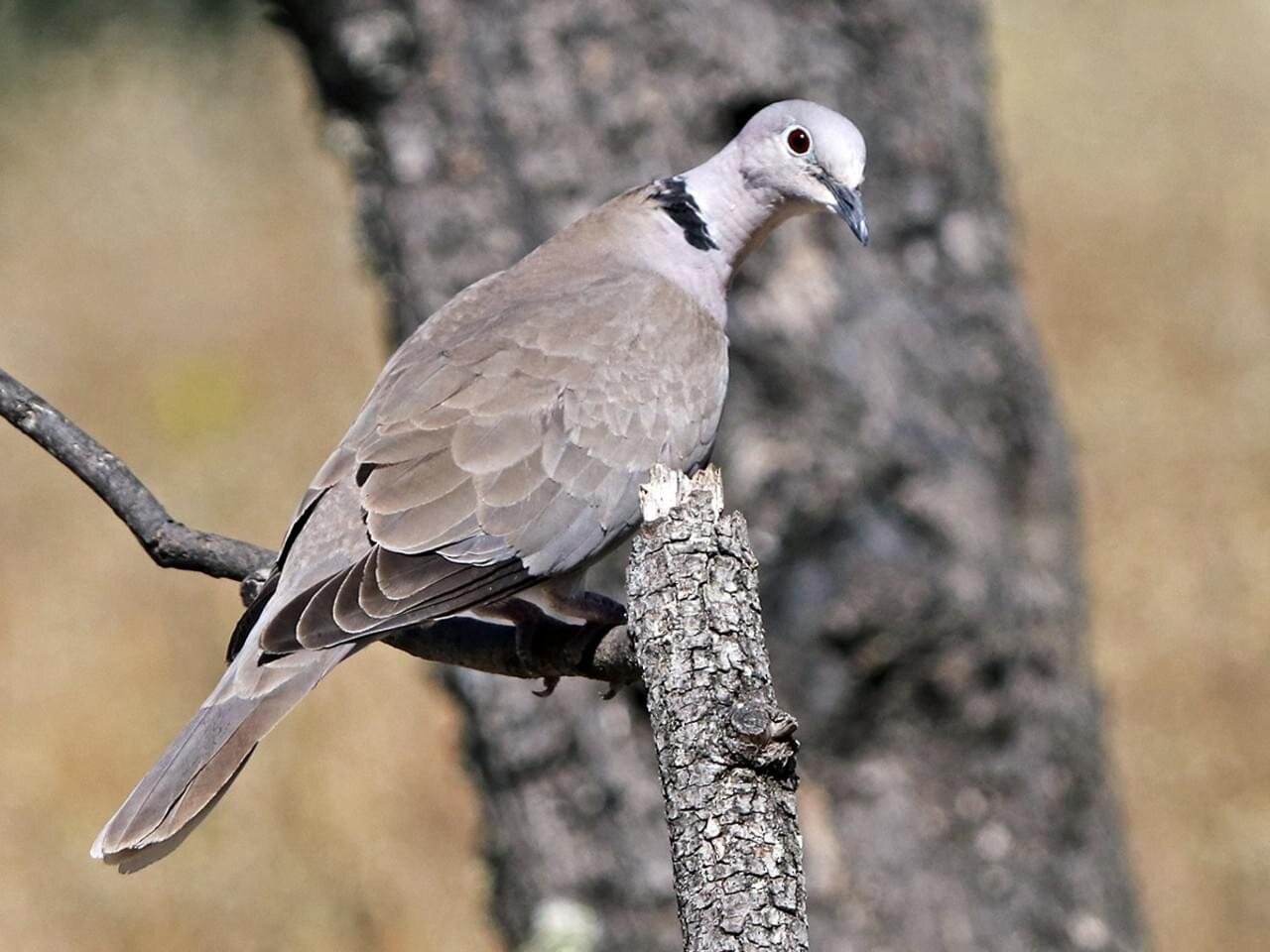
Eurasian collared-Dove
Bird Code: EUCD
Identify this bird by…
Large bird with square tail
The black “collar” around the back of its neck
Tell it apart by…
Larger and heavier than the Mourning Dove
Lacks spotting on side of body, instead this bird is overall a paler overall grey
Squared tail (rather than pointed/tapered)
Listen for…
A rhythmic, repeated, three-syllable hooting: “coo-COO-coo!” With three syllables (instead of five) and an emphasized middle note, the song is rhythmically different from the mourning dove. Also: a very harsh and nasal sound during flights.
Resources:
Mourning Dove
Bird Code: MODO
Identify this bird by…
Plump body, small head and bill, long-tail
Wings make an airy whinny, or whistle as they take off
Tell it apart by…
Darker and smaller than Eurasian-collared Dove
Tail is long and pointed (or tapered) in flight
Black spots on lower wings and rump
Dark smudge or dot on cheek
Listen for…
A mournful and slow hooting, five-syllable hooting: “oo-AAHH-hoo-hoo-hoo.” Listen also to the light, airy whistle of the wings when they fly.
Resources:
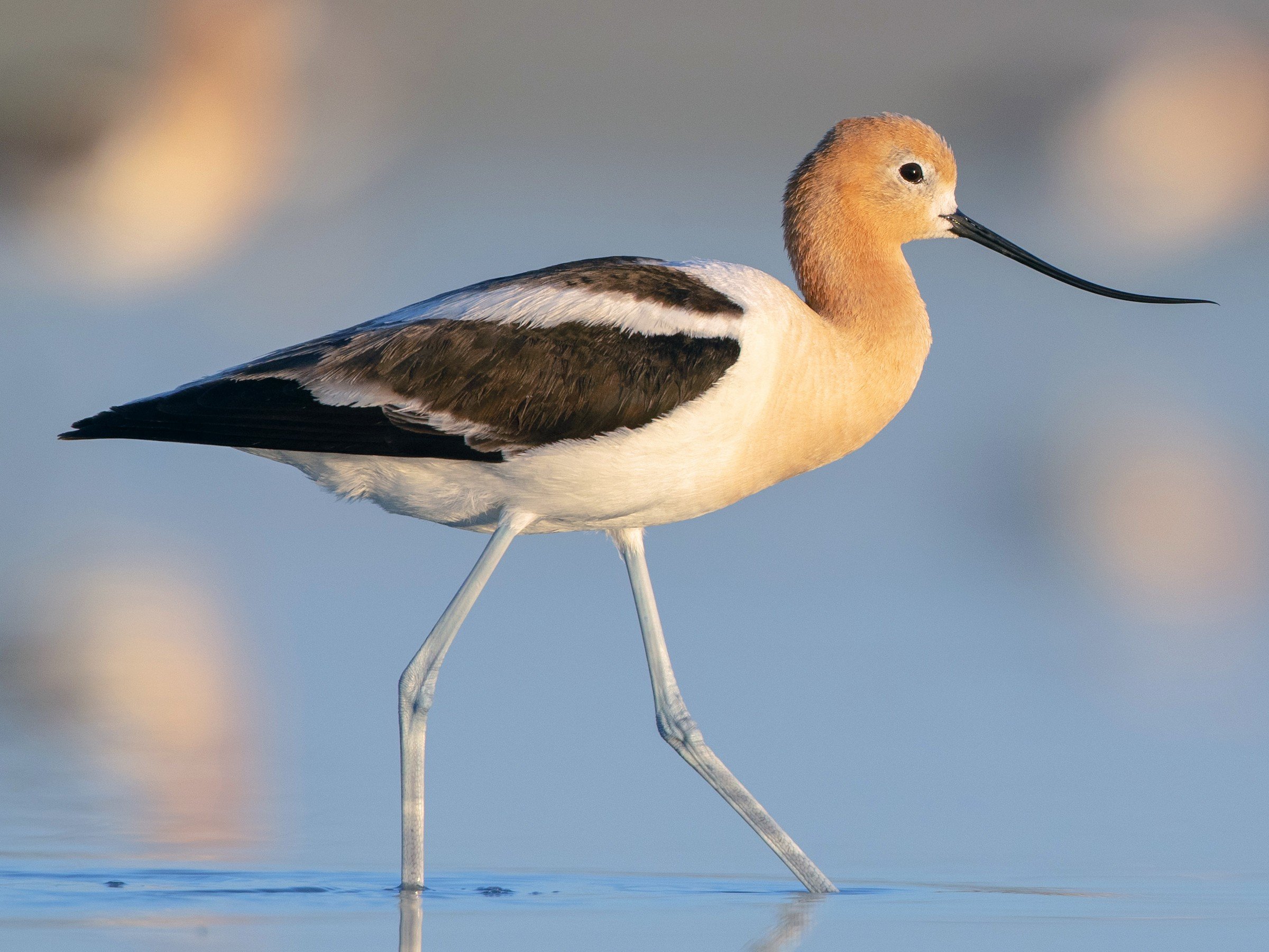

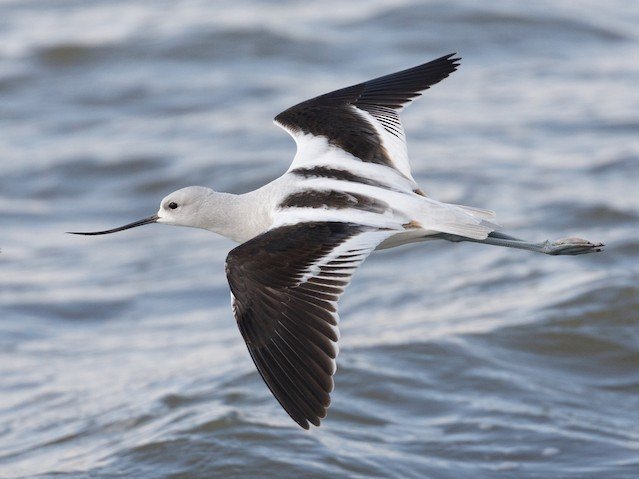





American Avocet
Bird Code: AMAV
Identify this bird by…
Its oval body sits atop long legs
Large, slender shorebird with a long, upturned bill, a long neck, and a round head
Tell it apart by…
Rusty head and neck that turns grayish white after breeding
A black patch on the back and black-and-white wings mark its largely white body
The legs are bluish gray
Listen for…
Call: Generally silent, but a repeated, high-pitched kleet
Resources:
American Goldfinch
Bird Code: AGOL
Identify this bird by…
Short, cone-like bill and short, notched tail
Yellow body, black (or grey) cap on forehead
Tell it apart by…
Larger size compared to Lesser Goldfinch
White undertail
Listen for…
Call: 4-5 sweet notes is sometimes thought of as “potato chip” or “per-chick-o-ree.”
Song: long series of twitters and warbles. Listen closely for the “per-chick-o-ree”
Resources:





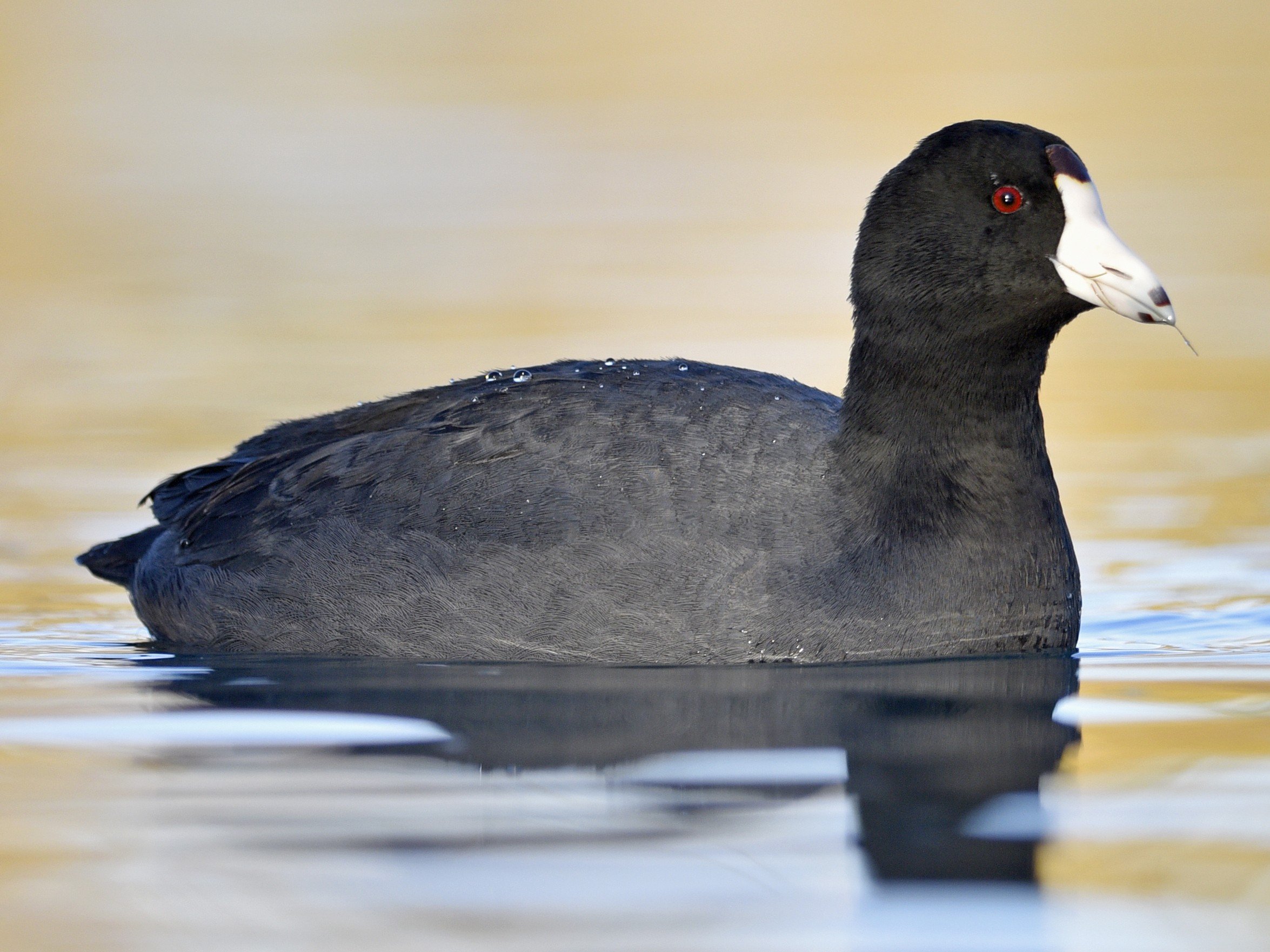
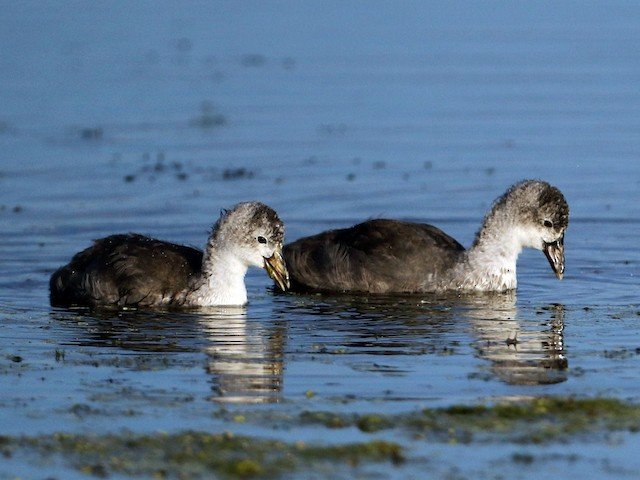
American Coot
Bird Code: AMCO
Identify this bird by…
A strange member of the Rail family that acts like a duck: a plump bird with a relatively thick neck, rounded head, and sloping bill
Adults are dark gray/black with a white bill. Juveniles are dull gray-brown.
They often bob their head while swimming.
Listen for…
Call: a variety of grunting and croaking noises. They commonly give a short single note “krrp” or “prik” call
Resources:
Northern Flicker
Bird Code: NOFL
Identify this bird by…
Undersides of the wing and tail feathers are bright yellow, for eastern birds (yellow-shafted), or red, in western birds (red-shafted)
White rump patch, seen in flight
Males have a black “moustache,” females do not
Listen for…
Call: a high and piercing “Clear!” or “Kyeer!” Also, a quieter, rhythmic and repeated “woik-a, woik-a, woik-a”. NOFA have a territorial call, too. This is a loud, rolling rattle that lasts for 7 or 8 seconds: “wik-wik-wik-wik-wik-wik.”
Resources:



American Kestrel
Bird Code: AMKE
Identify this bird by…
Roughly the size/shape of a MODO, but it has a larger head, longer and more narrow wings
Long, square-tipped tail
In flight, the wings are often bent and the wingtips are swept back
Males: Slate-blue wings
Females: Reddish-brown wings
Sideburns: black vertical slashes on the sides of the face is seen in both male and females
Listen for…
Call: made up of repeated two-syllable notes “killy-killy-killy!” Cooper’s Hawk and Northern Flicker only have one note calls. American Kestrel also have a much higher, thinner tone to their call than Cooper’s Hawk and Northern Flicker.
Resources:



KILLDEER
Bird Code: KILL
Identify this bird by…
Slender bird with long wings and tail
2 black breast bands
Rusty tail in flight
Males and females look the same (not dimorphic)
Look for…
Behavior - Walking along the ground or running ahead a few steps, stopping to look around, and running on again. When disturbed they break into flight and circle overhead, calling repeatedly. Their flight is rapid, with stiff, intermittent wingbeats
Listen for…
Call: Calls are a high and thin tone, although they may do a variety of phrases- sometimes they even say their name: “kill-deer-kill-deer”
Resources:
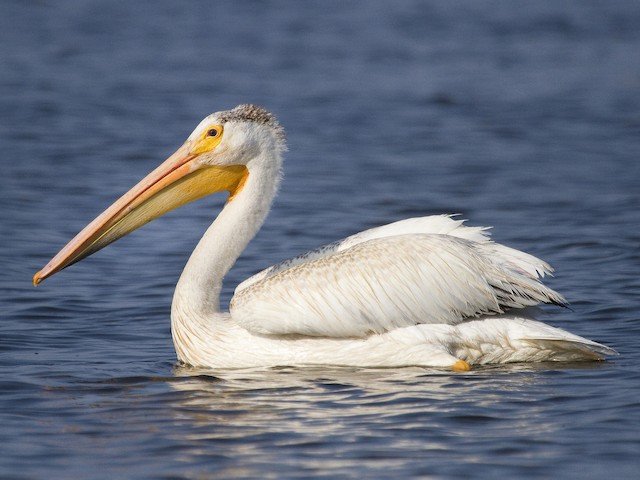
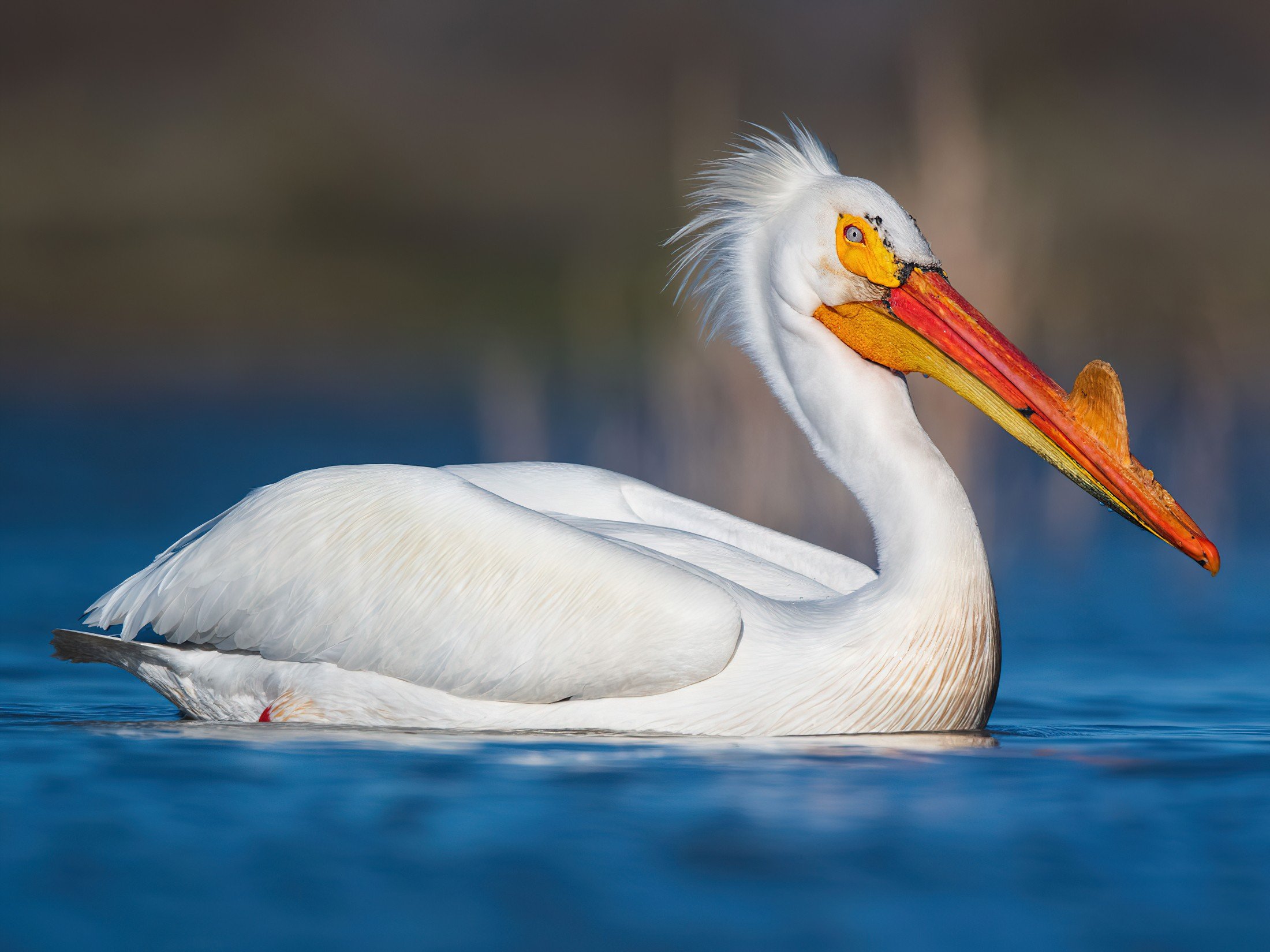
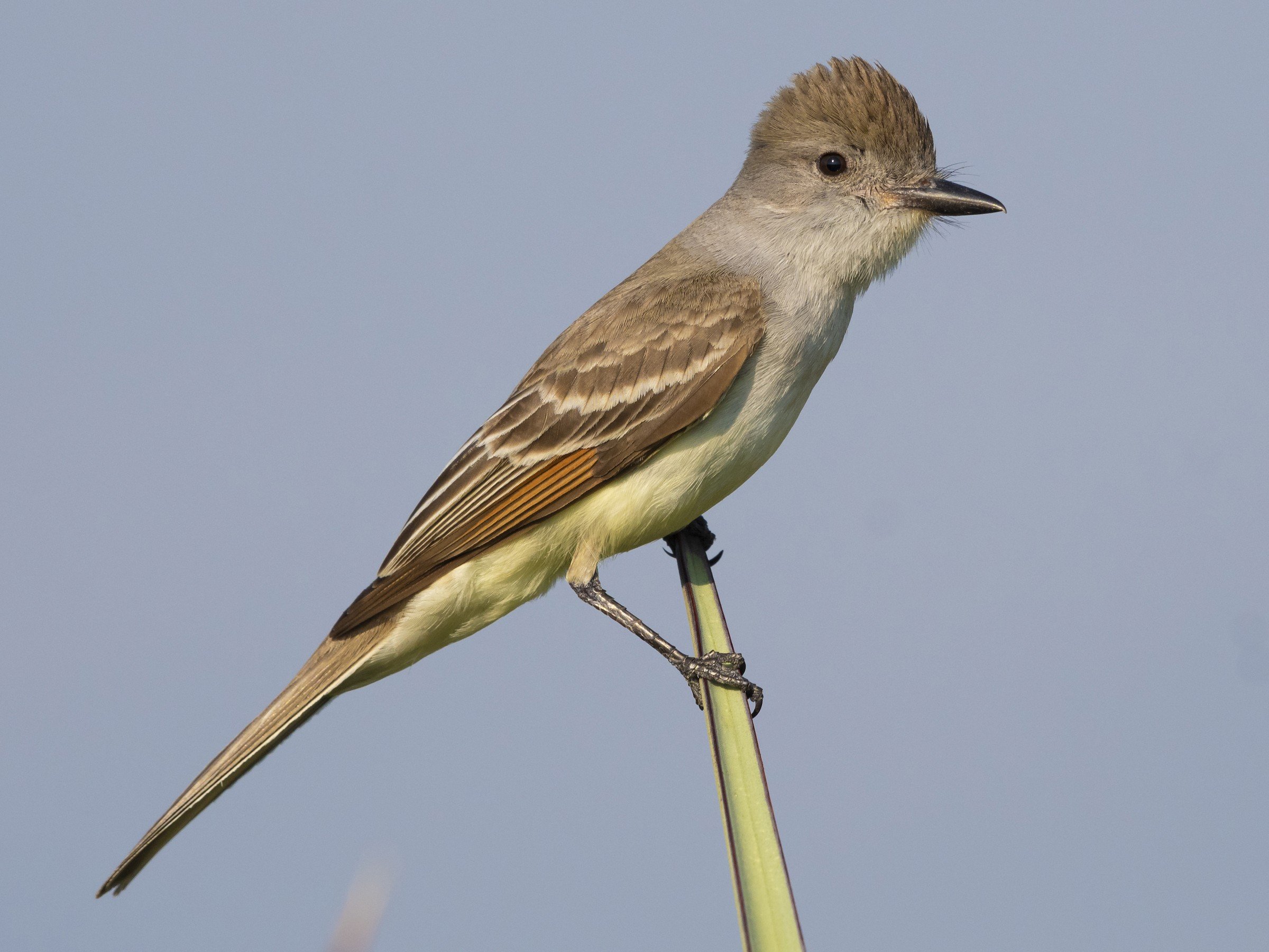


Ash-Throated Flycatcher
Bird Code: ATFL
Identify this bird by…
Overall pale appearance
Whitish throat and very pale yellow body
Listen for…
Call: Listen for low, rough class and flat “pip”.
Resources:
AMERICAN White Pelican
Bird Code: AWPE
Identify this bird by…
Large white bird with a large orange bill
In flight, can see contrasting black flight feathers
Breeding adults grow a plate that sticks up on the upper bill
Listen for…
Call: usually silent, but may give a low grunting at the nest.
Resources:
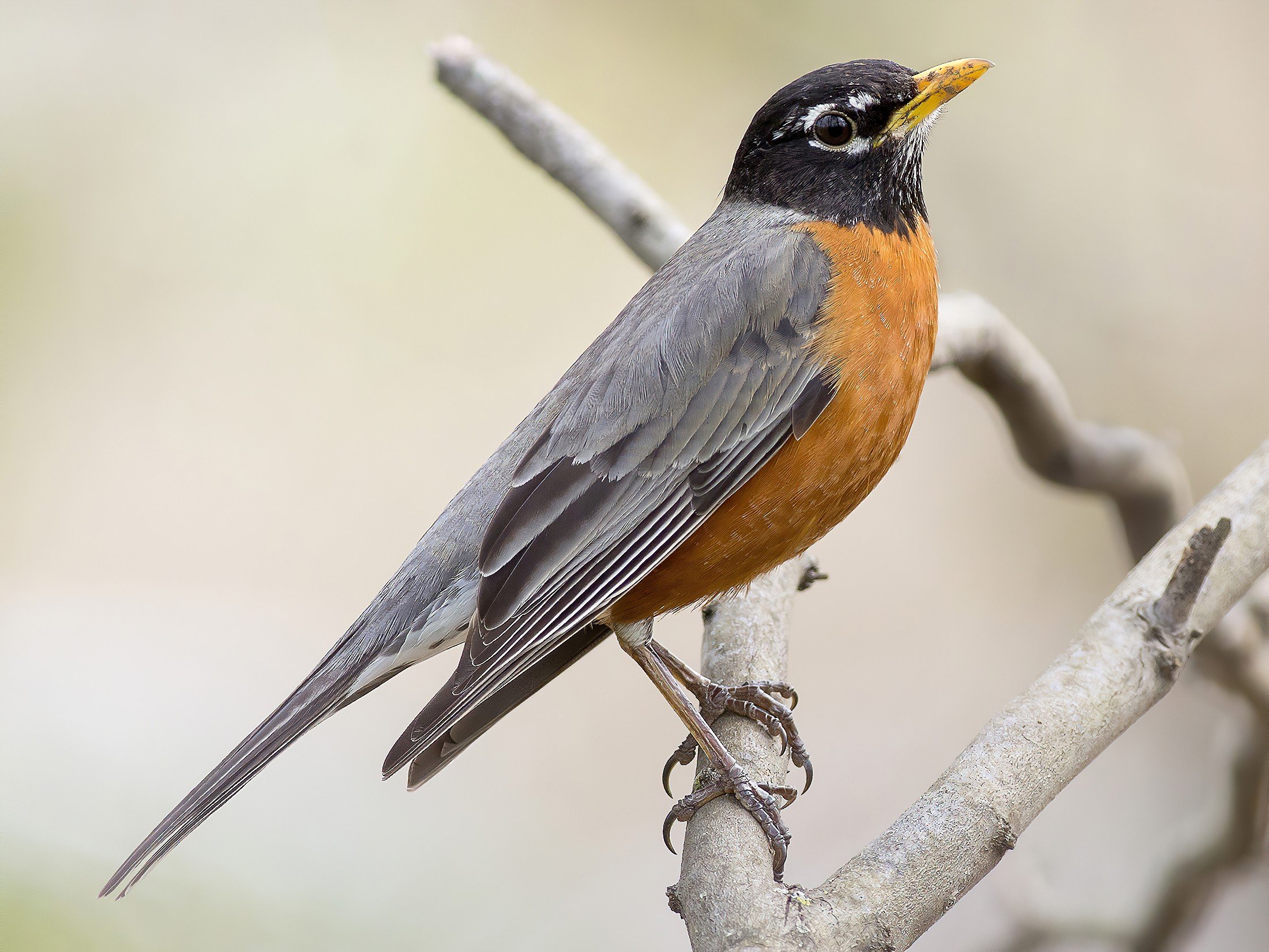
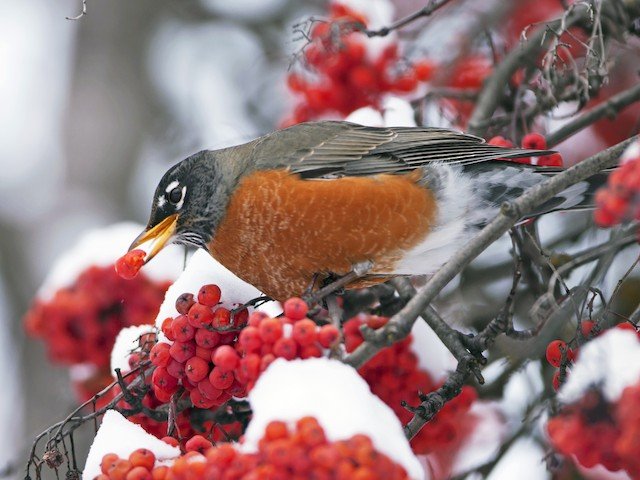

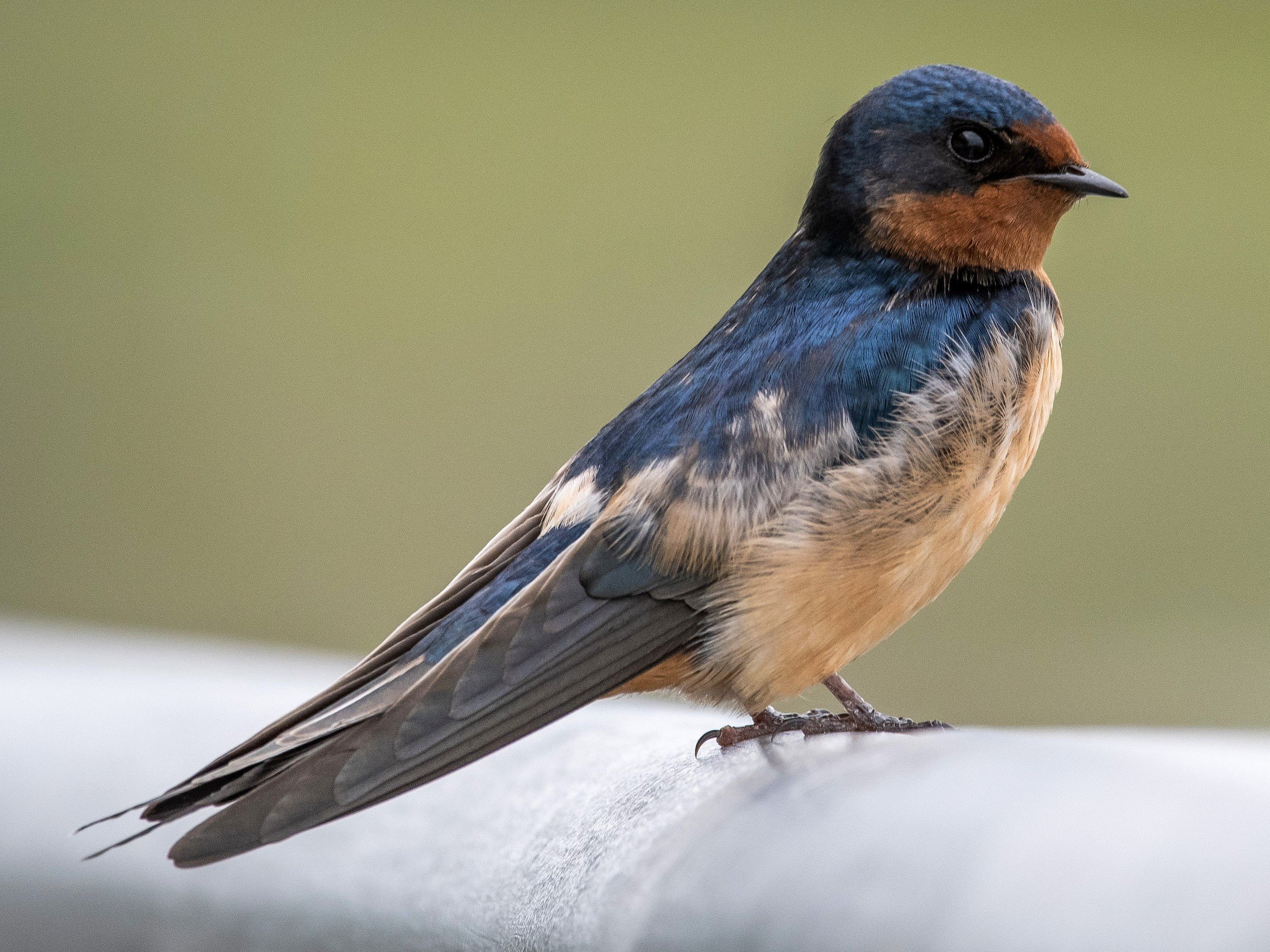

Barn Swallow
Bird Code: BARS
Identify this bird by…
Fairly large, colorful swallow.
Usually easy to identify with its long, forked tail and dark rump.
Iridescent navy-blue above with a rich orange throat and forehead.
Underparts vary across the range, from bright buffy-orange to whitish.
Listen for…
Call: Give a cheep call when threatened
Song: Sing a “twitter-warble” song followed by a dozen rapid, mechanical-sounding whirrs. Lasts 4-20 seconds.
Resources:
American robin
Bird Code: AMRO
Identify this bird by…
Fairly large songbird with a round body, long legs, and a longish tail.
Gray above with warm orange underparts and blackish head.
Listen for…
Call: Mumbled cuck or tuk to communicate with each other, or a short yeep or peak as an alarm call.
Song: A string of around 10 whistles sounding like cheerily, cheer up, cheerily, cheer up.
Resources:
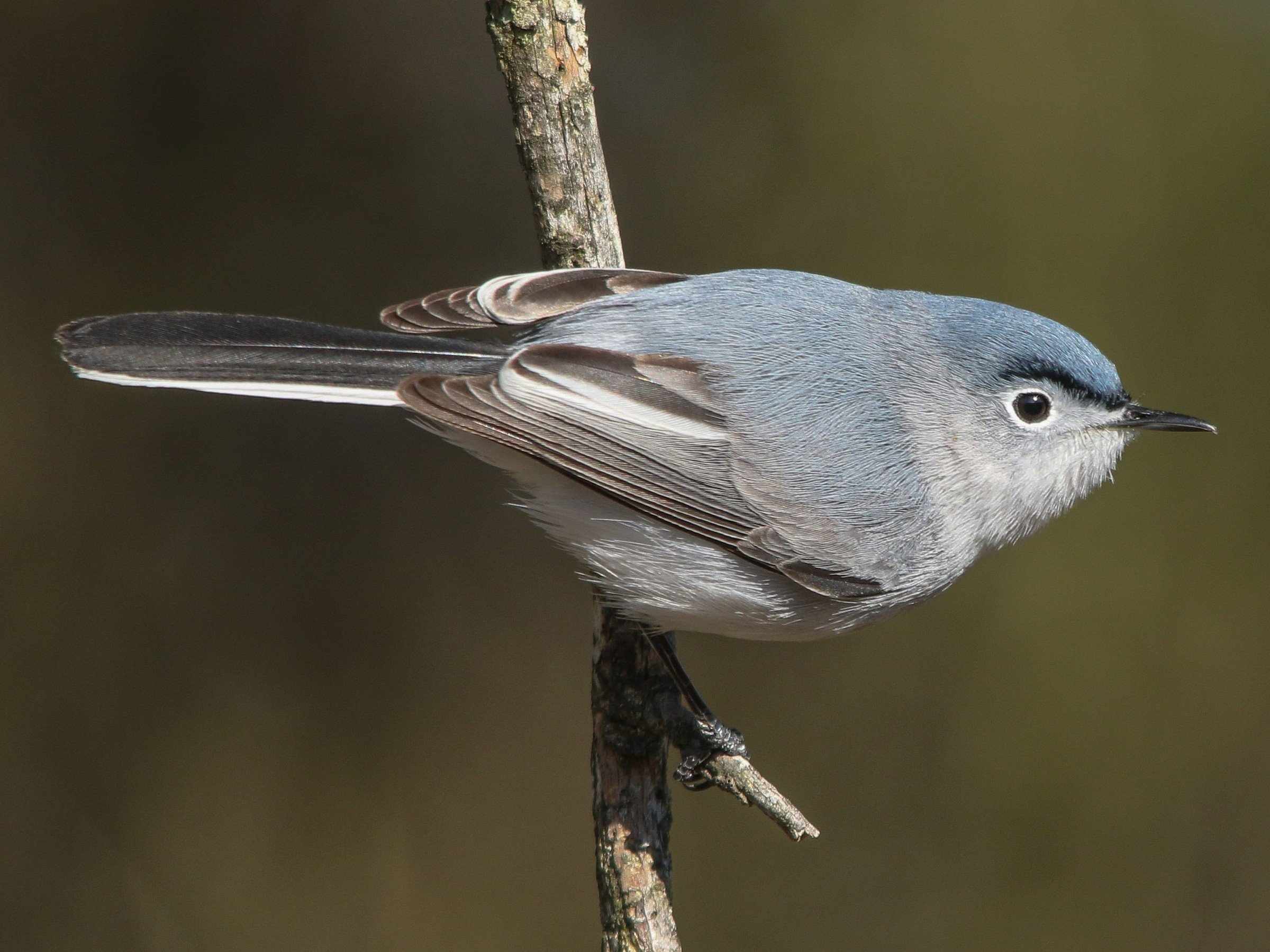
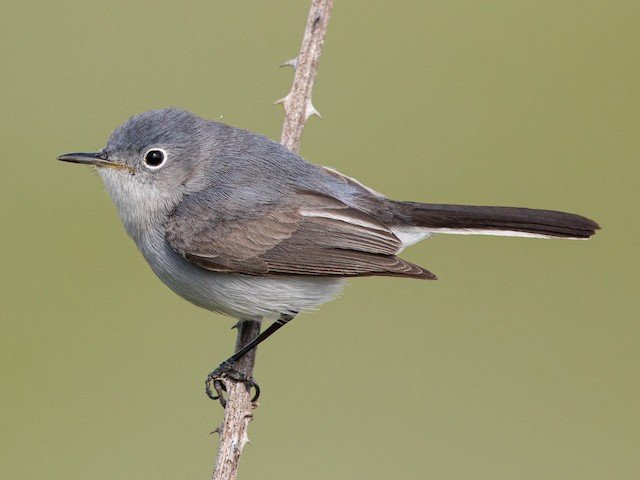
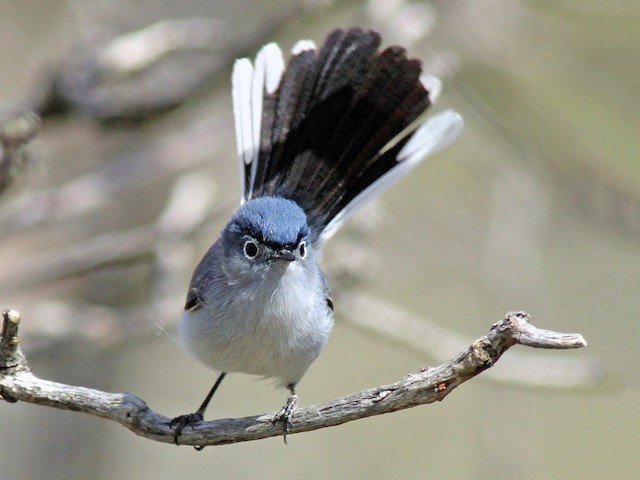
Blue-Grey Gnatcatcher
Bird Code: BGGN
Identify this bird by…
A tiny, long-tailed, thin-billed songbird.
Soft blue-gray above and whitish below, with a thin white eyering.
Breeding males have a black band across the forehead.
Listen for…
Call: A sharp, mewing zee, or chary contact call is uttered in bursts of 2 to 6 notes about a second apart.
Song: Continuous jumbles of sharp chips, high-pitched whistles, and mewing notes are around 10 seconds long, often including mimicked parts from other species.
Resources:
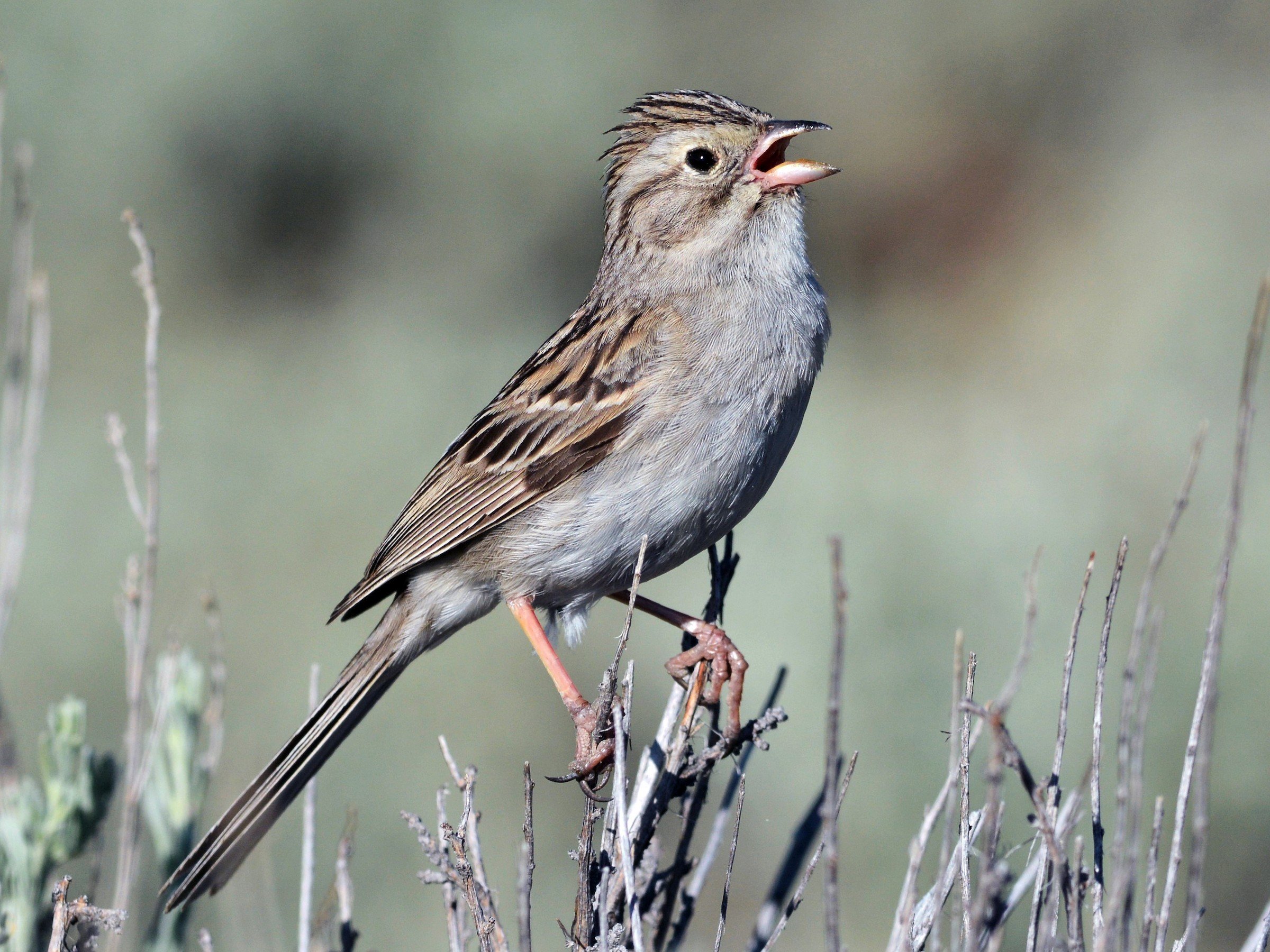
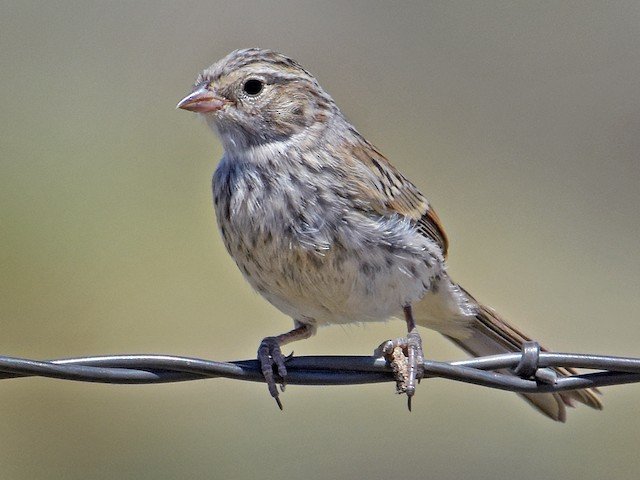
brewer’s sparrow
Bird Code: BRSP
Identify this bird by…
Pale gray nape, pale lores, and plain facial pattern.
Listen for…
Song: A long series of buzzy, reedy notes mixed with trills; the tones and long duration of the song are unique.
Resources:




bullock’s Oriole
Bird Code: BUOR
Identify this bird by…
Adult males have a large white wing patch and a mostly orange face with black eyeliner.
Females are duller overall, mostly gray on the belly, usually with the brightest orange on the face.
Immature males are similar to females, but usually slightly brighter and with a black throat and eyeliner.
Listen for…
Call: Harsh, chattering rattle to signal alarm. Also, give a sharp one-note call.
Song: 3 seconds long, composed of rich whistled notes interspersed with rattles, often introduced by gruff scratchy notes.
Resources:


burrowing Owl
Bird Code: BUOW
Identify this bird by…
Small, long-legged owl.
Appears brown at a distance with irregular white spotting, with yellow eyes.
Listen for…
Call: Not especially vocal, the most commonly heard sound is a quail-like two-note cooing made by males during mating.
Resources:


Canada Goose
Bird Code: CANG
Identify this bird by…
A large brown goose with a black neck and white chinstrap.
Overall size, bill size, and brown coloration vary across subspecies.
Listen for…
Call: Various long honks, barks, and cackles. Also, some hisses.
Resources:

Chukar Partridge
Bird Code: CHUK
Identify this bird by…
Boldly-patterned quail-like bird.
Overall pale sandy brownish-gray with bold black strip on the face.
Red bill and legs and black stripes on sides.
Listen for…
Song: A series of scratchy notes; sounds like it’s saying its name with emphasis on the second syllable: “chuKAR, chuKAR, chuKAR.”
Resources:


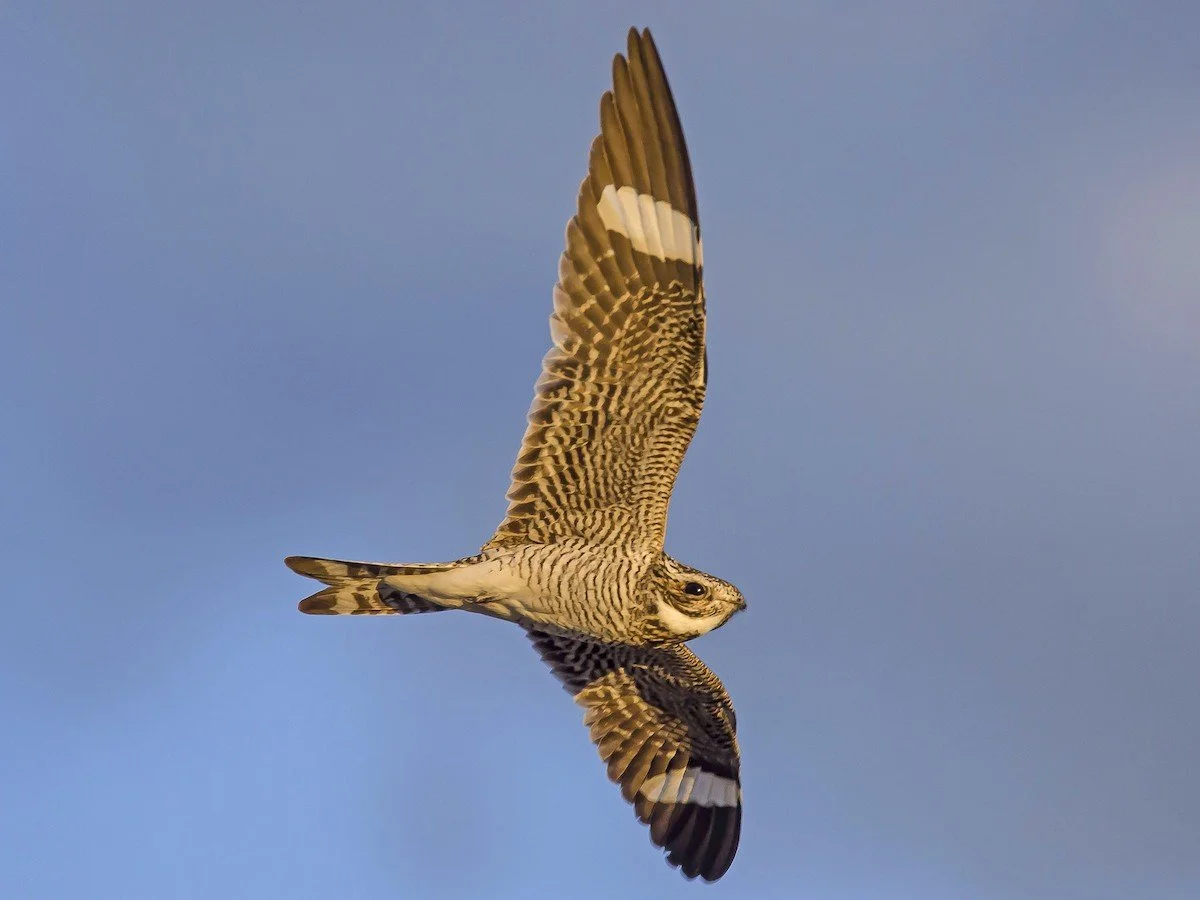
Common NIghthawk
Bird Code: CONI
Identify this bird by…
Coloring is gray, white, buff, and black.
Medium-sized bird with long pointed wings.
Long dark wings have a striking white blaze about two-thirds of the way out to the tip.
In flight, a V-shaped white throat patch contrasts with the rest of the bird’s molted plumage.
Listen for…
Calls: Common Nighthawks give a nasal peent or beer call while flying. When defending a nest, the female gives a hissing or throaty cluck. Courting males give a croaking auk auk auk call.
Resources:
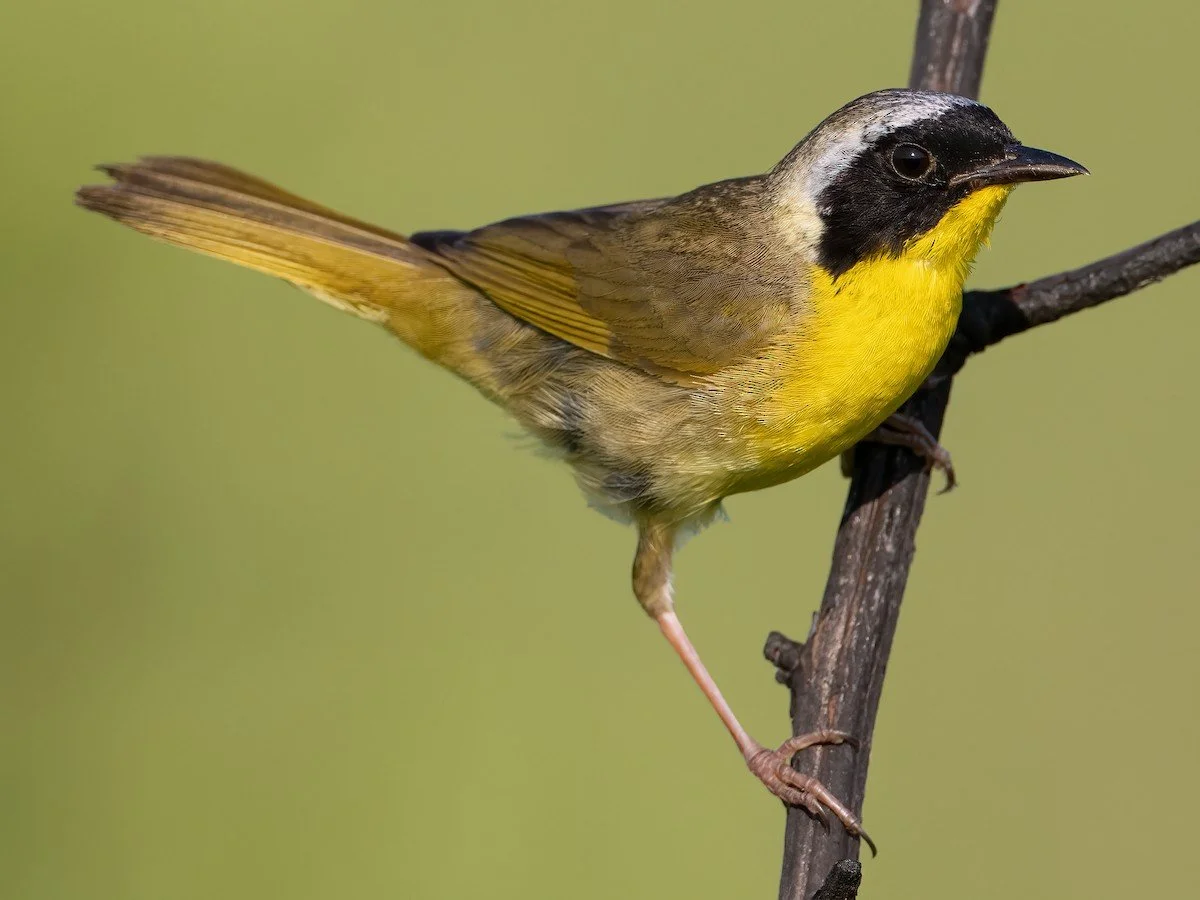
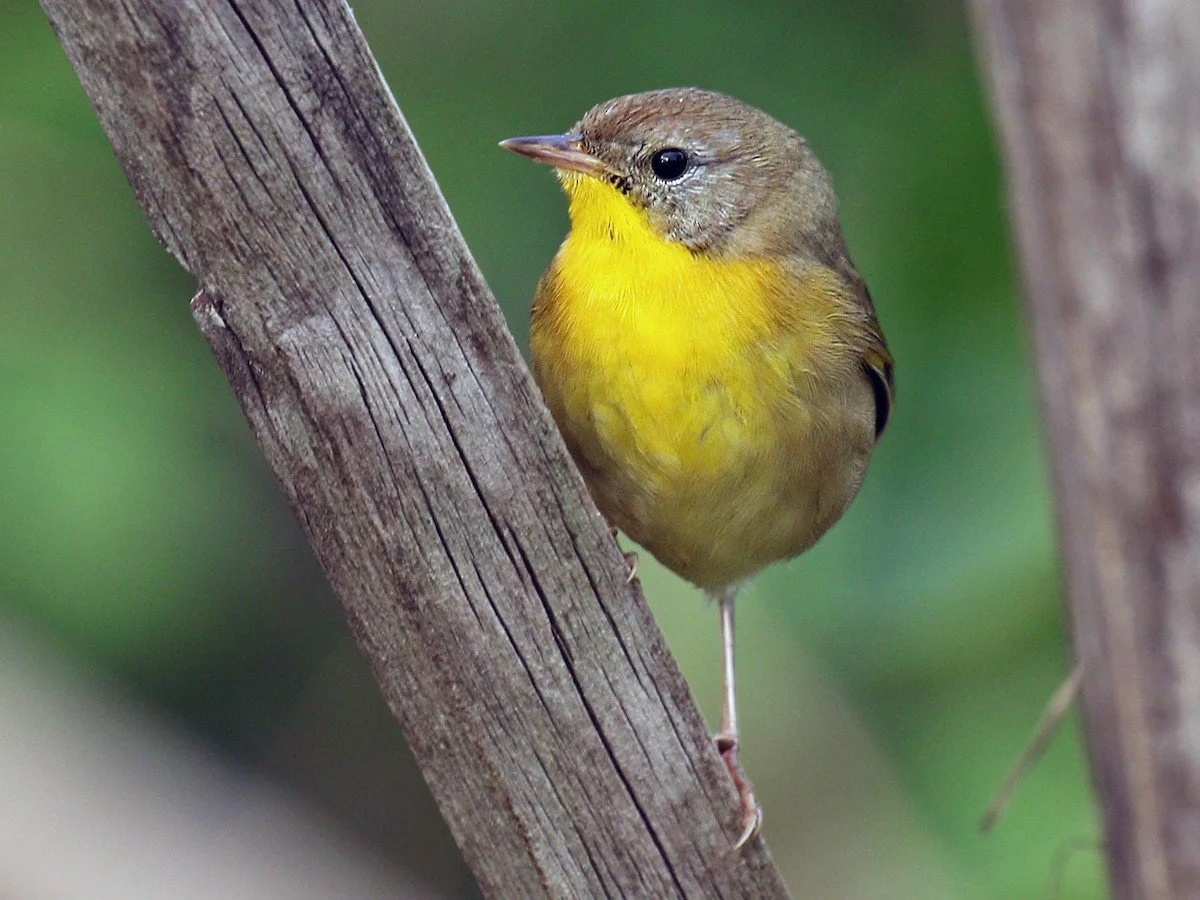
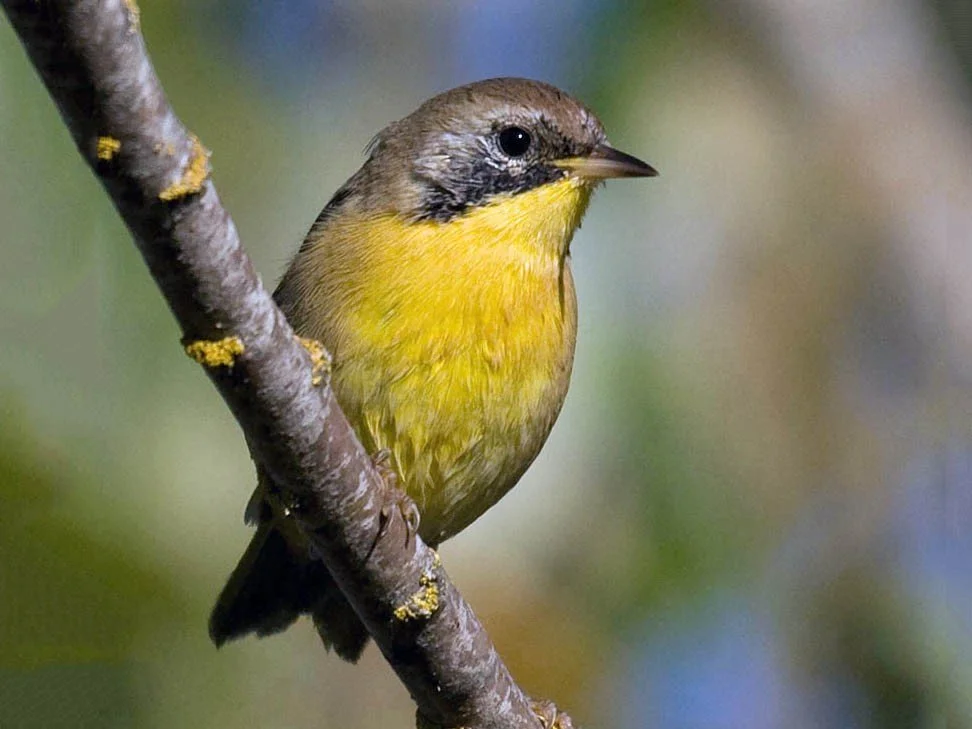
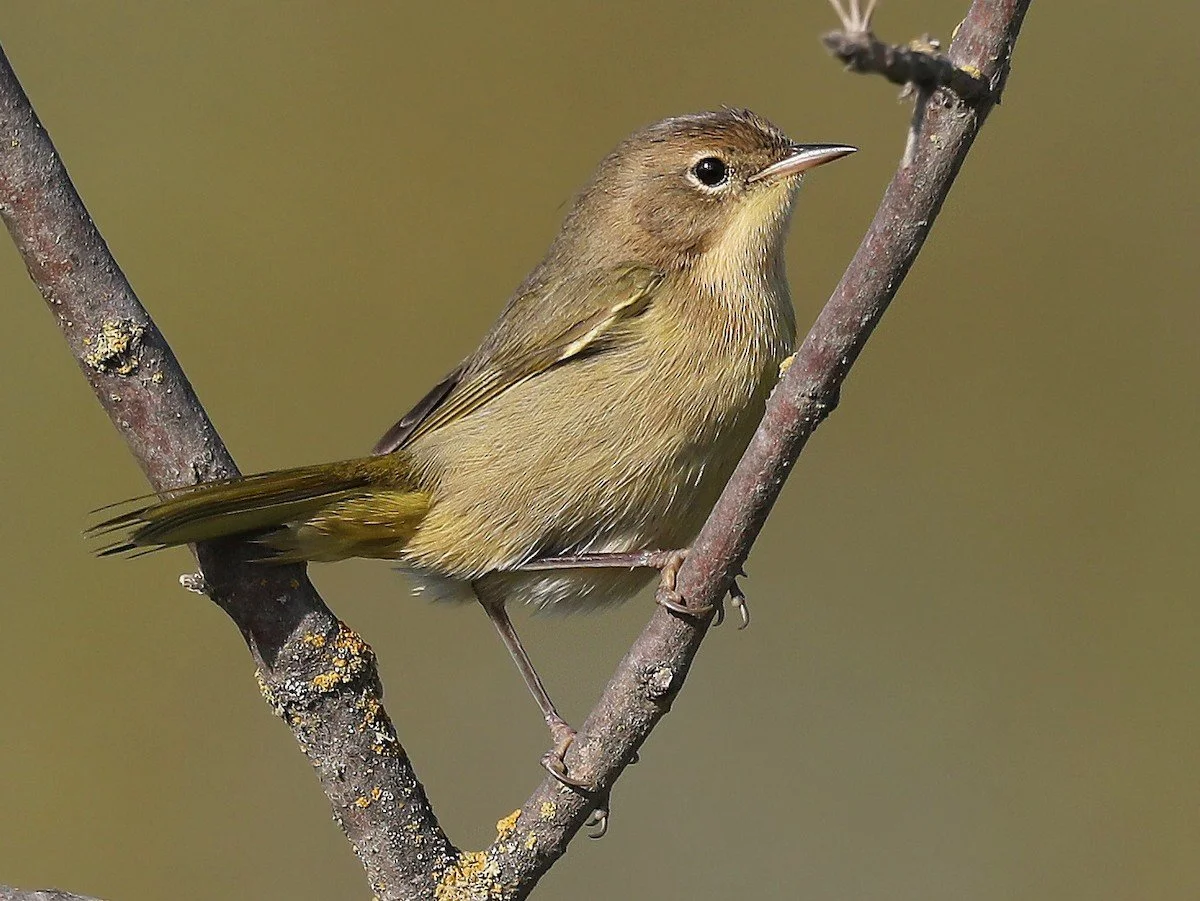
Common Yellowthroat
Bird Code: COYE
Identify this bird by…
Small songbirds with chunky, rounded heads and medium-length, slightly rounded tails.
Males have a black mask and a yellow throat and undertail coverts.
Females are brownish above with a yellow throat and breast.
Listen for…
Song: Male sings a distinctive “witchety-witchety-witchey song to defend territory and attract females.
Call: A strong chuck to warn of potential predators.
Resources:
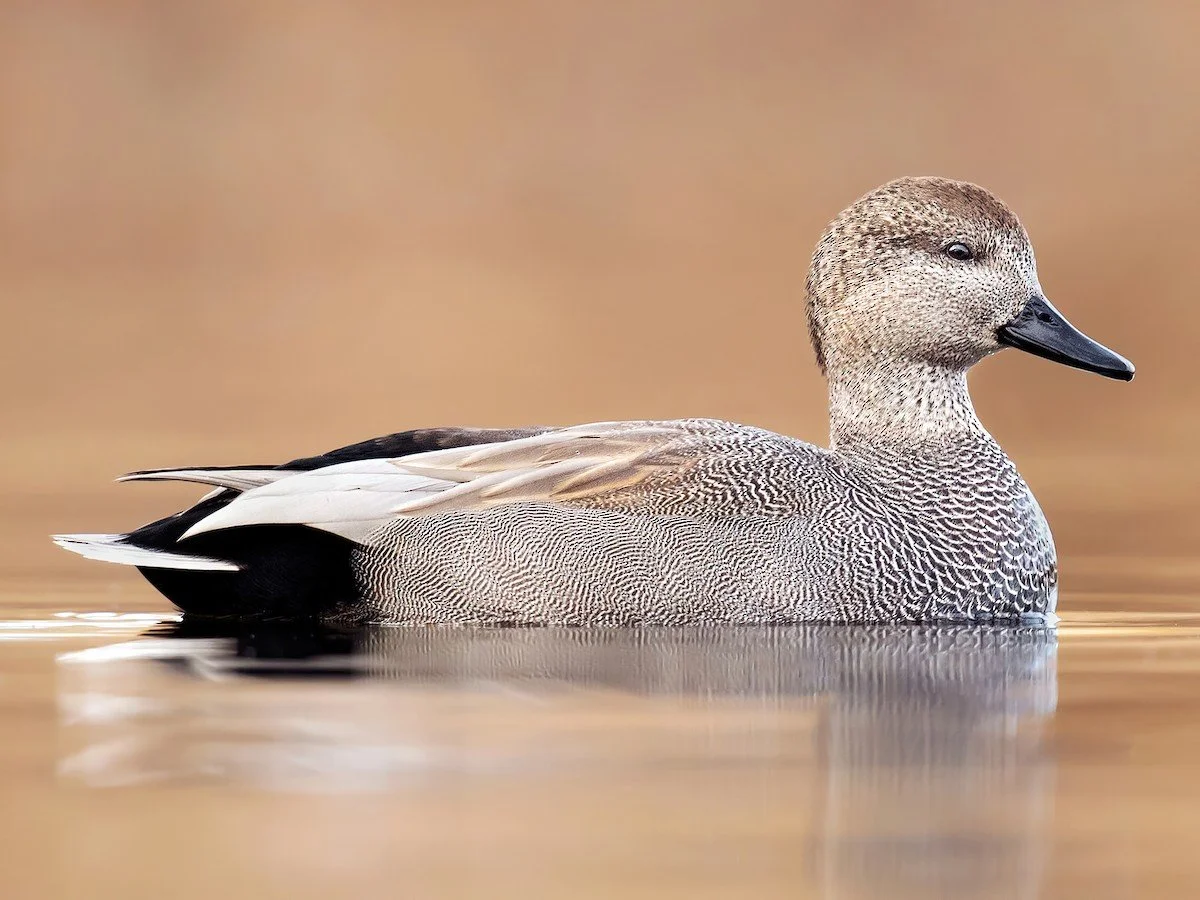


Gadwall
Bird Code: GADW
Identify this bird by…
Fairly large duck
Males are mostly gray with a black rear end and a puffy head. Also, look for a small white wing patch in flight.
Females are similar to Mallard, but have a thinner bill, plainer face, orange line along the edge of the bill, and a white wing patch in flight.
Listen for…
Calls: Male Gadwall make short, deep, reedy calls referred to as “burps,” given in steady succession or 2–5 at a time while flying. They also make high whistles. Females quack rather like Mallards, but with a slightly higher pitch and more nasal quality.
Resources:
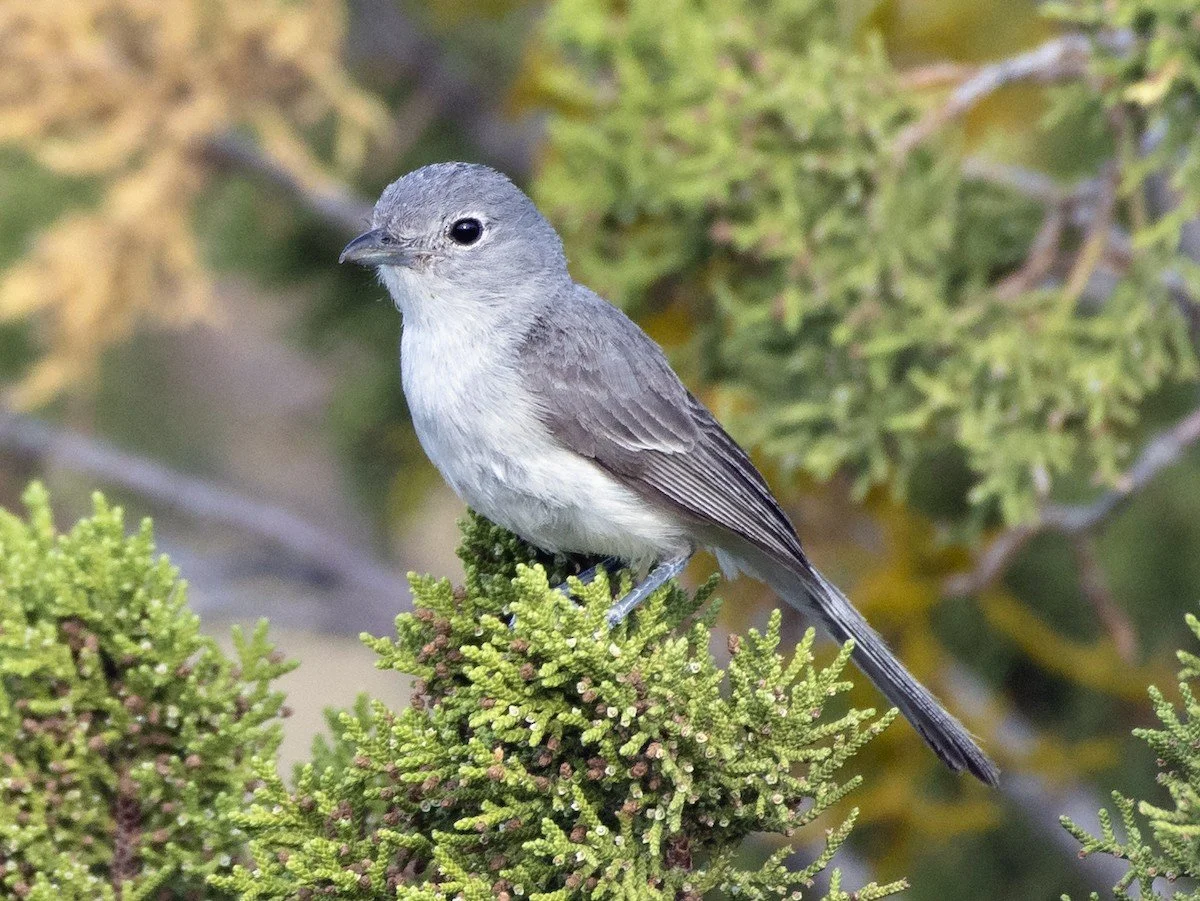


GrAy Vireo
Bird Code: GRVI
Identify this bird by…
Pale gray above, lighter whitish below, with a hint of pale spectacles and wingbars.
Long-tailed with a thick bill.
Listen for…
Song: Leisurely series of paired che-wee, chee-woo.
Calls: Short, nasal calls and rapid-fire series of raspy notes.
Resources:
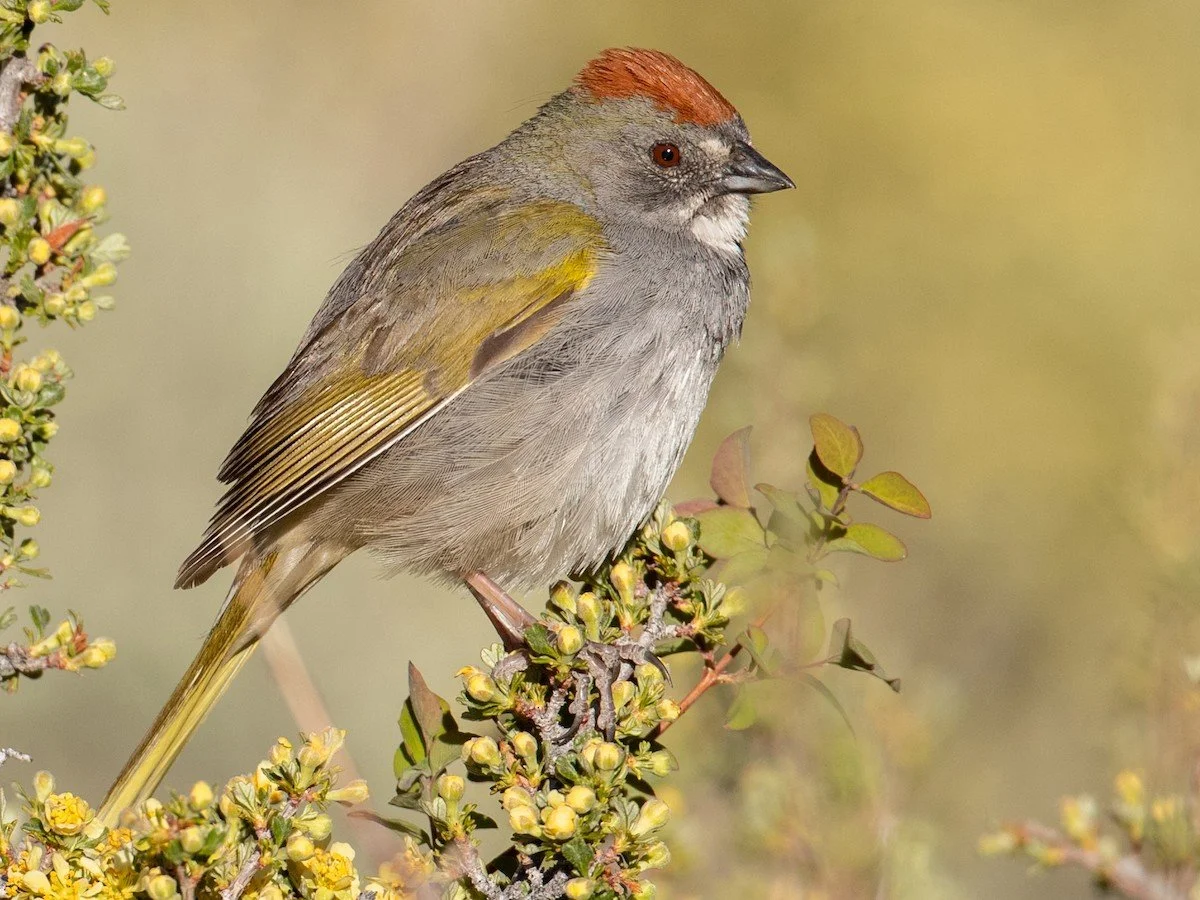


Green-tailed towhee
Bird Code: GTTO
Identify this bird by…
Large long-tailed sparrow
Gray body, fairly bright greenish wings and tail, rufous crown, and white throat
Listen for…
Song: Males sing a long, jumbled series of clear whistles and trills lasting about 2.5 seconds.
Calls: Distinctive mewing call that is thin, high, and rises in pitch.
Resources:
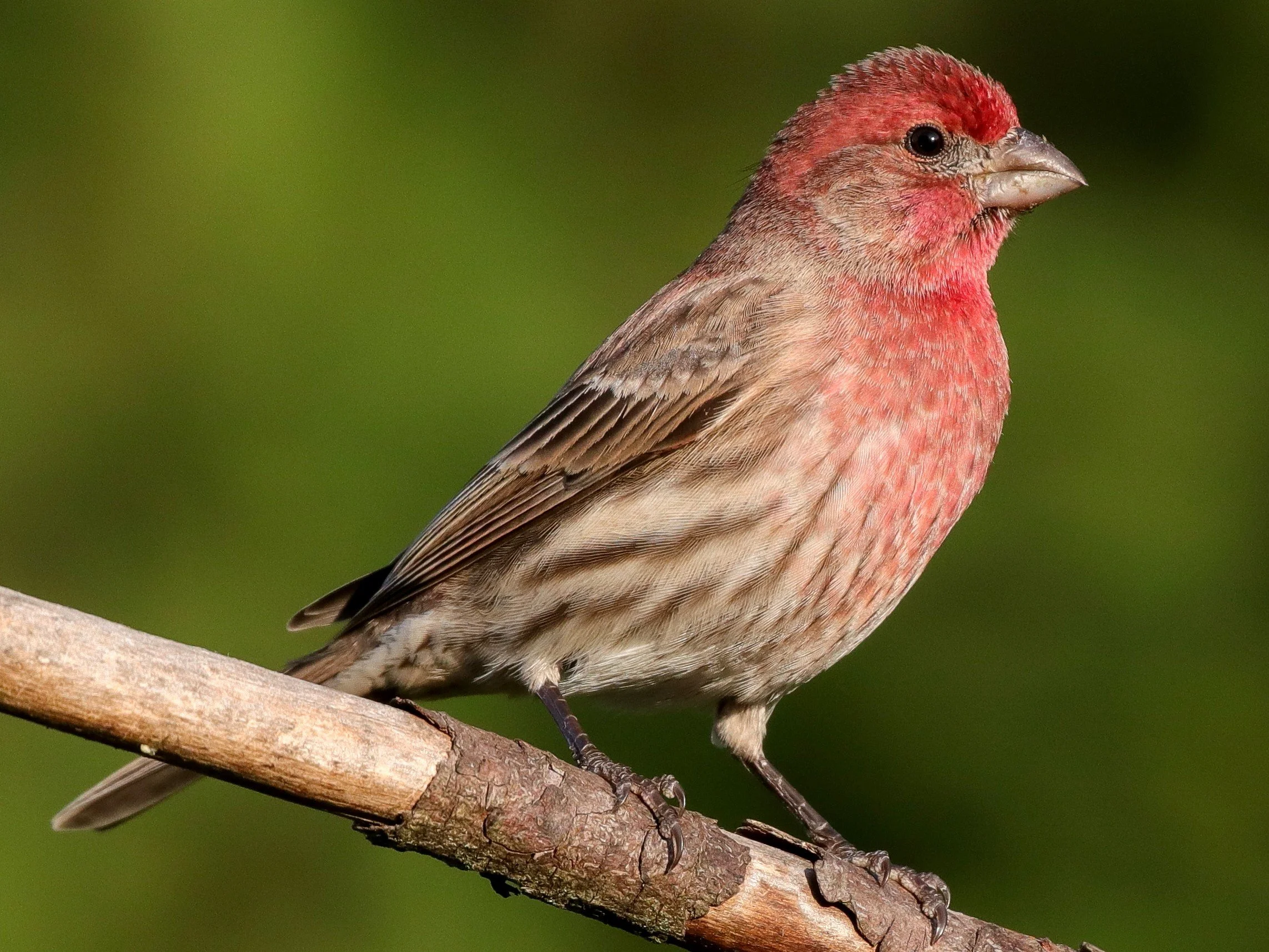

HOuse Finch
Bird Code: HOFI
Identify this bird by…
Small finch with a conical seed-eating bill
Shallow notched tail
Tell males and females apart by…
Males: Rosy red around the face and upper breast, with streaky brown back, belly, and tail
Females: Not at all red, but plain grayish-brown with thick, blurry streaks and an indistinctly marked face
Interesting note…
Male house finches’ plumage coloration can vary greatly from one another. They can range from yellow to bright red depending on the amount of carotenoid-rich foods they eat!
Listen for…
Song: A long, jumbled warbling composed of short notes. The song often ends with an upward or downward slur and lasts about 3 seconds. The phrasing is similar to an American Robin, but is quicker and more excited
Call: Their characteristic call sounds like the squeak of shoes on the gym floor
Resources:


Juniper titmouse
Bird Code: JUTI
Identify this bird by…
Medium gray overall with no patterning.
Distinctive crest.
Listen for…
Song: A rapid and rolling series of 5 to 15 syllables that sounds like a video game.
Calls: A harsh and scratchy call is given in response to intruders.
Resources:




Lazuli Bunting
Bird Code: LAZB
Identify this bird by…
Breeding males have a bright cerulean above with bold white wingbars, a white belly, and an orange breast.
Females are plain, buffy brown with paler wingbars and a slightly brighter, orangey breast.
Listen for…
Song: Males sing a series of jumbling and squeaky notes, repeating 2-5 times for about 3 seconds.
Calls: A sharp metallic pik given by both males and females.
Resources:


Long-billed curlew
Bird Code: LBCU
Identify this bird by…
Large shorebird with a long decurved bill.
Buffy overall with brighter cinnamon wings, obvious in flight.
Listen for…
Song: Song starts with a low whistled prreee and builds into a louder prprprprpr prrreeep prrreeep prrreeerr.
Calls: The alarm and contact call of male and female Long-billed Curlews is a harsh whistled cur-lee, rising on the second note; given year-round. They also give a rapid whistled tremolo with a slight stuttering quality to it.
Resources:



Northern Harrier
Bird Code: NOHA
Identify this bird by…
Medium-sized hawk with long tail and thin wings.
Files with wings held in a V-shape.
Females and juveniles are warm brown.
Adult males are gray above and whitish below with black wingtips.
Listen for…
Calls: Males and females both give a fast series of kek notes lasting 1–2 seconds during courtship displays.
Resources:
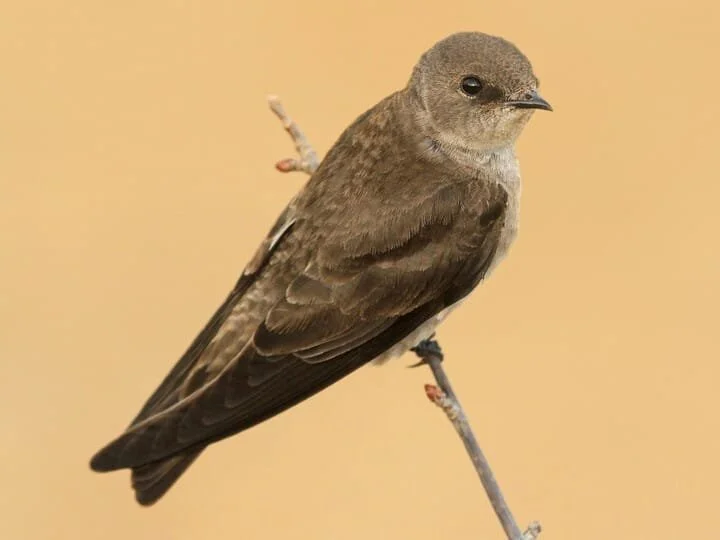
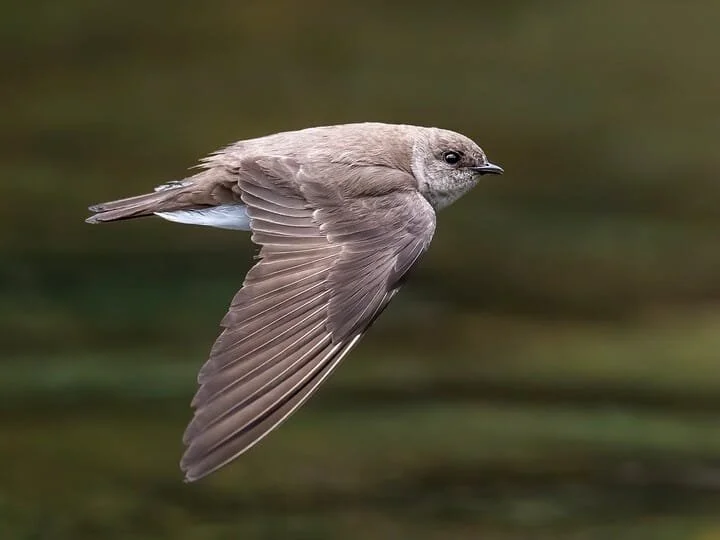
Northern Rough-winged Swallow
Bird Code: NRWS
Identify this bird by…
Plain brown above with an indistinct brown wash across the throat and breast.
Wings are relatively broad, tail is short and square.
Listen for…
Songs: It’s a rarely heard song that is faint, gurgling, and hoarse-sounding.
Calls: Generally quiet, except during nest building and egg laying, when they give a soft, slightly rising liquid churt.
Resources:
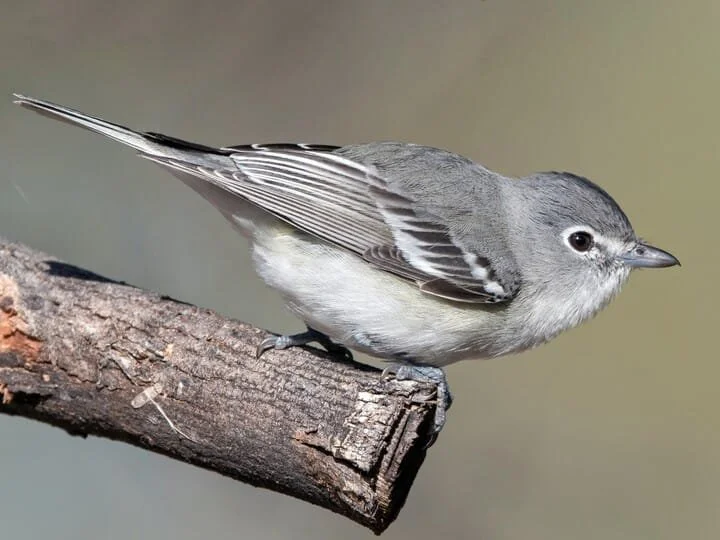
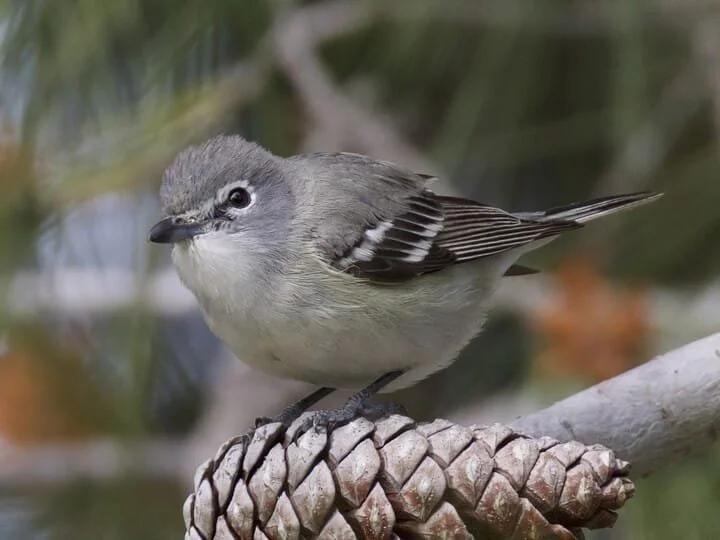
Plumbeous Vireo
Bird Code: PLVI
Identify this bird by…
Dark gray viero with bold white spectacles.
Thick bill and slower movements than other small songbirds.
Listen for…
Songs: A burry song of ascending and descending phrases that can be rendered as chree ch-richi-roo, but with much variation in phrases.
Calls: Harsh, raspy, and almost grating alarm calls (cha-cha-cha-cha) that vary in intensity and duration.
Resources:
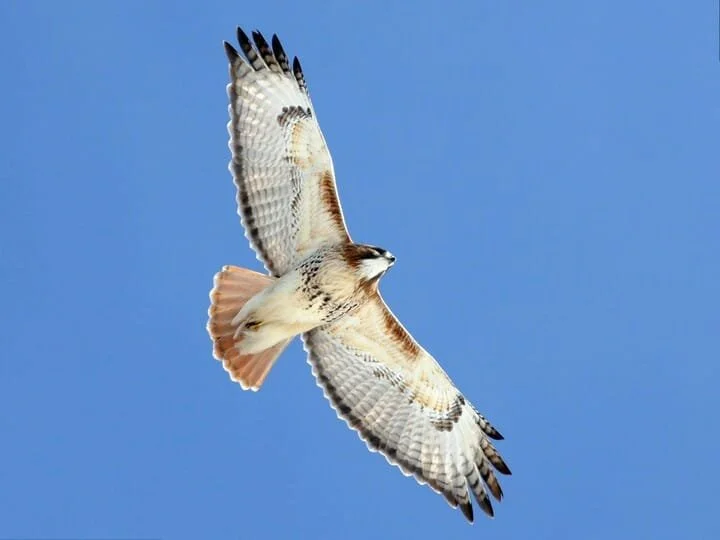
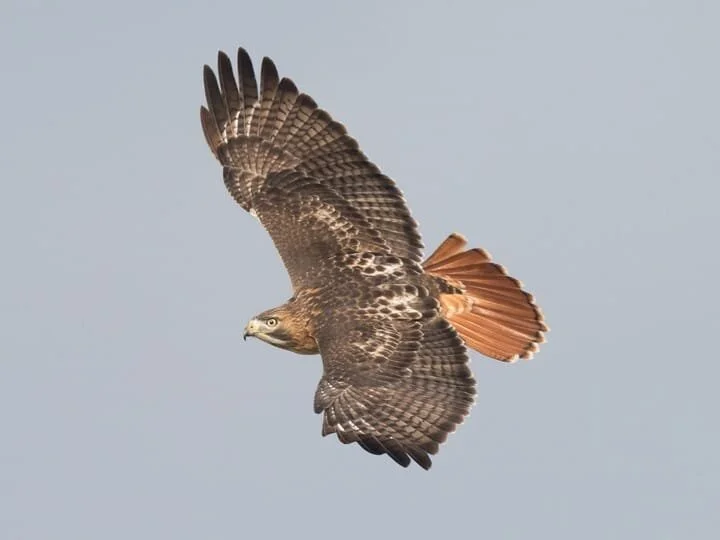
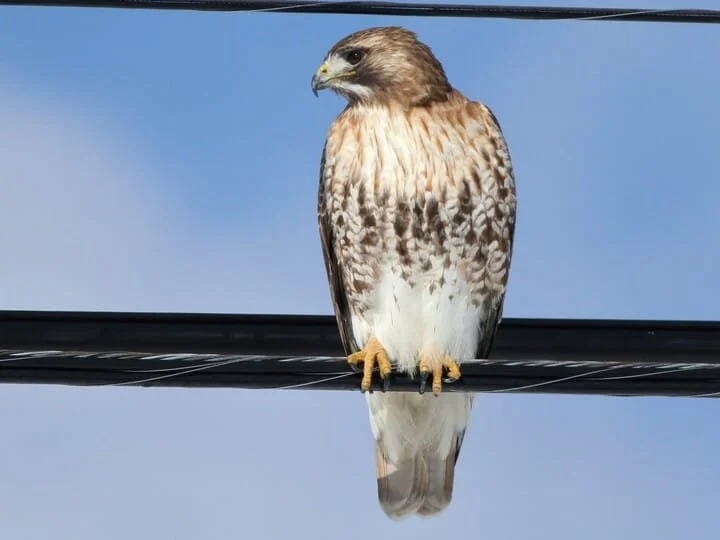
Red-tailed Hawk
Bird Code: RTHA
Identify this bird by…
Eastern adults have a brilliant reddish-orange tail and pale underparts with an obvious band of dark marks across the belly.
Western birds are typically darker.
Immatures do not have a red tail.
Listen for…
Calls: Adults make a hoarse, screaming kee-eeeee-arr. During courtship, they also make a shirll chwirk, sometimes giving several of these calls in a row.
Resources:
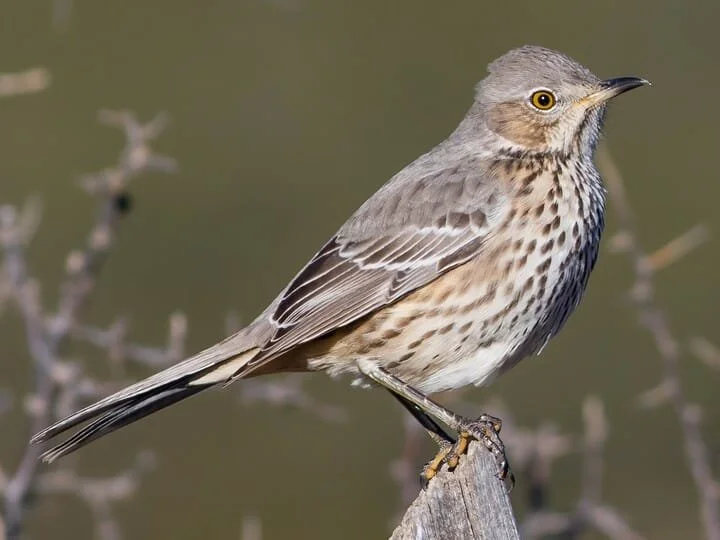
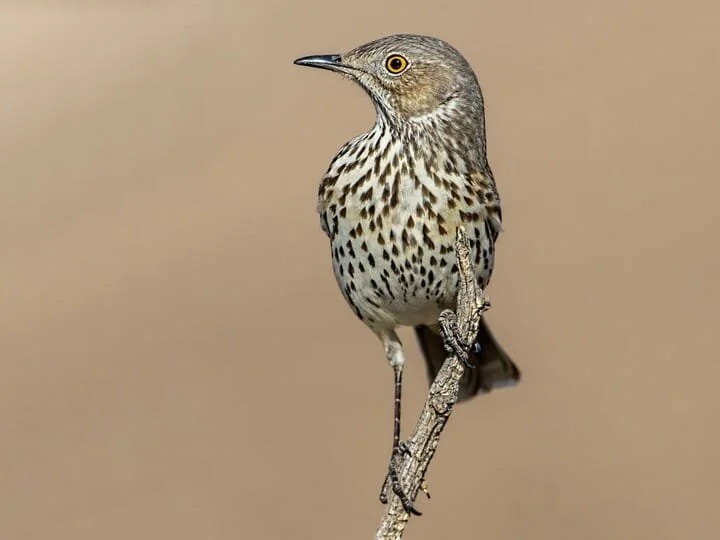
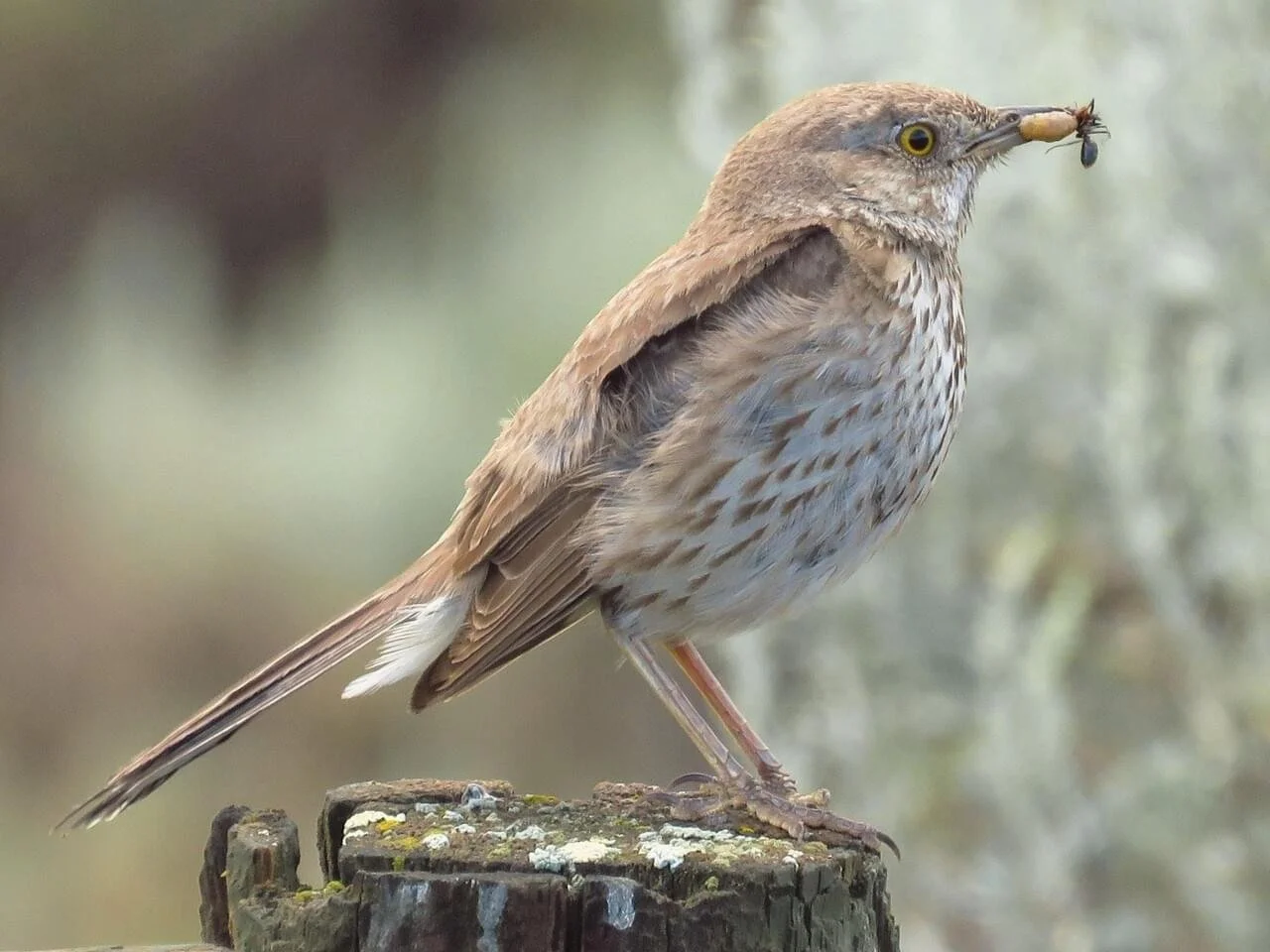
Sage thrasher
Bird Code: SATH
Identify this bird by…
Smallest thrasher; crispt black streaking on underparts.
Grayish brown with buffy wash on belly and sides, and thin white wingbars.
Long tail; slightly downcurved bill.
In flight, you can see white corners on the tail.
Listen for…
Call: When alarmed, the call is a low, hoarse cluck, very similar to a Red-winged Blackbird, accompanied by a flick of the tail. Occasionally gives a descending, clear, two-noted whistle, and a variety of scolding calls.
Songs: Males have long, complex, melodic songs, with remarkable variety. The rambling series of phrases, often preceded by soft clucking notes, is continuous and interspersed with moments of repetition and mimicry. Songs can be very long indeed; one male was recorded singing for 22 minutes straight.
Resources:
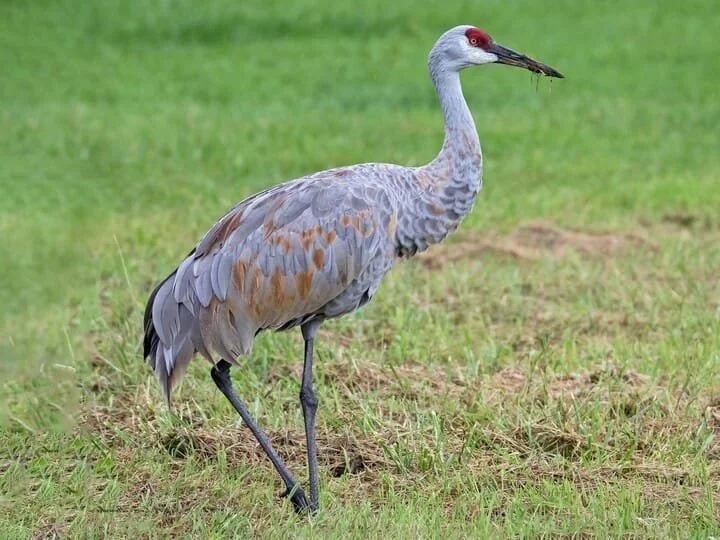
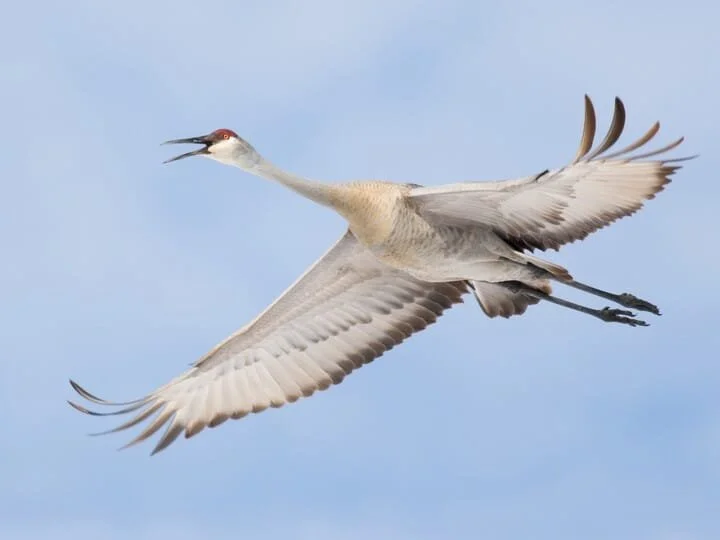
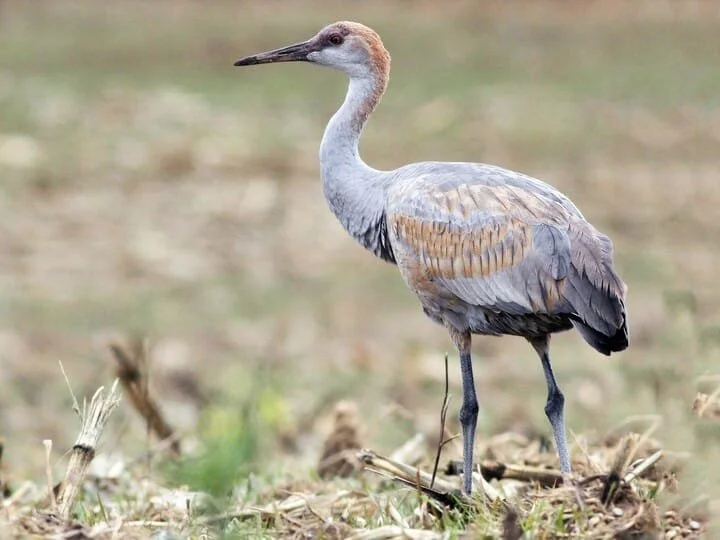
Sandhill Crane
Bird Code: SACR
Identify this bird by…
Large, long-legged bird shaped much like a heron.
Gray body, sometimes with intense rusty staining.
Adults have a red crown.
In flight, neck is outstretched, unlike herons with tucked necks.
Listen for…
Call: Loud rattling bugle calls, each lasting a coupe of seconds and often strung together. Also give moans, hisses, gooselike honks, and snoring sounds.
Resources:
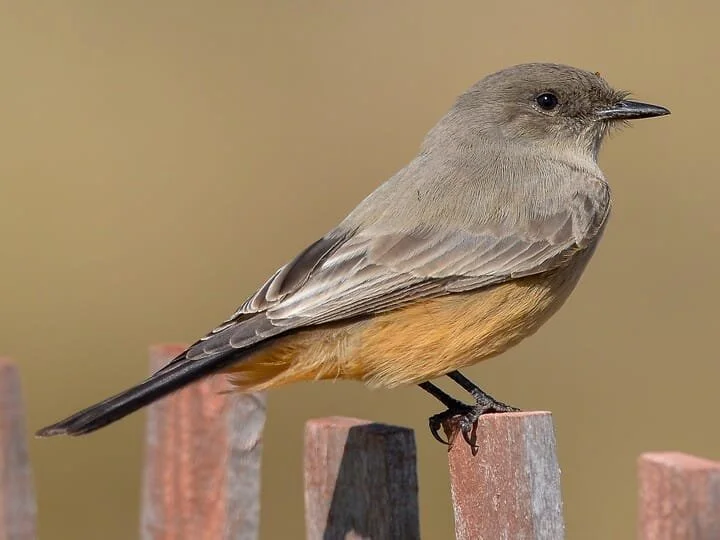
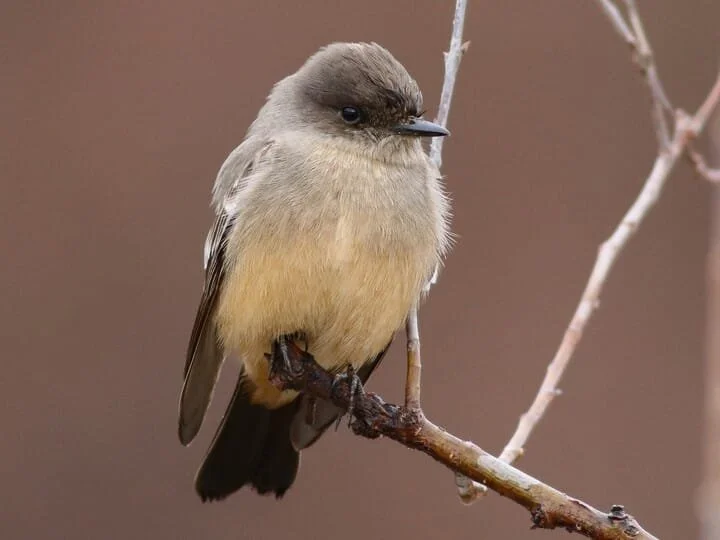
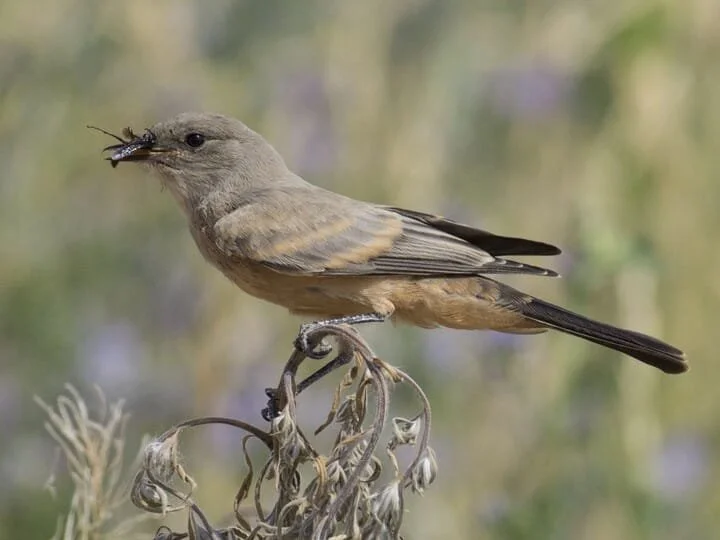
Say’s Phoebe
Bird Code: SAPH
Identify this bird by…
A medium-sized flycatcher with distinctive salmon-orange on the belly was on the belly.
Otherwise, grayish-brown with a black tail.
Frequent tail wagging.
Listen for…
Song: A clear, slurred whistle and a burry, hiccuping note. Each phrase is less than 1 second long, but they repeat the phrase for several minutes.
Call: Clear slurred while given without the burry note.
Resources:
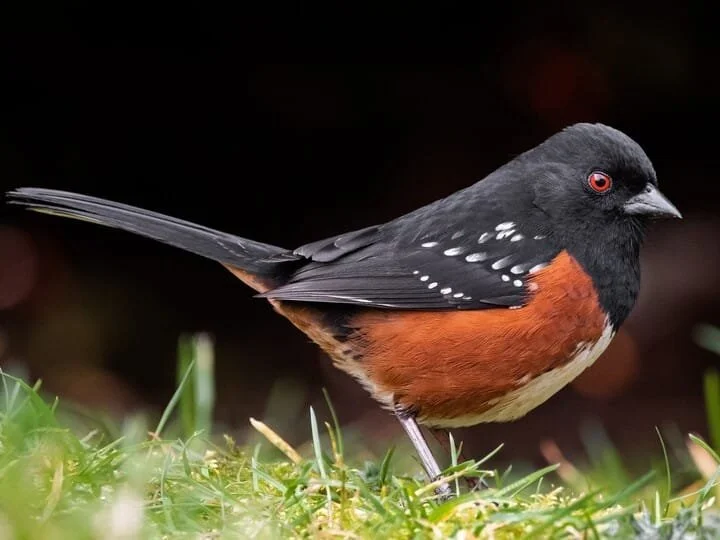
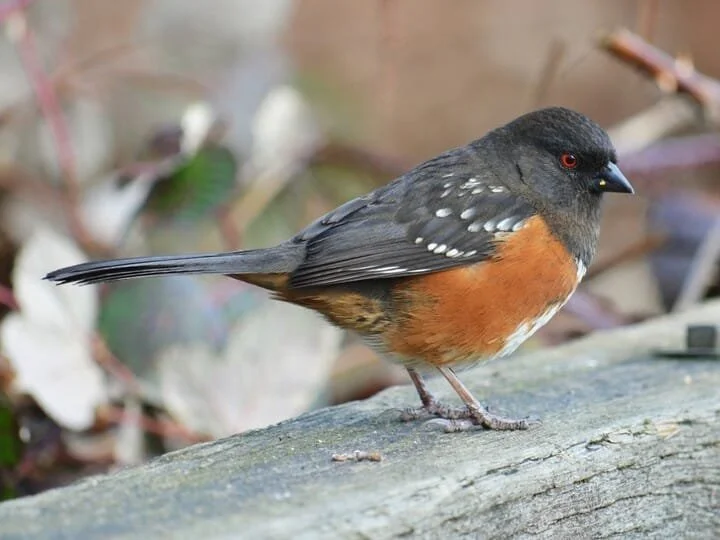
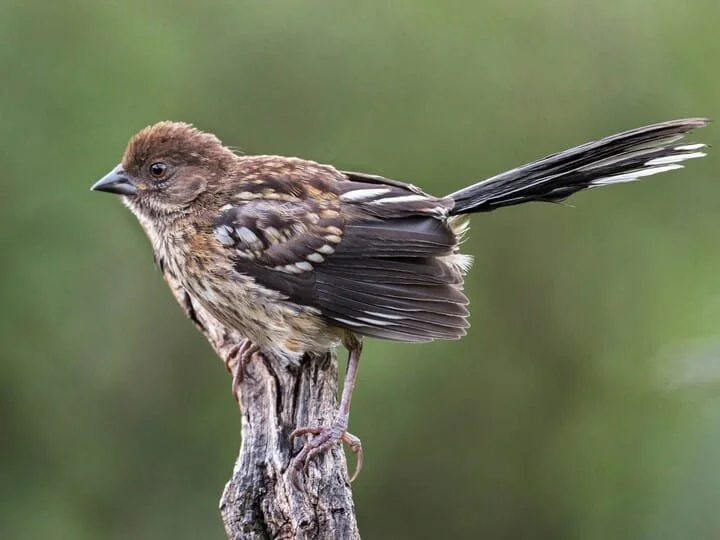
Spotted towhee
Bird Code: SPTO
Identify this bird by…
Large, long-tailed sparrow.
Black above with white spots on wings and back, bright rufous sides, and white belly.
Eyes are red.
In-flight, note the white corners on the tail.
Females are grayer than males.
Listen for…
Call: Catlike mew call for a little more than half a second long.
Resources:
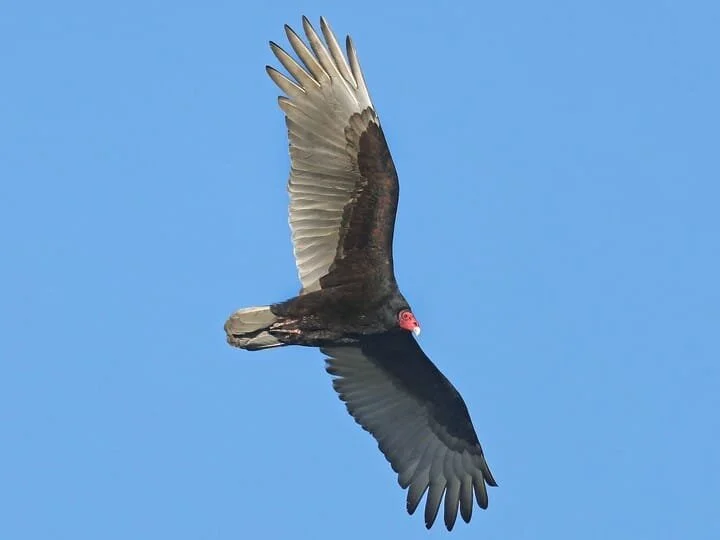
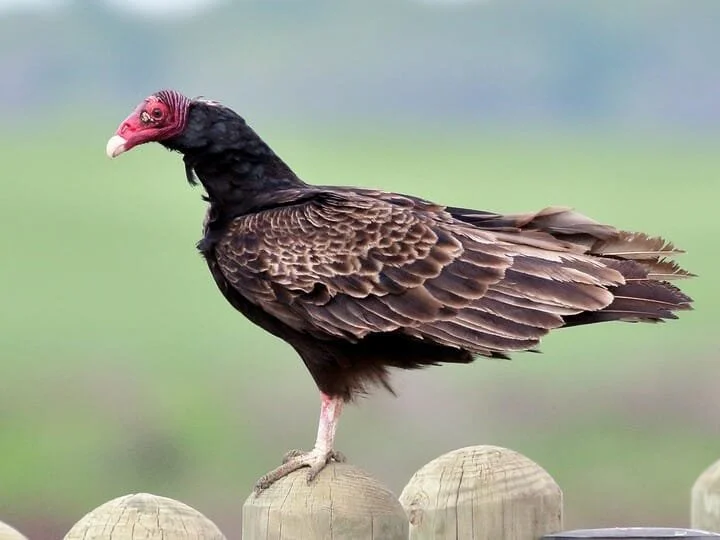
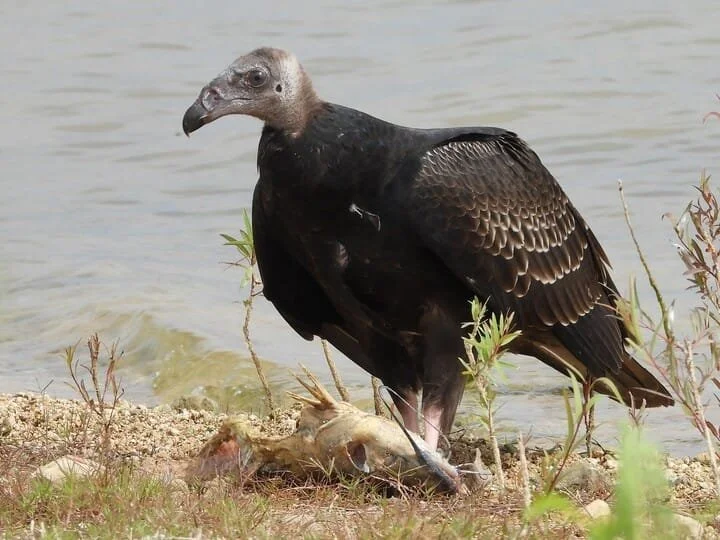
Turkey Vulture
Bird Code: TUVU
Identify this bird by…
Large raptor, appearing dark from a distance.
Up close, dark brown above with bare red head.
In flight, the undersides of wings are two-toned; lighter on the entire trailing edge of the wing.
Juveniles don’t have the red head
Listen for…
Call: Turkey Vultures lack the vocal organs to make proper songs. Most of their vocalizations come down to a form of low, guttural hiss made when they are irritated or vying for a better spot on a carcass. They also may give a low, nasal whine while in flight.
Resources:
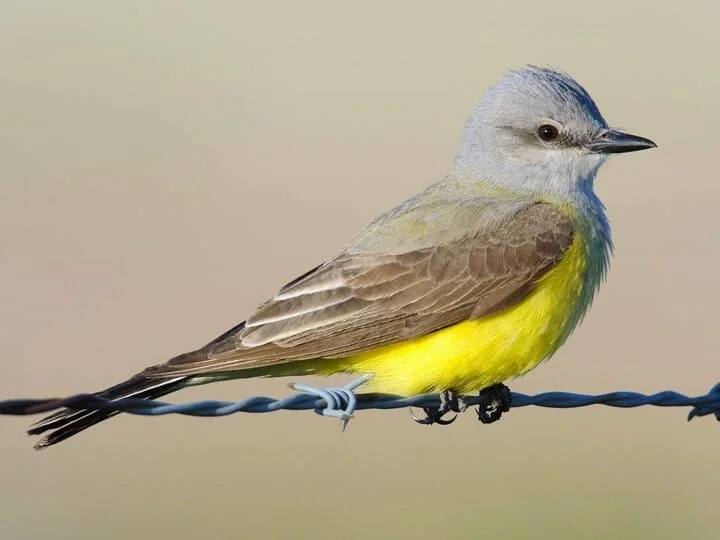
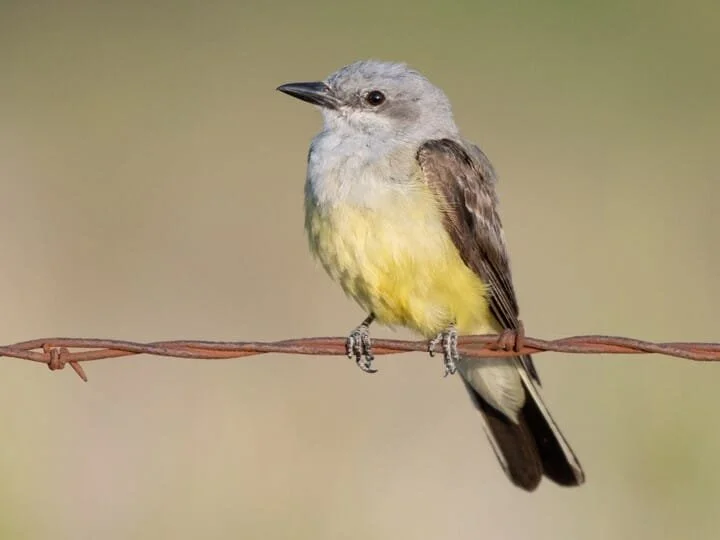
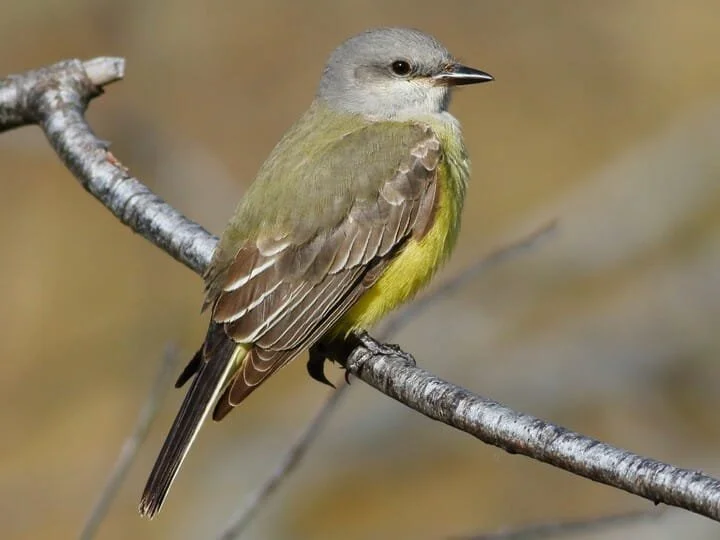
Western Kingbird
Bird Code: WEKI
Identify this bird by…
Fairly large yellow-bellied flycatcher.
Rather pale gray head with contrasting whitish throat and breast, and lemon-yellow body.
Black tail with white edges.
Listen for…
Song/Call: Sharp kip notes and squeaky twitters.
Resources:
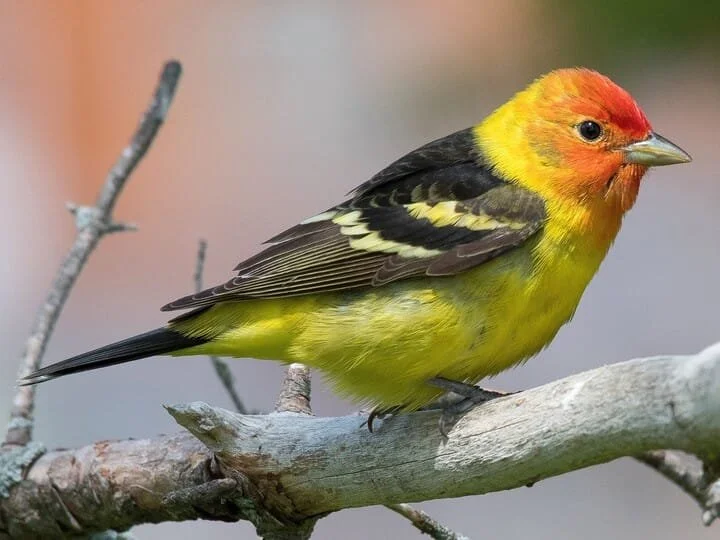
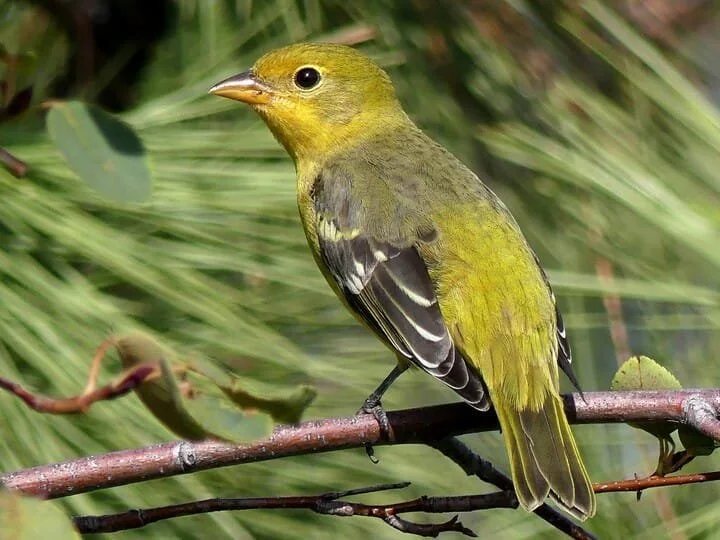
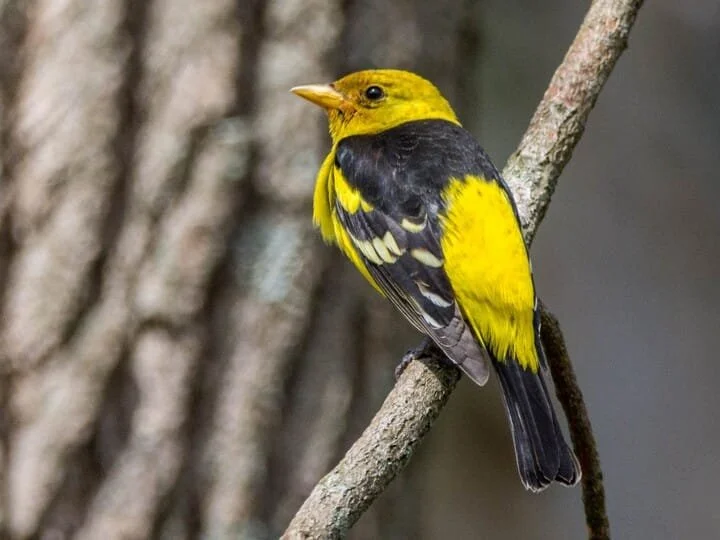
Western Tanager
Bird Code: WETA
Identify this bird by…
Breeding males are bright yellow with a black back and red head.
Females and immature males are duller, sometimes mostly grayish, with just faint yellow on the face and undertail coverts.
Two white wingbars and a pale bill.
Listen for…
Song: Rasping song that lasts about 2.5 seconds and consists of a few short, burry up-and-down phrases. Similar to AMRO’s song but usually shorter and hoarser or raspier in tone.
Call: Short 2-3 note chuckling or rattling call.
Resources:
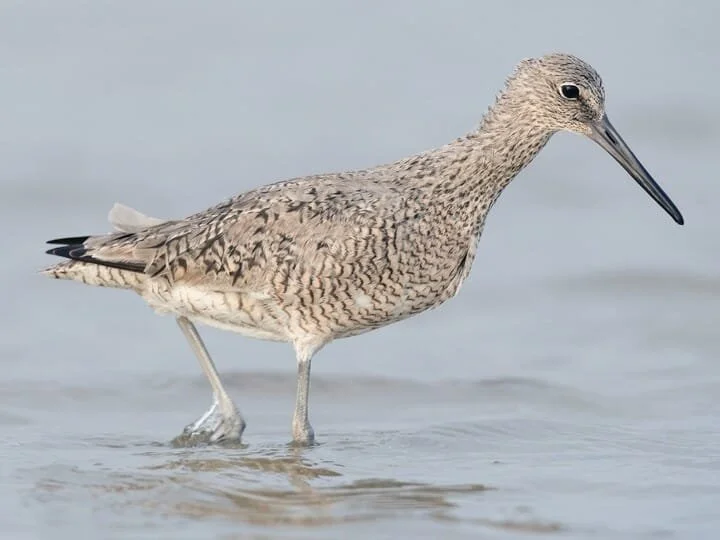
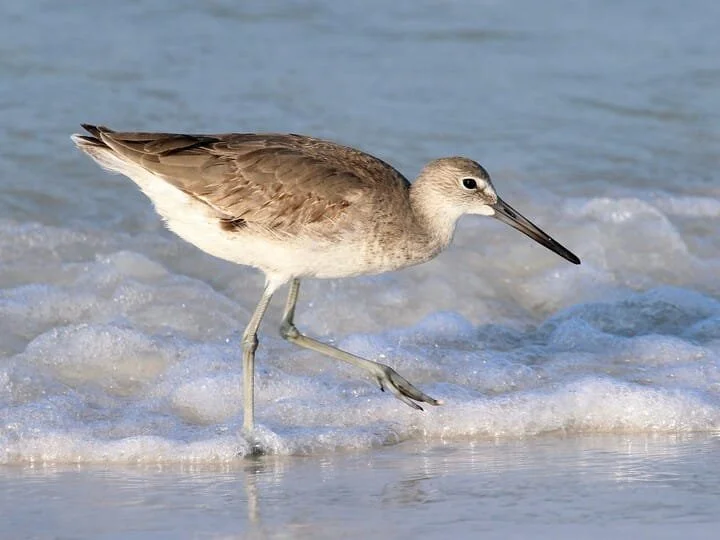
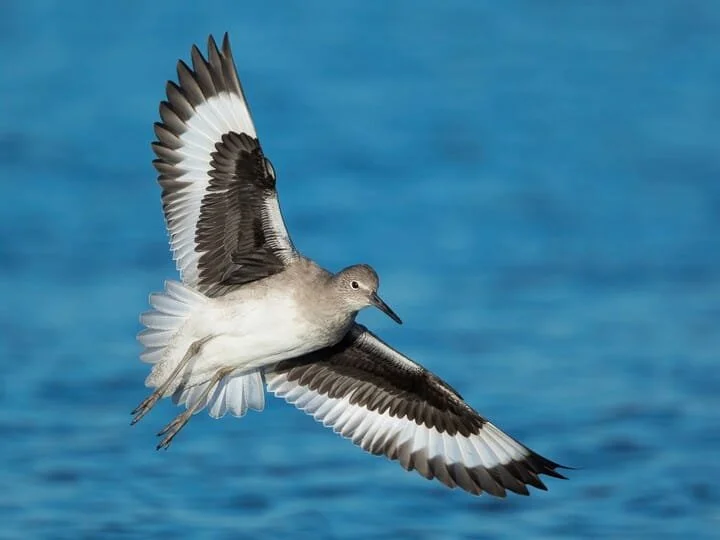
Willet
Bird Code: WILL
Identify this bird by…
Large, stocky shorebird with a distinctive black-and-white wing pattern.
Overall grayish, with messy dark patterning in breeding plumage.
Straight bill that’s rather thick, with a paler base.
Listen for…
Calls: When chicks are present, Willets respond to predators with a single-note staccato kleep, and high-pitched alarm calls, and take up sentry posts atop tall trees to warn of threats. They make a kyah-yah call when crossing another’s territory or as a way to maintain contact during migratory flights and when shuttling between foraging and breeding areas. When approached, Willets may react with high-pitched, agitated kip-kip-kip, wiek, and kreeliii alarm calls.
Songs: Signature pill-will-willet.
Resources:
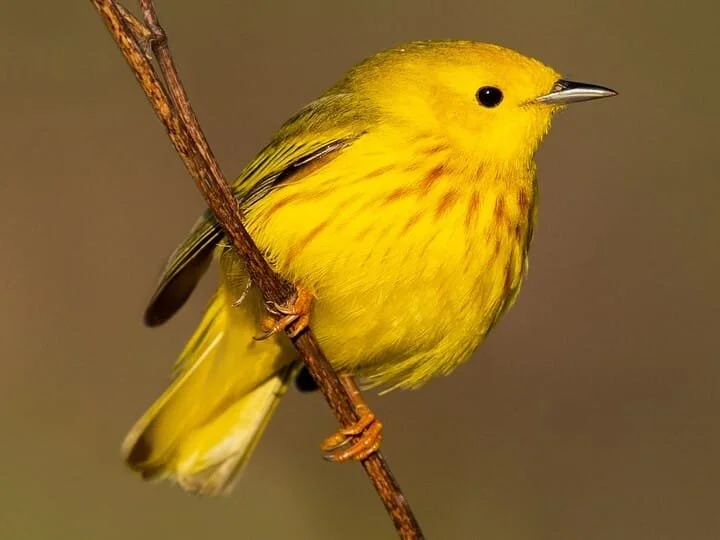
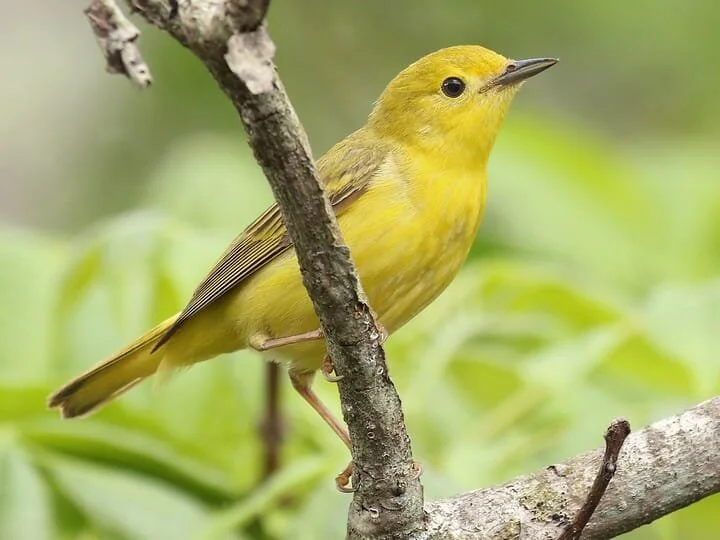
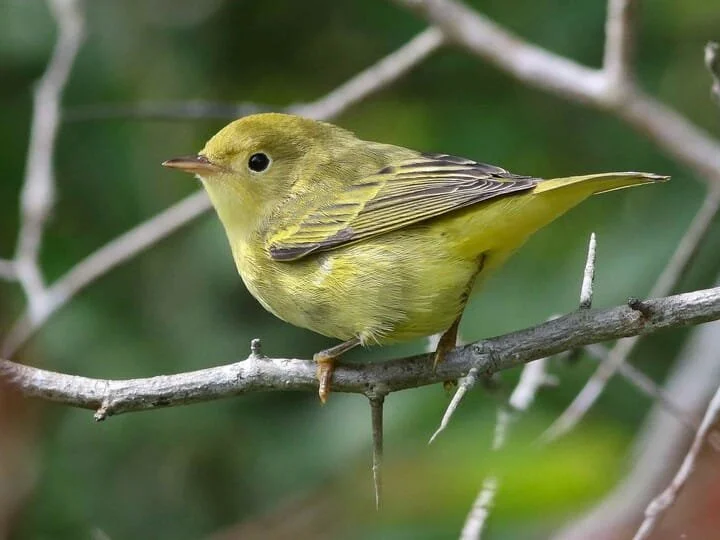
Northern Yellow Warbler
Bird Code: YEWA
Identify this bird by…
Typically yellow overall, but some immature ones can be almost completely gray.
Most males have reddish-brown streaks below; females are generally plainer and have duller, yellowish tones.
Stout bill.
Listen for…
Calls: Variety of short chip notes, some with a metallic sound and some with a lisping or buzzing quality.
Songs: Males sing a series of 6-10 whistled notes that accelerate for roughly a 1-second song and often end on a rising note.
Resources:
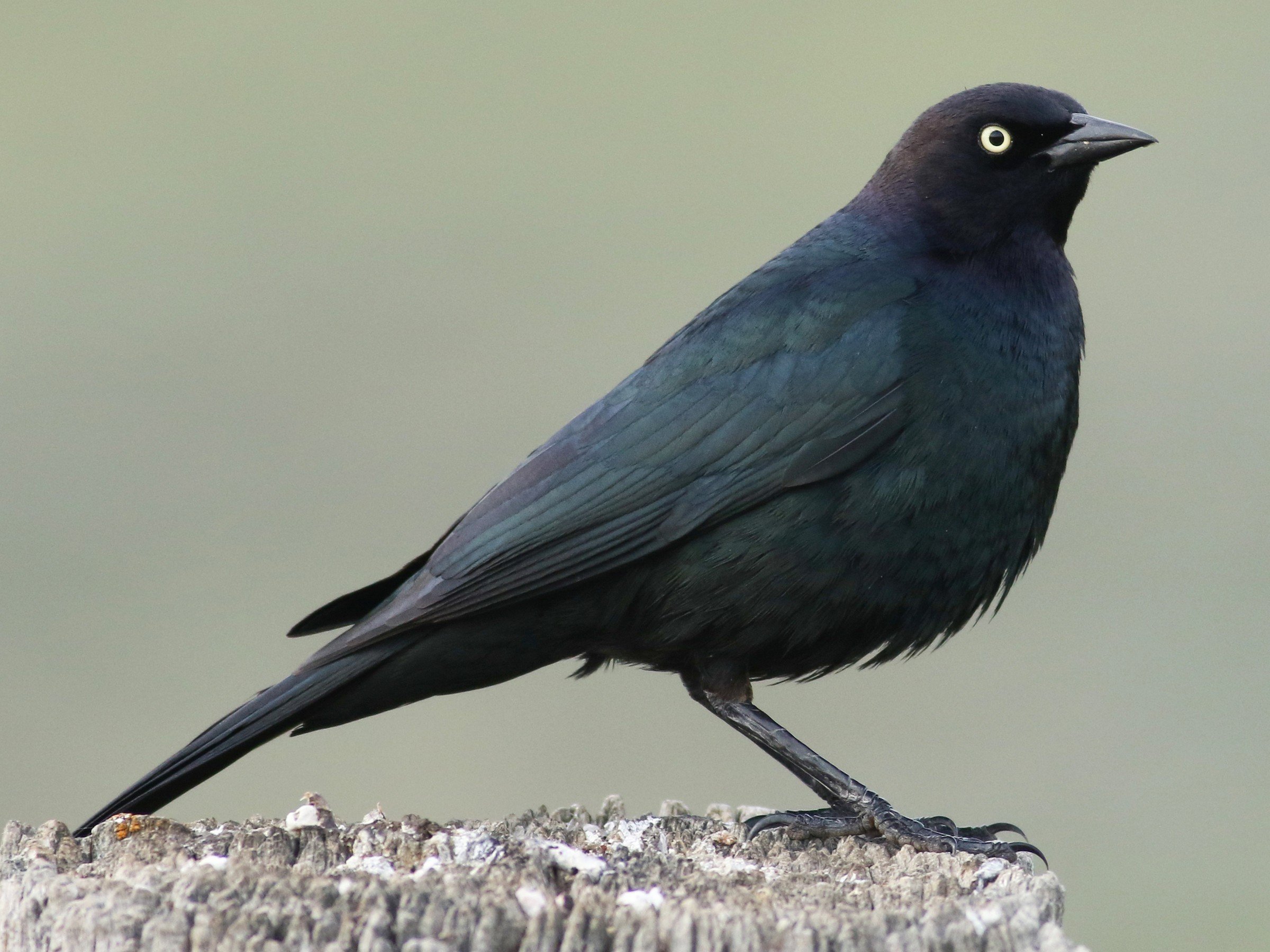
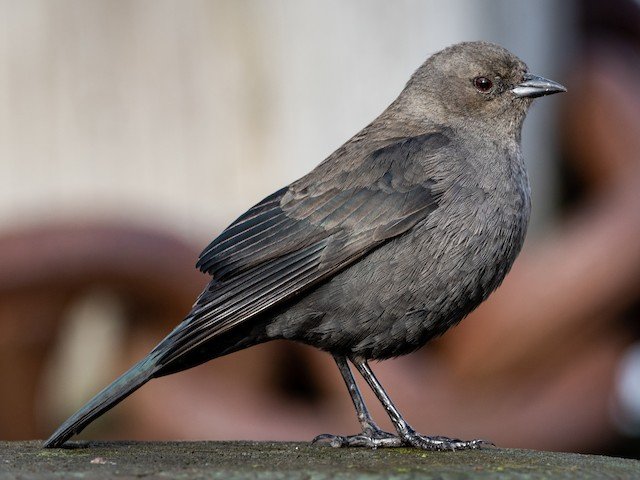
Brewer’s Blackbird
Bird Code: BRBL
Identify this bird by…
Breeding males are glossy black with a purplish head and a greenish sheen on the body.
Non-breeding males and pale eyebrows and staring yellow eyes.
Females are plain dark brown and typically have dark eyes.
Females are similar to Brown-headed Cowbird, but with a longer, thinner bill and longer tail than the cowbird.
Listen for…
Call: A tchup or chuk, similar to the calls of other blackbirds.
Song: Rising squee that lasts about 0.8 seconds with a metallic sound.
Resources:
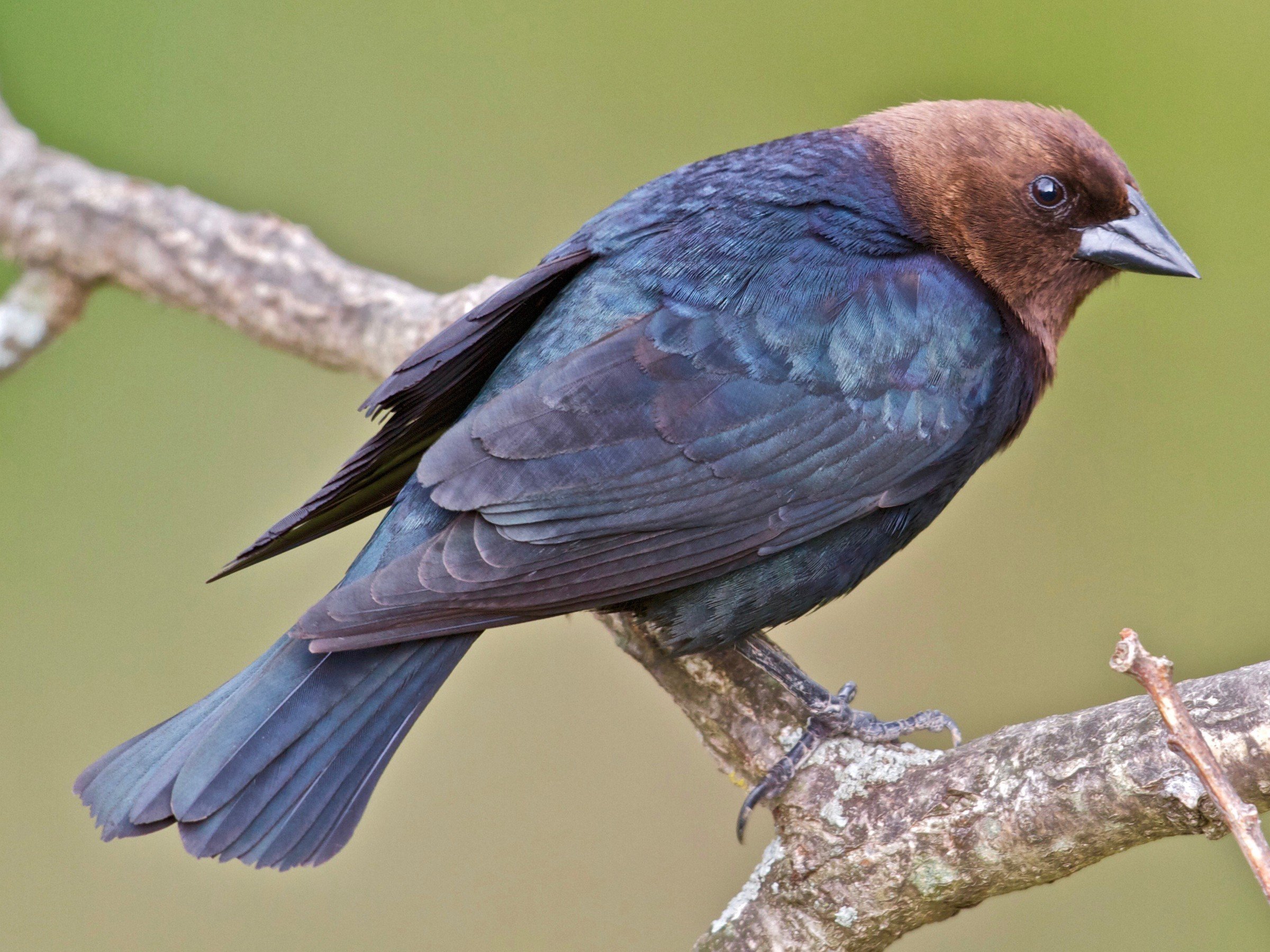
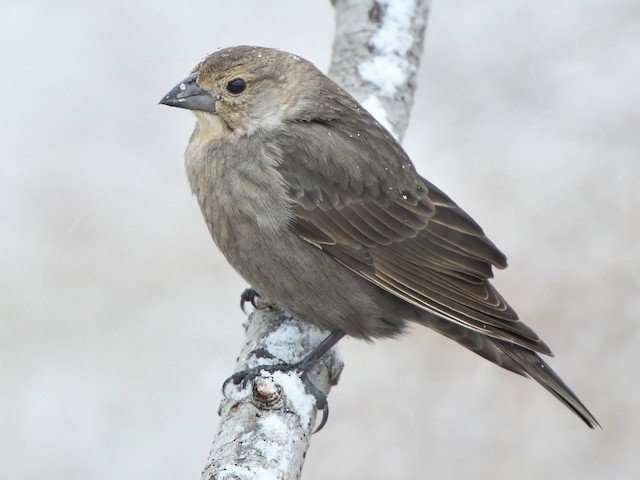
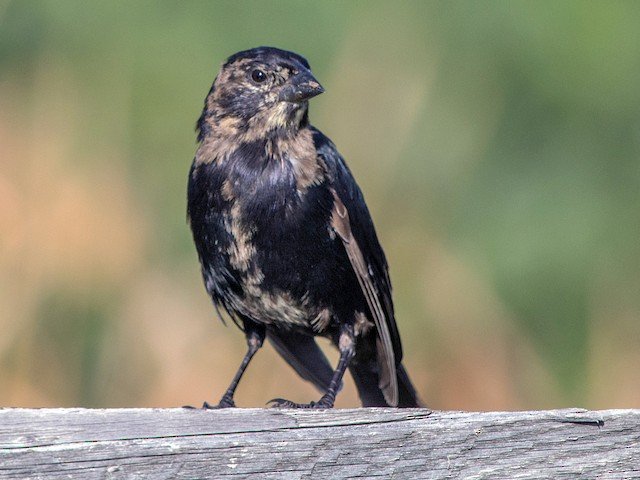

Brown-headed Cowbird
Bird Code: BHCO
Identify this bird by…
Stout bill, short tail, and stocky body.
Males are glossy black with a chocolate brown head.
Females are gray-brown overall, without bold streaks, but slightly paler throat.
Juveniles streaked brown.
Listen for…
Call: Variety of whistles, clicking, and chattering calls.
Song: A liquid-sounding series of low gurgling notes followed by thin sliding whistles, lasting slightly longer than 1 second.
Resources:



black-throated Gray Warbler
Bird Code: BTYW
Identify this bird by…
A warbler in grayscale except for a small yellow spot in front of the eye.
Note black-and-white head with a gray back, white wingbars, and white underparts with dark streaks.
Listen for…
Call: Both males and females give a flat chup.
Song: A series of 5-9 buzzy notes; singing zeedle zeedle zeedle zeet-chee.
Resources:
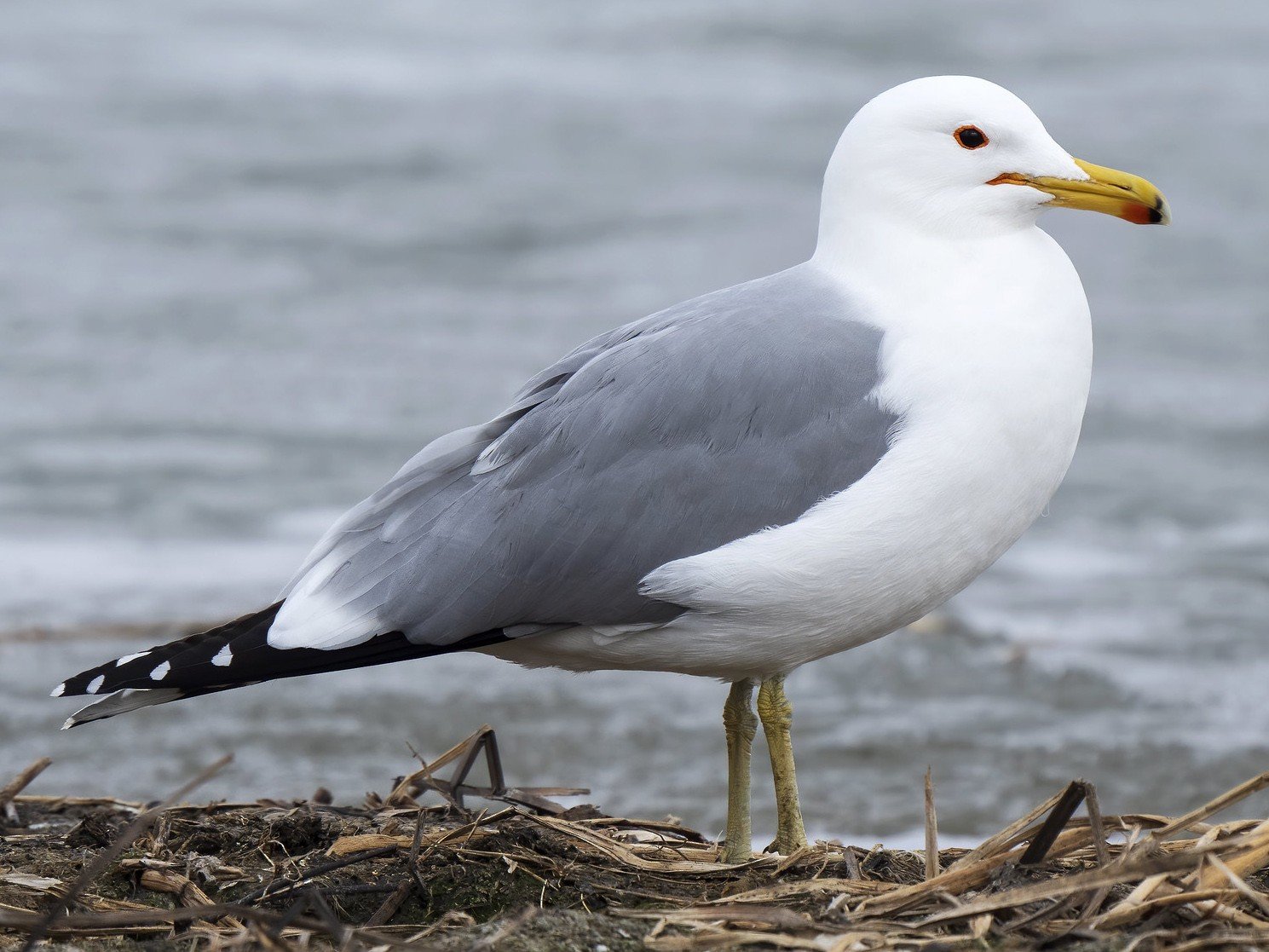
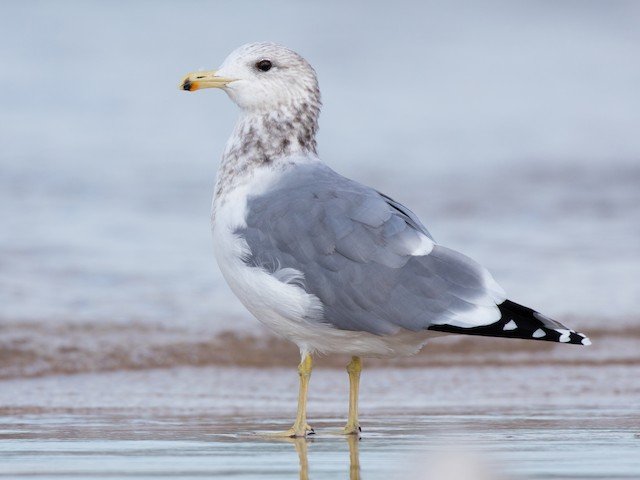
California Gull
Bird Code: CAGU
Identify this bird by…
Medium-sized gull, a bit larger than the Ring-billed Gull.
Adults have a medium gray mantle and red and black markings on the bill.
Listen for…
Call: Their call consists of a scratchy, hoarse series of aow and uh-uh-uh notes.
Resources:
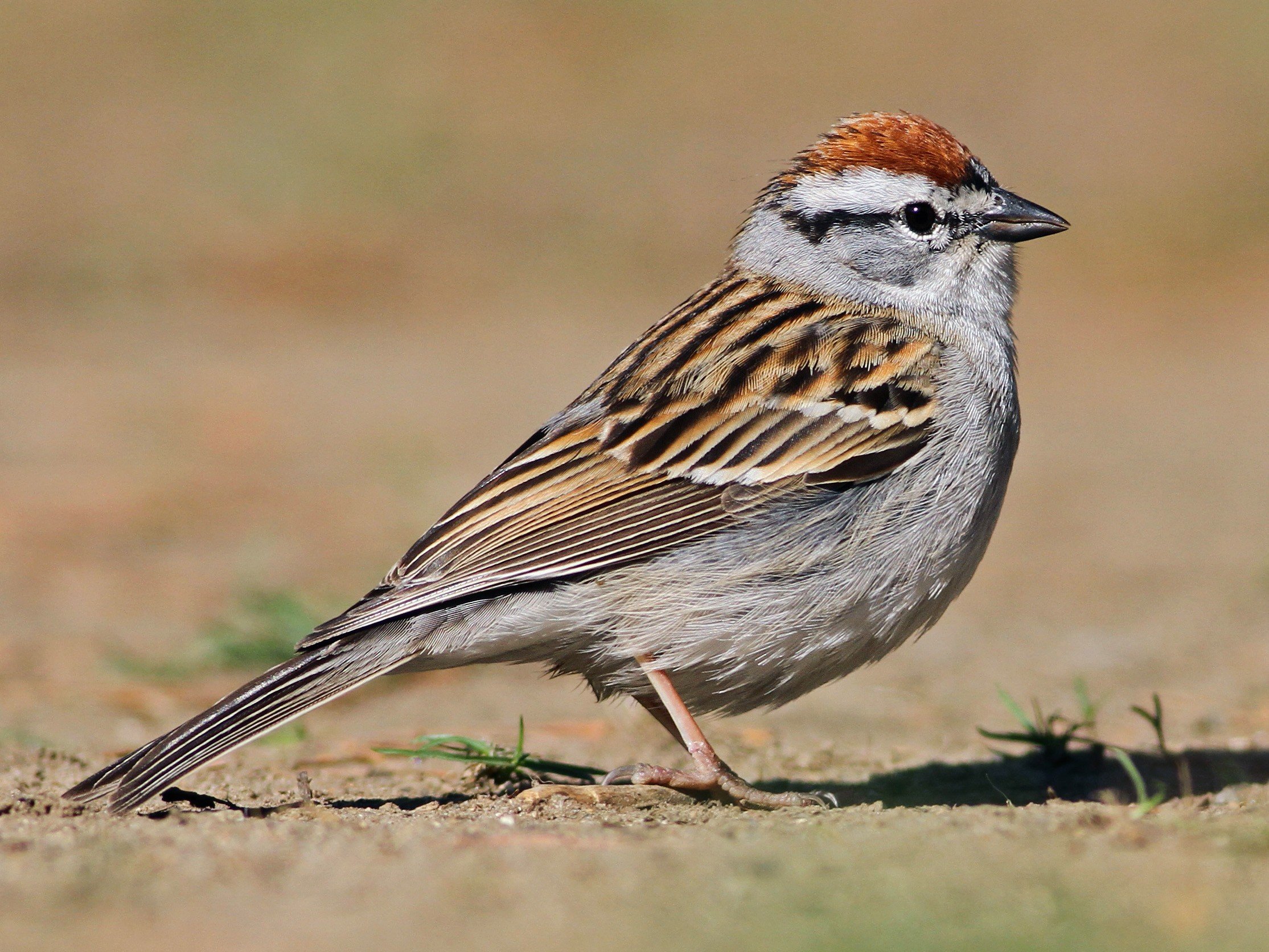


Chipping sparrow
Bird Code: CHSP
Identify this bird by…
Plain grayish breast, rusty cap, and black eyeliner in breeding season.
Juveniles are extensively streaky.
Listen for…
Call: Chipping Sparrows give a long zeeeee call as an alarm. During courtship, females make a soft, rapid see-see-see-see to attract the attention of her mate.
Song: Male Chipping Sparrows sing a long, dry trill of evenly spaced, almost mechanical-sounding chips.
Resources:


American Cliff Swallow
Bird Code: CLSW
Identify this bird by…
Compact swallow with a short, square tail.
In flight, looks slightly less angular than other swallows, more with rounded wings.
Note pale buffy-orange rump, separating Cliff from other swallows.
Look for dark throat and pale forehead.
Listen for…
Call: Most common call is a soft chur. They also give a squeak when foraging and a purr-like alarm when predators approach the colony.
Song: During courting and nesting, Cliff Swallows sign a series of guttural grating sounds and squeaks, usually lasting up to 6 seconds.
Resources:



Common raven
Bird Code: CORA
Identify this bird by…
Large, glossy-black bird with a wedge-shaped tail.
Larger than a crow with a longer, thicker bill.
Distinctive shape in flight, with rather long, swept-back wings and long tail.
Note smoother, steadier wingbeats compared with faster, choppier wingbeats of crows.
Listen for…
Common Ravens make many different kinds of calls varying from a low, gurgling croak to harsh grating sounds and shrill alarm calls. The most commonly heard is the classic gurgling croak, rising in pitch and seeming to come from the back of the throat. Calls: Caw Caw
Resources:
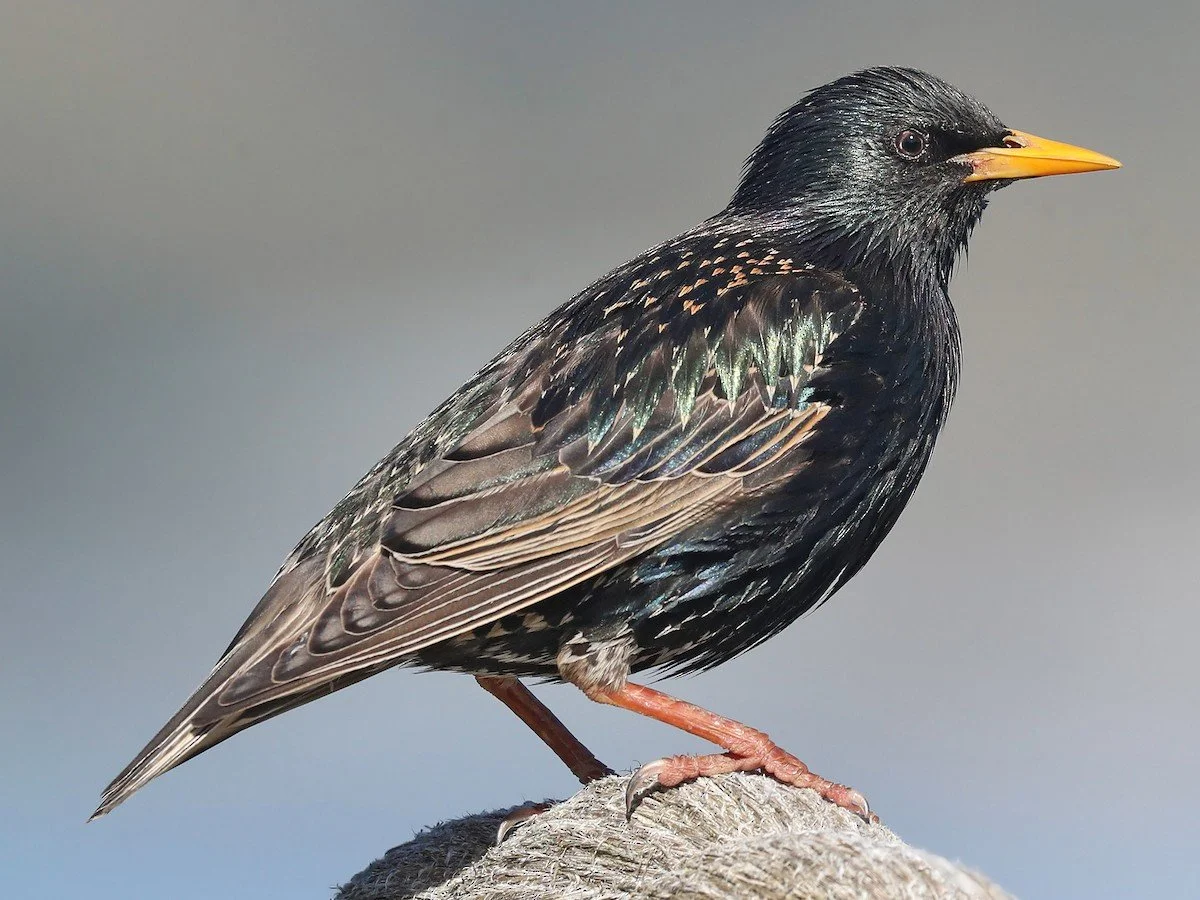

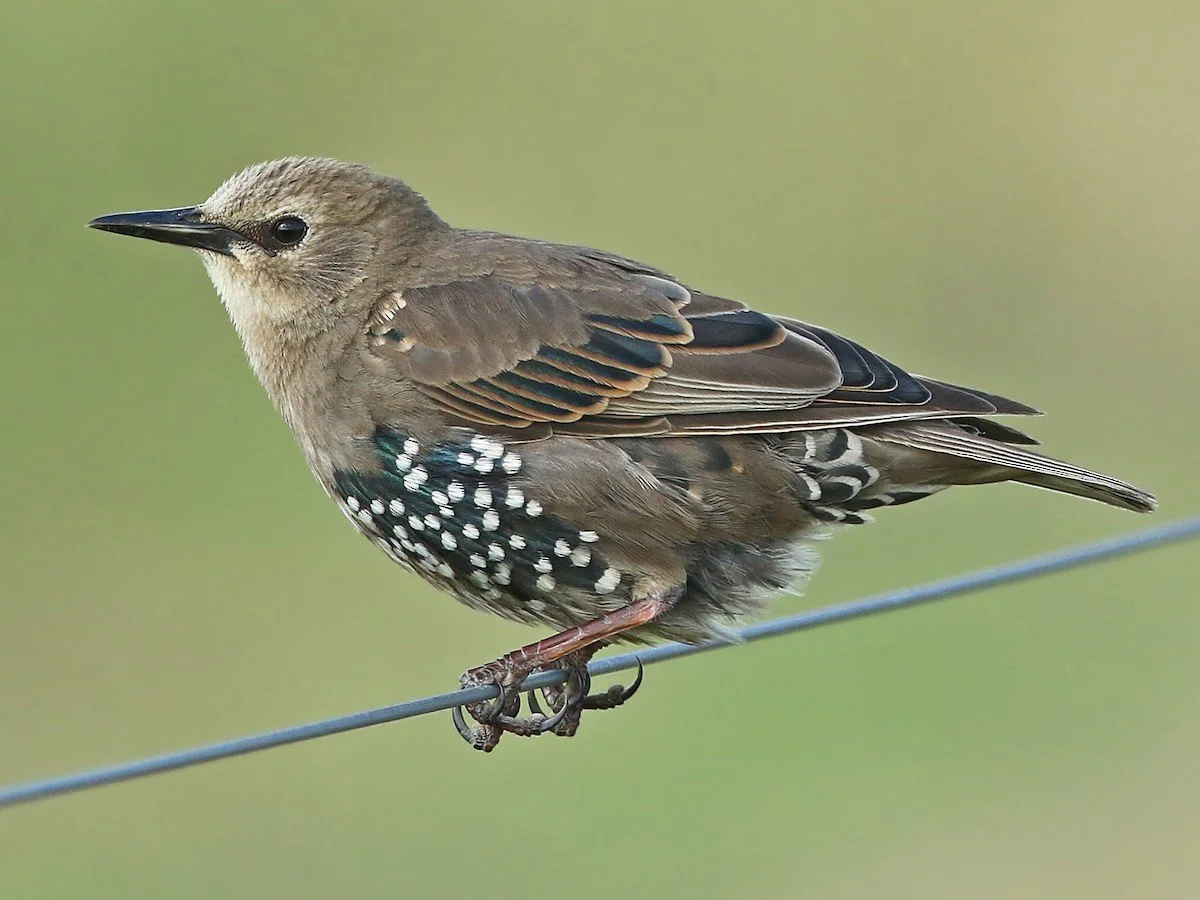
European Starling
Bird Code: EUST
Identify this bird by…
Stocky and dark overall with short tail and triangular wings.
Breeding season plumage features a purple and green iridescence, along with a yellow bill.
Non-breeding season plumage shows extensive white and buffy spots over the entire body.
Juveniles are plain grayish-brown.
Listen for…
Song: A variety of warbling, whistles, chattering, harsh trills and rattles, and imitations of meadowlarks, jays, and hawks.
Resources:



American Gray Flycatcher
Bird Code: GRFL
Identify this bird by…
Drab, pale-gray flycatcher with little contrast; very similar to other flycatchers.
Often identified by a unique habit of wagging the tail downward.
Shorter wingtips, longer bill, and paler plumage.
Listen for…
Calls: Hoarse “chivik” phrase and higher, clearer “pseeoo.”
Song: Similar to Dusky Flycatcher.
Resources:

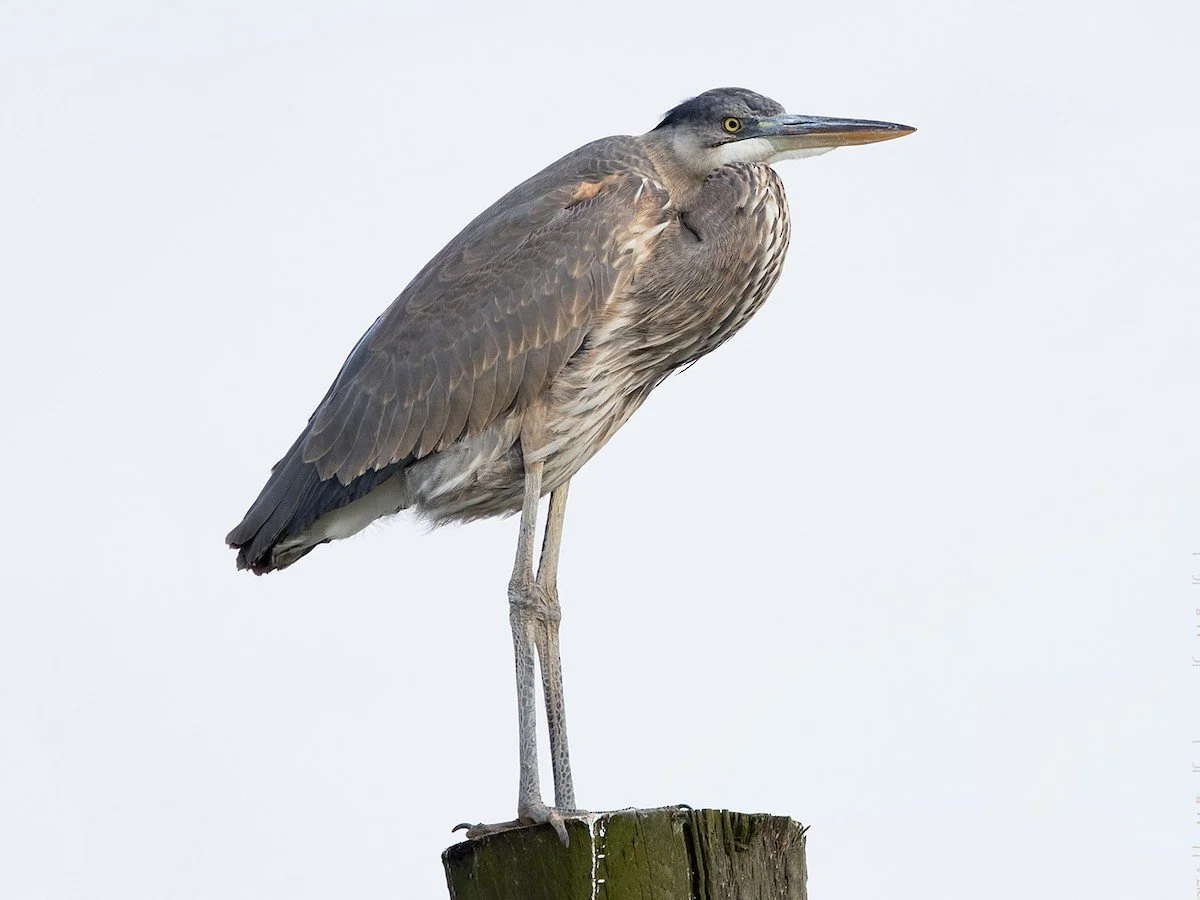
Great Blue Heron
Bird Code: GBHE
Identify this bird by…
Large yellow-orange bill, short black plumes on the head, and black and chestnut pattern on the shoulder.
Immatures are browner than adults and have a dark crown.
Listen for…
Calls: Squawking roh-roh-rohs in a “landing call” when arriving at the nest during breeding season. A disturbance can trigger a series of clucking go-go-gos, building to a rapid frawnk squawk that can last up to 20 seconds. If directly threatened, birds react with a screaming awk lasting just over 2 seconds. Chicks give a tik-tik-tik call within minutes of hatching.
Resources:



Horned Lark
Bird Code: HOLA
Identify this bird by…
Squat-looking bird with short legs and a low-profile body.
Adults are mostly sandy-brown with a white belly, sometimes with blurry streaks on the sides of the breast, a bold head pattern, especially a black mask and chest band. Throat color varies from yellow to white.
Namesake horns on the head are sometimes visible at close range.
Juveniles can be confusing; they are messy-looking, grayish-brown with bold white spots and scallops on the upperparts. Note the bill shape to help separate from sparrows or longspurs.
Listen for…
Song: Jumbled song.
Call: High-pitched calls when flying over.
Resources:



House Sparrow
Bird Code: HOSP
Identify this bird by…
House Sparrows are more chunky and full-breasted than other American sparrows and also have a larger, rounded head, shorter tail, and stouter bill
Tell males and females apart by…
Male - Gray crown, white cheeks, a black bib, and a chestnut neck
Female - Plain, buffy-brown overall with dingy gray-brown underparts. Their backs are noticeably striped with buff, brown, and black
Listen for…
Call: The House Sparrow sings a series of nearly identical chirps. Listen to the toneless quality, and the downward inflection of these chirps. They also rattle and chatter.
Resources:

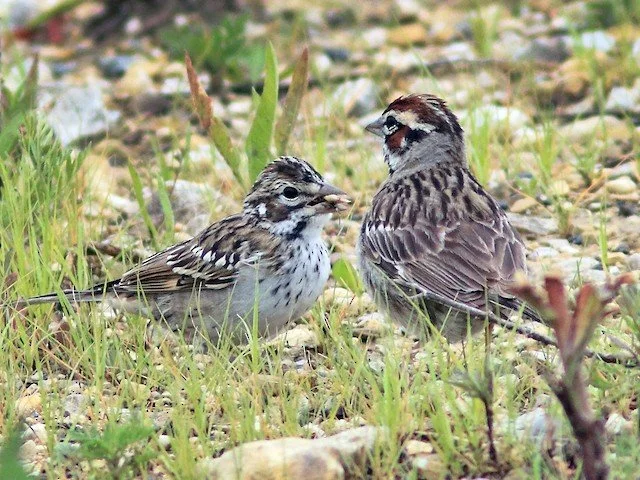
Lark Sparrow
Bird Code: LASP
Identify this bird by…
Unique black, white, and rufous pattern on the face. Brighter on adults and duller on immatures.
Long tail with broad white corners.
Listen for…
Song: Male Lark Sparrows sing a melodious jumble of clear notes and trills interspersed with harsh buzzes and churrs. The song generally starts with a short buzz followed by 1–3 clear notes, then a few notes at a lower pitch, and finally a clear trill; they often switch up the order of the notes.
Calls: Both male and female Lark Sparrows give a sharp metallic tink.
Resources:

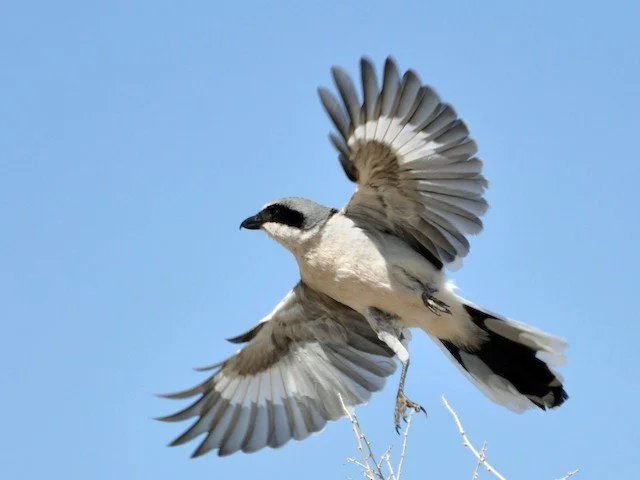
Loggerhead shrike
Bird Code: LOSH
Identify this bird by…
Black mask over the eyes.
Bold black, white, and gray pattern is distinctive, and note stout hooked bill.
White patches on the wings.
Listen for…
Song: Quiet songs composed of a rhythmic series of short trills, rasps, and buzzes mixed with clear, often descending notes.
Calls: Variety of muttered trills, stutters, and scolds.
Resources:
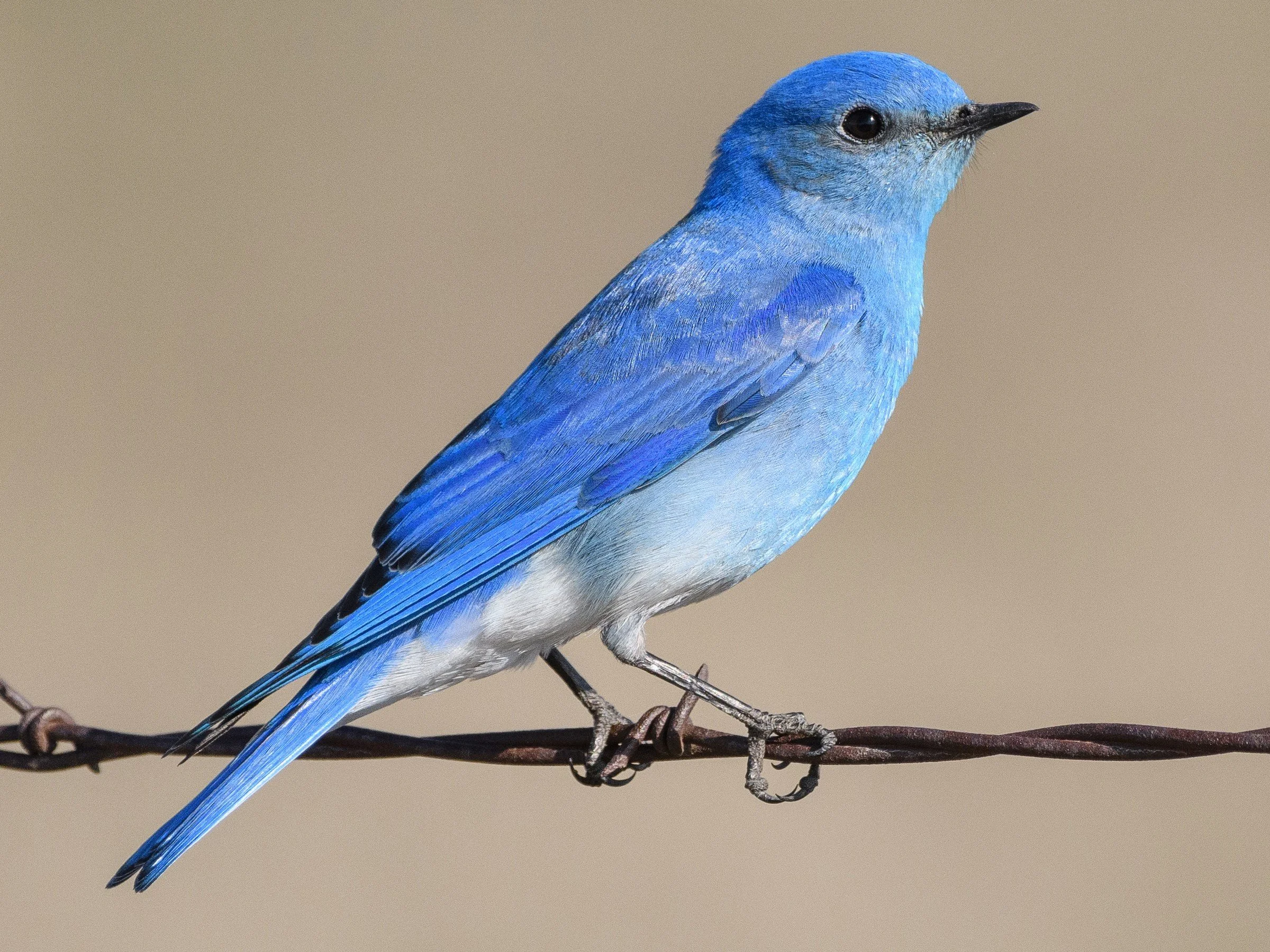
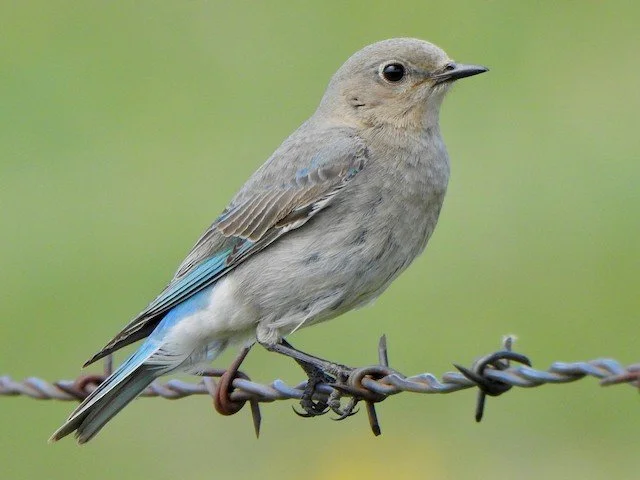

Mountain Bluebird
Bird Code: MOBL
Identify this bird by…
Males are completely electric turquoise blue with a limited white belly.
Females are gray with blue wings and tail; some can show a rufous wash on the breast.
A thin bill and even longer wings compared with other bluebirds.
Listen for…
Song: A loud, emphatic, chirruping song similar to that of the American Robin. Throughout the day, they perform a soft, repetitious warbling that can last many minutes.
Calls: A soft, nasal, non-musical “tew” or “peu” note, and a high-pitched “tink” to communicate alarm.
Resources:
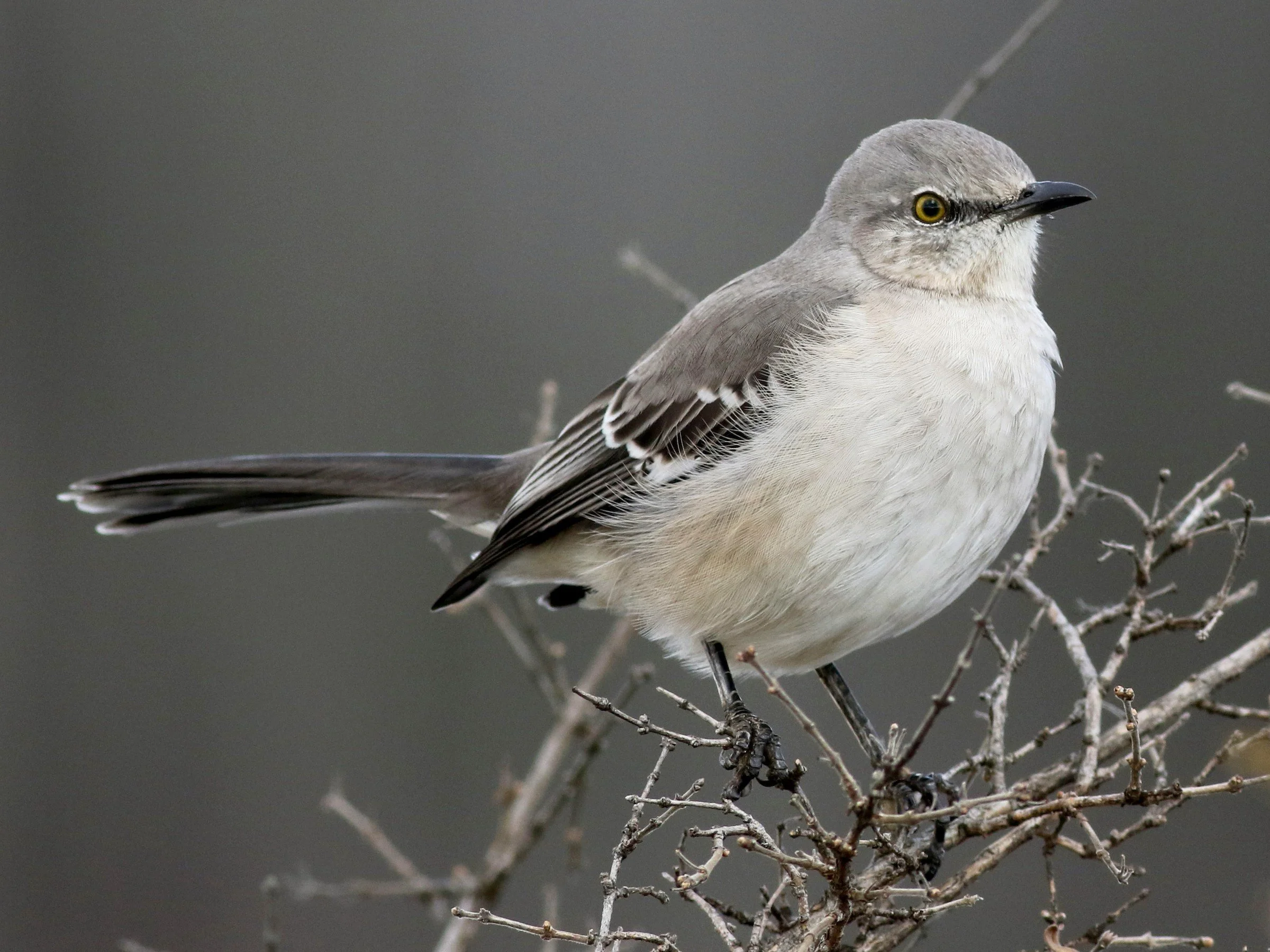
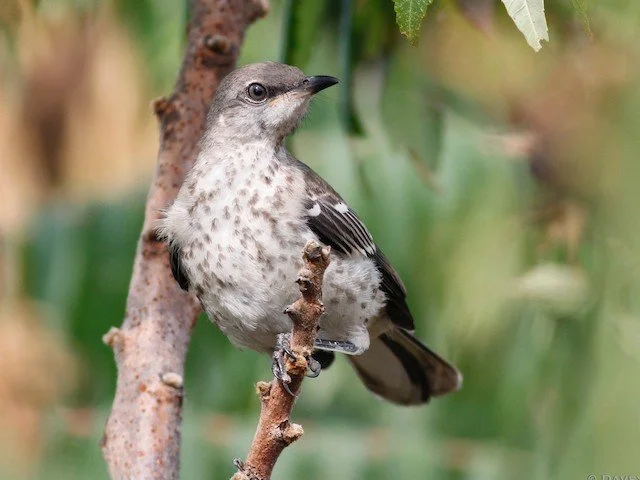

Northern Mockingbird
Bird Code: NOMO
Identify this bird by…
Medium-sized songbird with a relatively long tail, small head, and short bill.
Gray above and paler whitish below.
White wingbar and large white patch at the base of the primaries.
Listen for…
Northern Mockingbirds make a harsh, dry chew or hew when mobbing nest predators or chasing other mockingbirds. Mates exchange a softer version of this call during incubation and nestling periods, or when the female leaves the nest while incubating. Mockingbirds also make a series of 2-8 short, scratchy chat calls to warn off intruders. Females make a single chat when disturbed.
Resources:
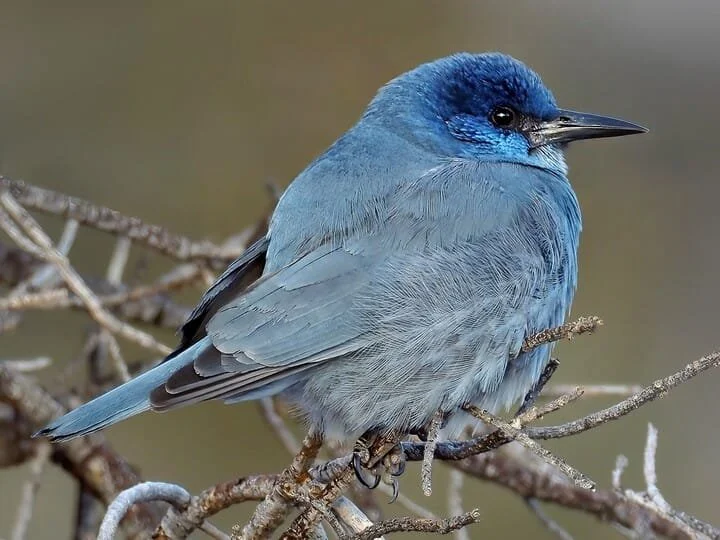
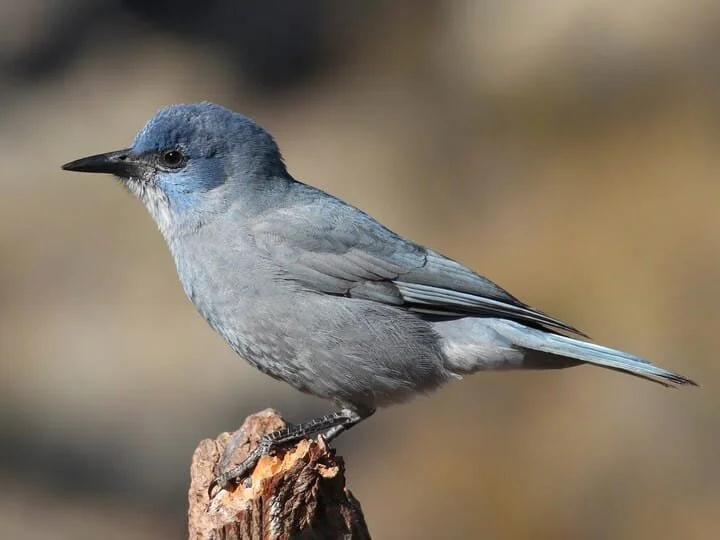
Pinyon Jay
Bird Code: PIJA
Identify this bird by…
Dusty-looking blue body and a brighter cerulean face.
Shorter tail and longer, more sharply pointed bill than other jays.
Listen for…
Calls: Nasal and crow-like kaws that sometimes have a quavering quality to them. They also give a louder staccato call when they sense danger.
Resources:
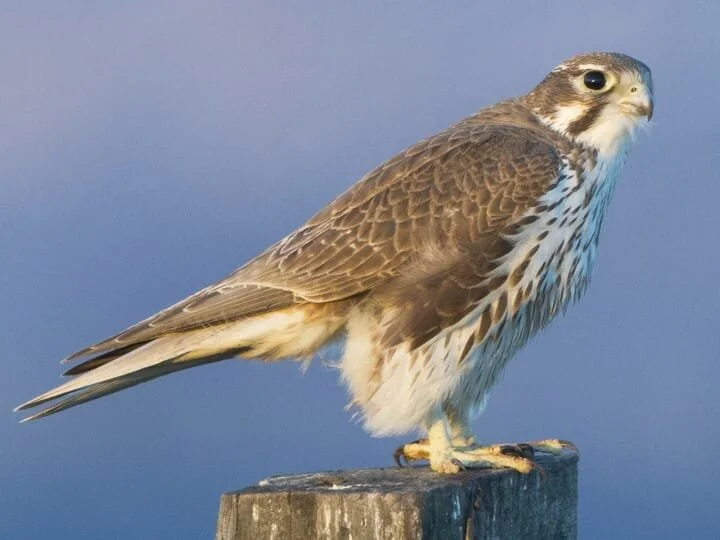
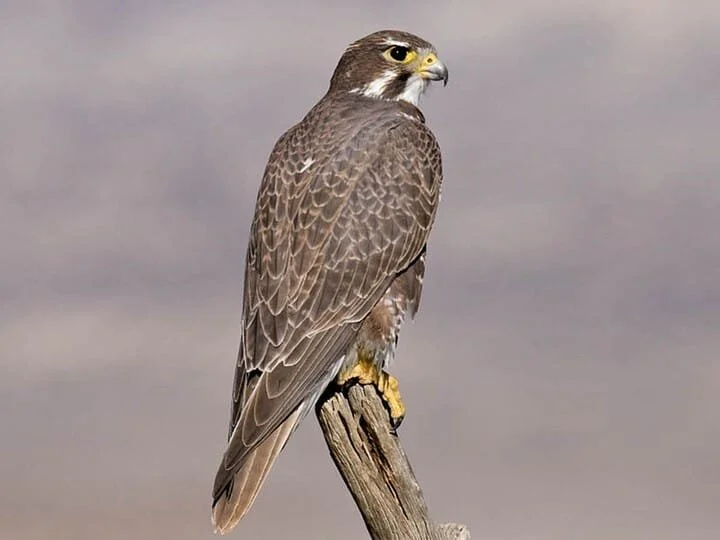
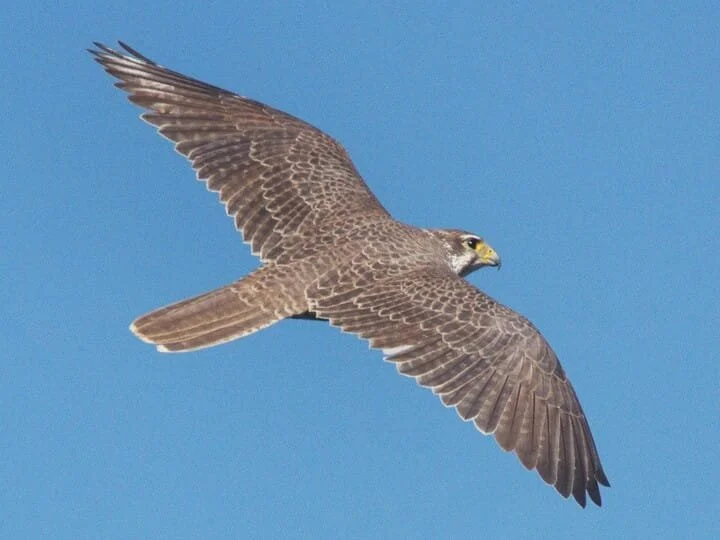
Prairie Falcon
Bird Code: PRFA
Identify this bird by…
Large, brown, and white falcon.
Plae brown above and white below, with dark streaks and a prominent mustache.
Dark armpits separate it from the Peregrine Falcon.
Listen for…
Calls: Prairie Falcons respond to a breeding territory intruder with a shrill, yelping, kik-kik-kik alarm call; the tone, frequency and duration of the call vary amongst individuals. When investigating nest sites together, both members of a pair give a characteristic eechup call.
Resources:
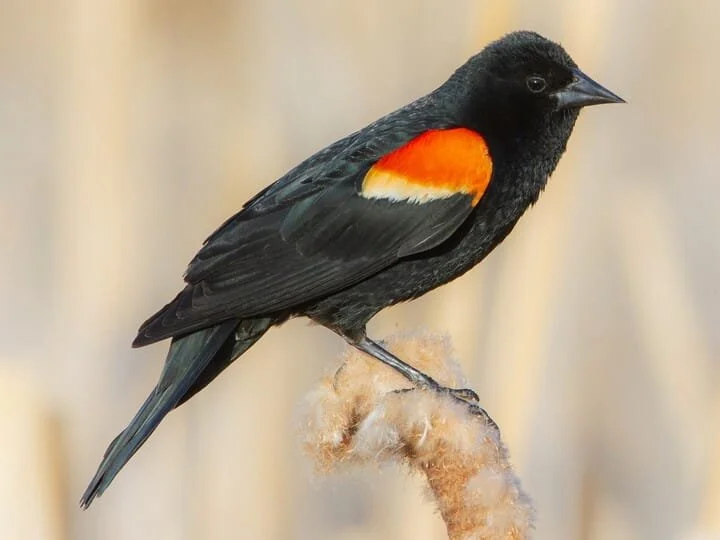
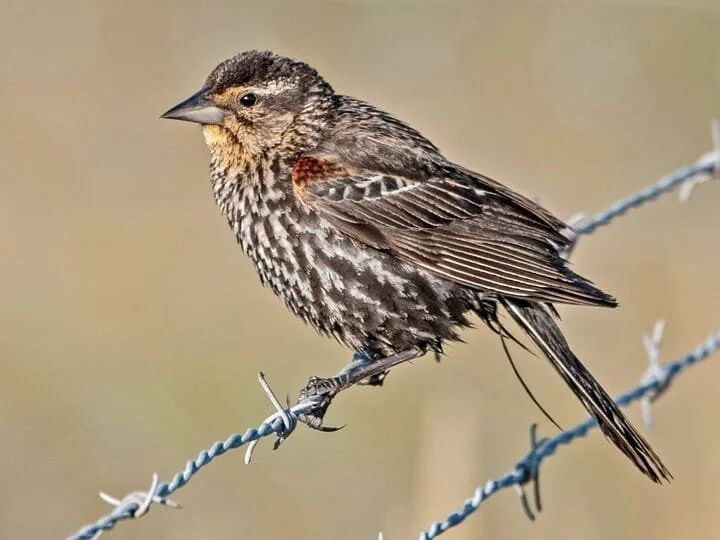
Red-Winged Blackbird
Bird Code: RWBL
Identify this bird by…
Males are black with red shoulder patches that are sometimes concealed. Males have rusty feather edges in the winter.
Females are streaked brown and often confused with sparrows.
Long, sharply pointed bill.
Listen for…
Songs: A conk-la-ree! sound starting with an abrupt note that turns into a musical trill.
Calls: Check call or holding chak chak chak as an alarm call.
Resources:
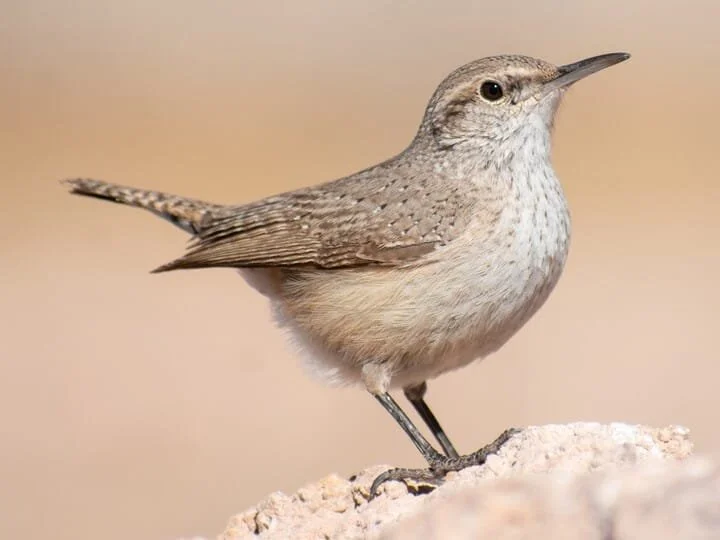
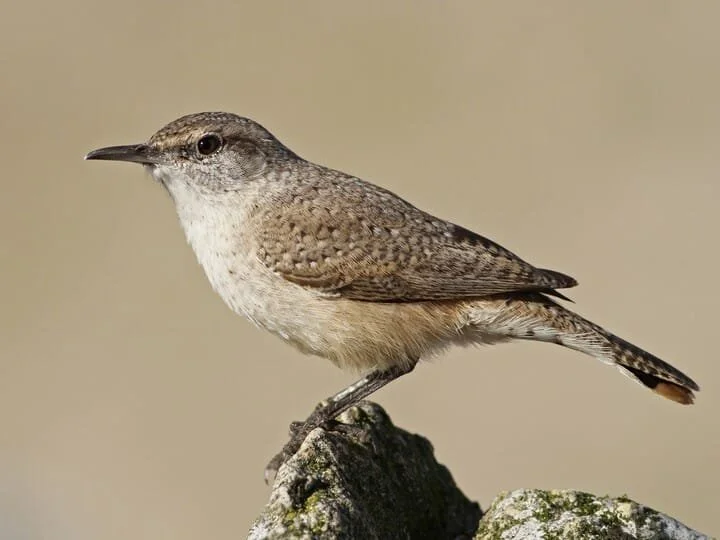
Rock Wren
Bird Code: ROWR
Identify this bird by…
Pale grayish wren with a long, slightly decurved bill.
Look for the salt-and-pepper speckling on upperparts, light buffy wash on sides, and black-and-white bars on undertail coverts.
Listen for…
Songs: Males sing a series of dry, burry, cheerful-sounding phrases, with each phrase on a different pitch, sounding like keree keree keree, chair chair chair chair, deedle deedle deedle deedle, tur tur tur tur, keree keree keree trrrrrrr. Variations on the song seem to be almost infinite in this species, but the pattern and tone are distinctive.
Calls: The most commonly heard call is a burry tick-ear, given by both sexes.
Resources:
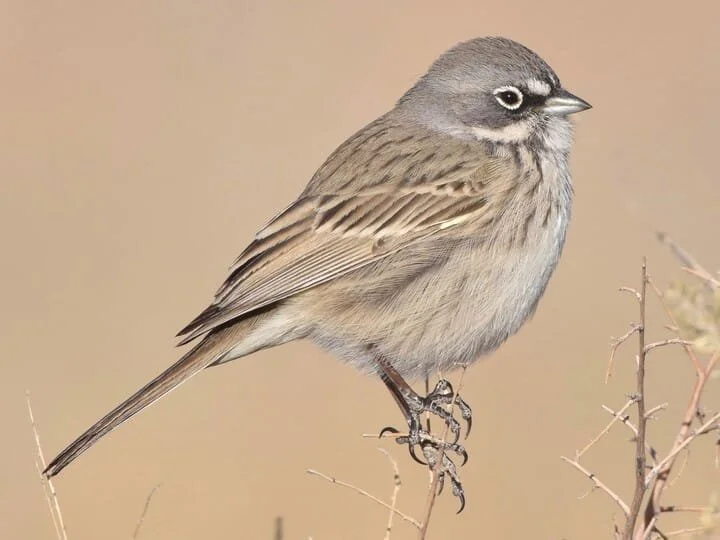
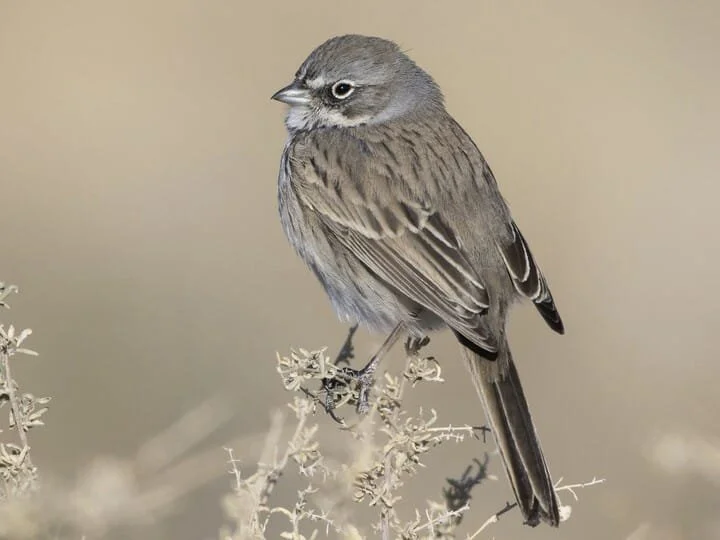
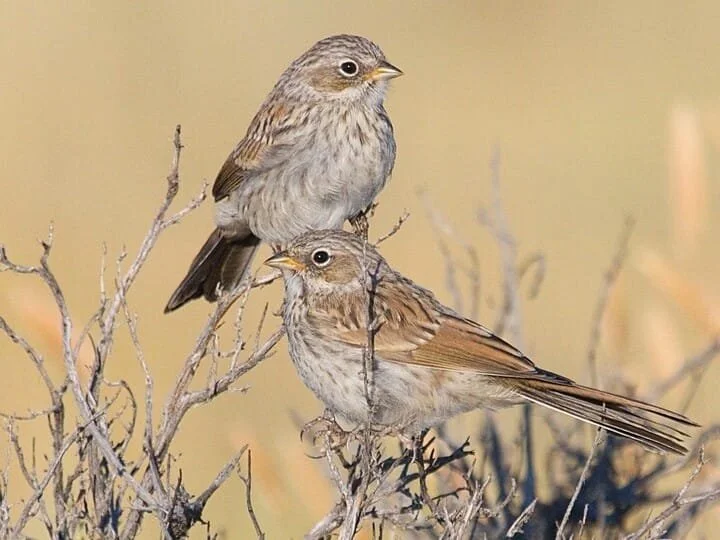
Sagebrush Sparrow
Bird Code: SAGS
Identify this bird by…
Pale, subtly-patterned sparrow.
Sandy brown overall with a gray head and a whitish breast with dark central spotting.
Dark mustache stripe and distinct dark streaks on pale brown back.
Listen for…
Call: Both sexes give a distinctive, bell-like tink contact call, and use a similar, but more forceful note as an alarm call.
Songs: The song is an abrupt series of several trills broken up by short chips, lasting about 2 seconds or less. Only males sing, and each male gives one song type, which can vary by truncating the last syllables.
Resources:
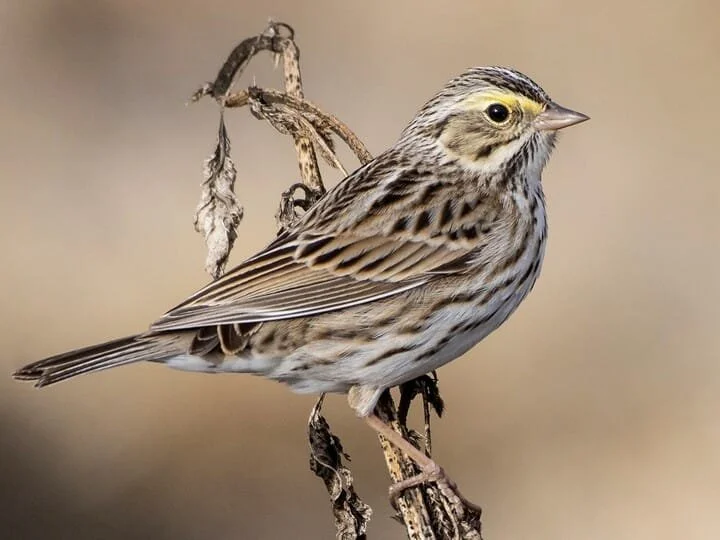
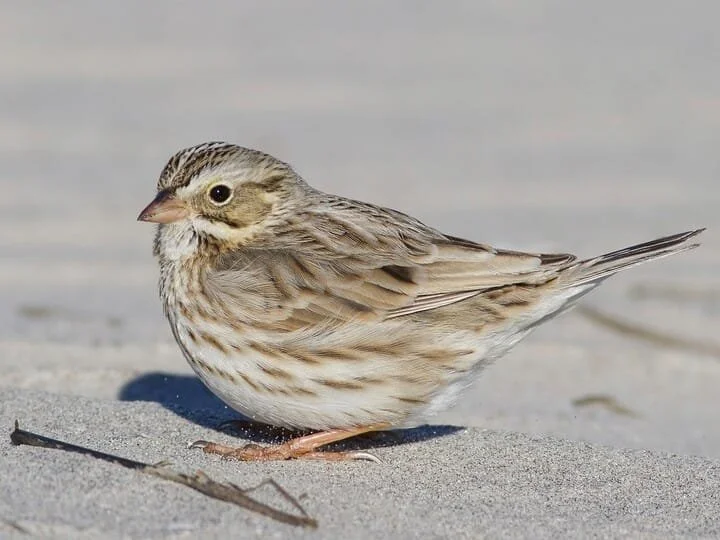
Savannah Sparrow
Bird Code: SAVS
Identify this bird by…
Medium-sized, short-tailed sparrow.
Extensive plumage variation across range, but always streaky
Usually shows a distinctive yellow patch in front of the eye, but it can sometimes be absent.
Listen for…
Call: Short chip notes when alarmed, warding off intruders. A typical chip note is a soft, hissing tss.
Songs: During breeding season, the male sings a three-part song that lasts 2 to 3 seconds: opening with a few quick notes; then a high, thin, insect-like buzzy middle; and ending with a quick lower trill.
Resources:
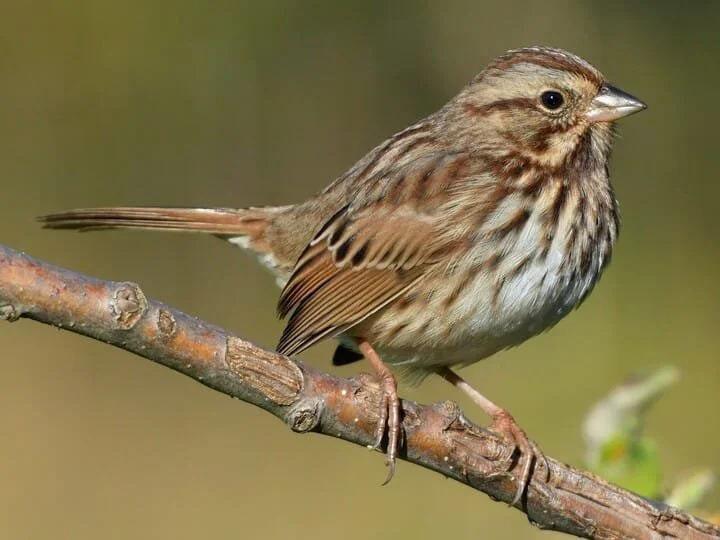
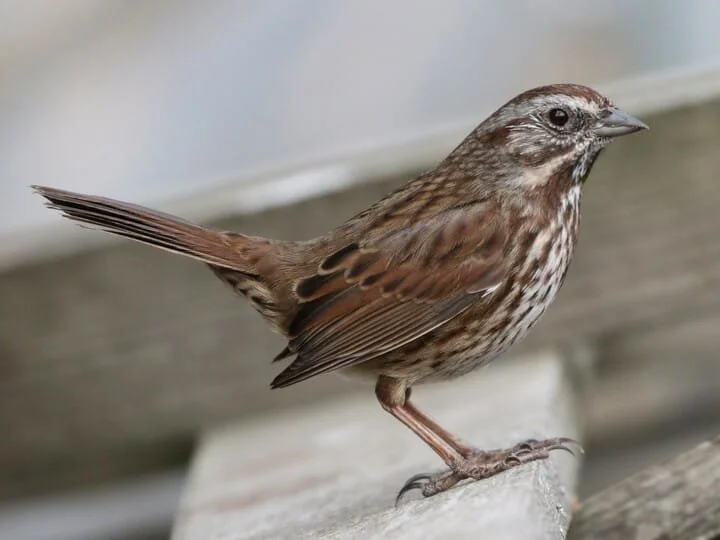
Song Sparrow
Bird Code: SOSP
Identify this bird by…
Fairly large with a long, rounded tail.
Coarsely patterned with gray and brown, usually with more reddish-brown wings and tail.
Thick brown streaks on the underparts and a broad dark mustache stripe.
Larger, longer-tailed, and more rusty than the Savannah Sparrow.
Listen for…
Call: Husky “chimp” calls.
Song: Melodic with chips and trills.
Resources:

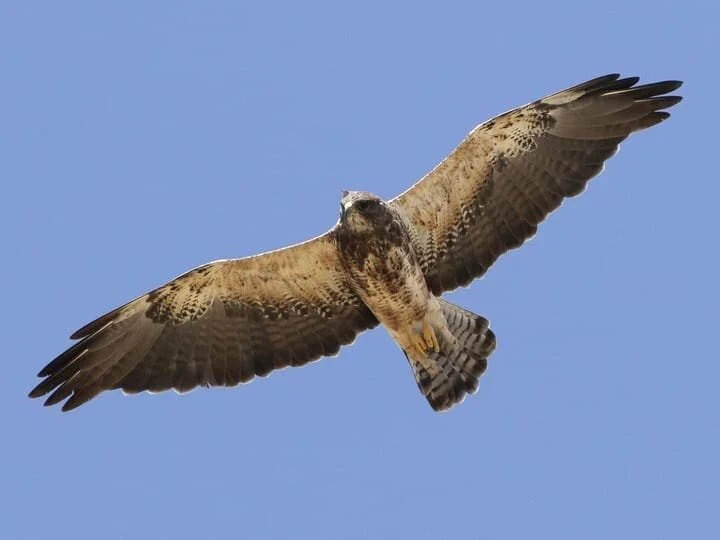
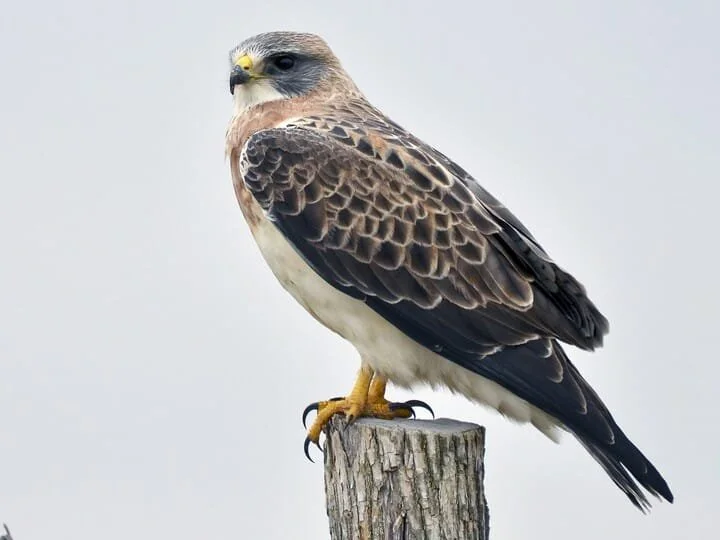
Swainson’s Hawk
Bird Code: SWHA
Identify this bird by…
Longer-winged than the Ret-tailed Hawk, but otherwise the same size.
The light morph is more common with a white throat and belly.
Listen for…
Call: Adults make a shrill kreeeeee alarm call when perched or in flight, often in response to intruders at the nest. The piercing call lasts 2–3 seconds, fading at the end. The female Swainson’s Hawk also gives a shorter, lower-pitched version of the call when the male brings food to the nest. Females give a soft weeee call during copulation, and both male and female make a pi-tick, pi-tick pursuit call when defending territorial boundaries.
Resources:
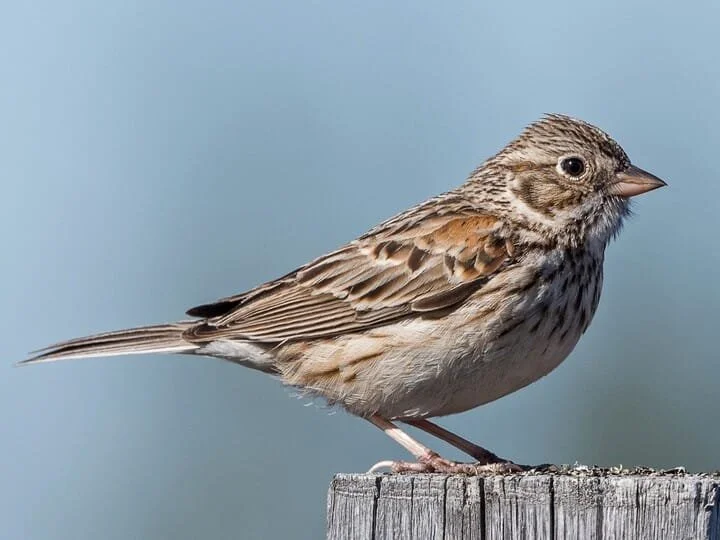
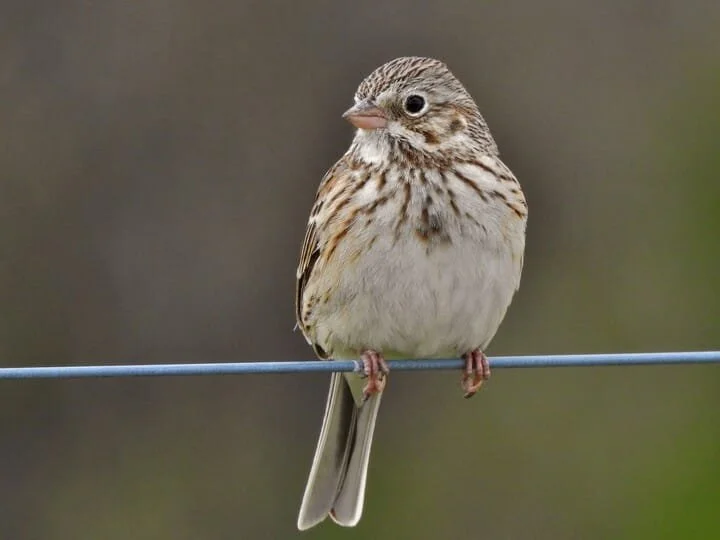
Vesper Sparrow
Bird Code: VESP
Identify this bird by…
Large, drab, streaky sparrow.
Has white outer tail feathers, visible during flight.
Thin white eyering and rufous shoulder (often hidden).
Listen for…
Song: Starts with 1-4 downslurred whistles followed by a rising and falling trill that ends with a buzzy jumble.
Call: Call notes include a sharp chirp.
Resources:

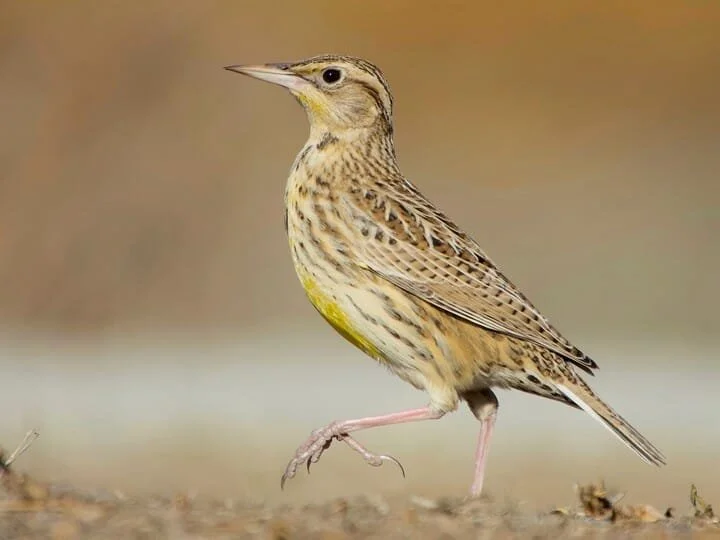

Western meadowlark
Bird Code: WEME
Identify this bird by…
Streaked brown above and yellow below with a distinctive black “V” on the breast.
In flight, short wings and a spiky tail with white outer feathers are obvious.
Listen for…
Song: Begins with 1-6 pure whistles and descends to a series of 1-5 gurgling warbles.
Call: Low, bell-like pluk or chupp, which they use when disturbed, during courtship, and territorial displays.
Resources:



White Faced Ibis
Bird Code: WFIB
Identify this bird by…
Long decurved bill.
Dark overall with iridescent green and reddish tones on adults.
Broad white border to reddish face and red eyes.
Listen for…
Calls: White-faced Ibises sometimes utter a soft oink call when feeding, flying, or interacting at the nest. Alarmed birds or those in conflict make a drawn-out gheeeeee that is similar to the repeated geeeeeek of a male returning to the nest.
Resources:



Wilson’s Snipe
Bird Code: WISN
Identify this bird by…
Dark and heavily marked, with pale buffy stripes on the back and face.
An extremely long bill used to probe into mud for invertebrates.
Listen for…
Calls: When flushed, listen for rough call note. On breeding grounds, watch and listen for aerial flight display, given day and night: a rapid series of hoot-like noises produced by the outer tail feathers in flight.
Resources:
